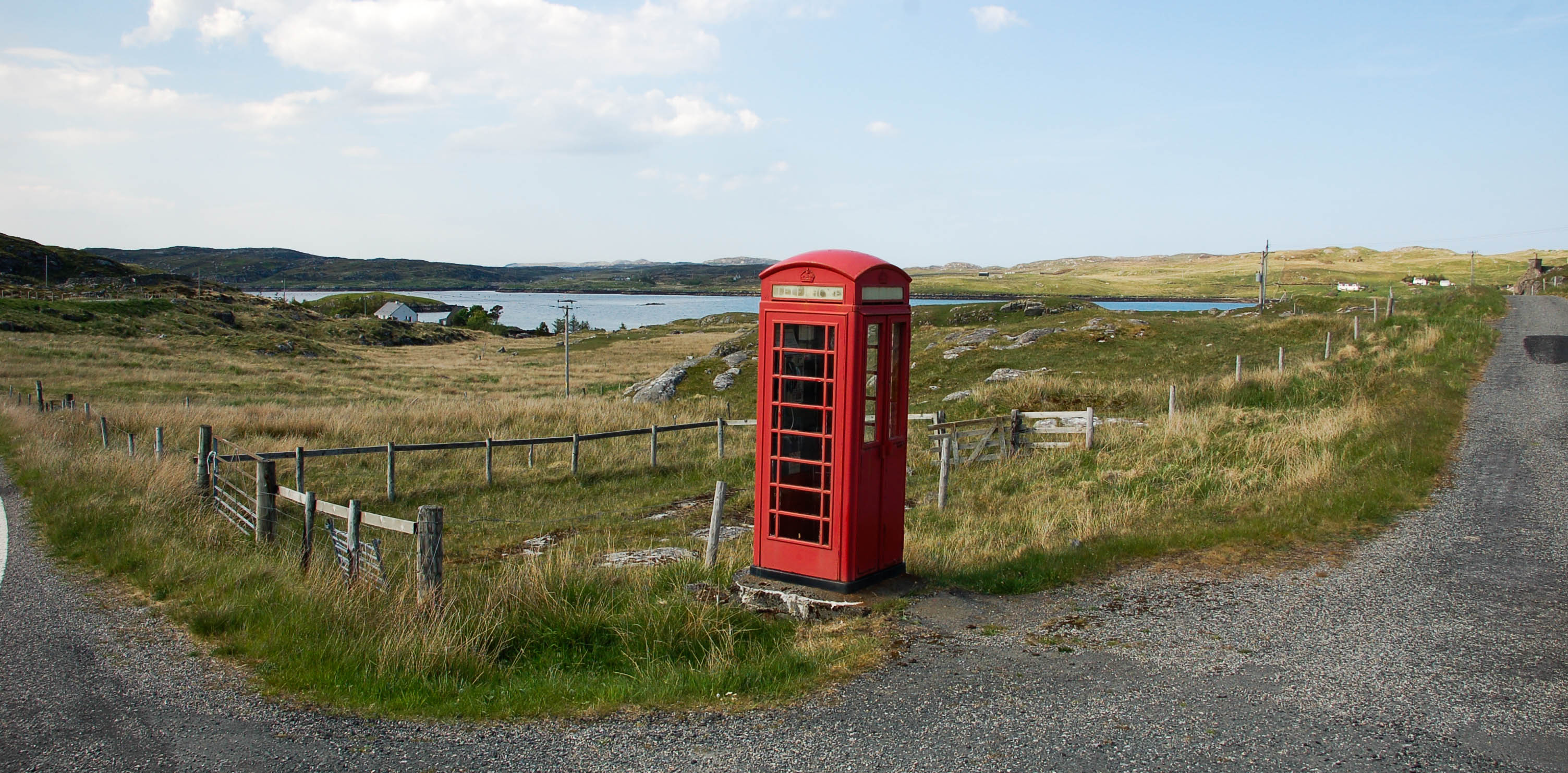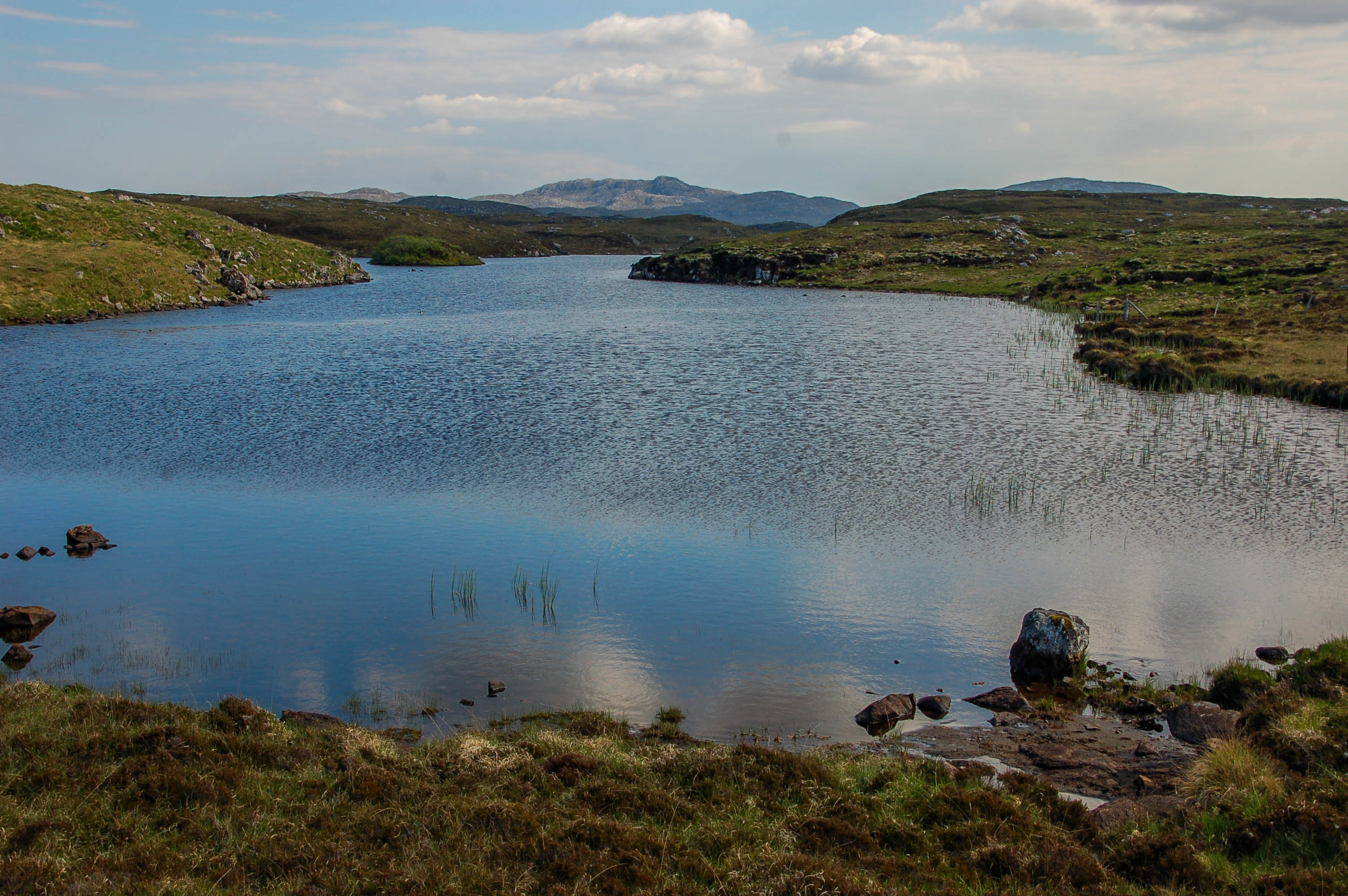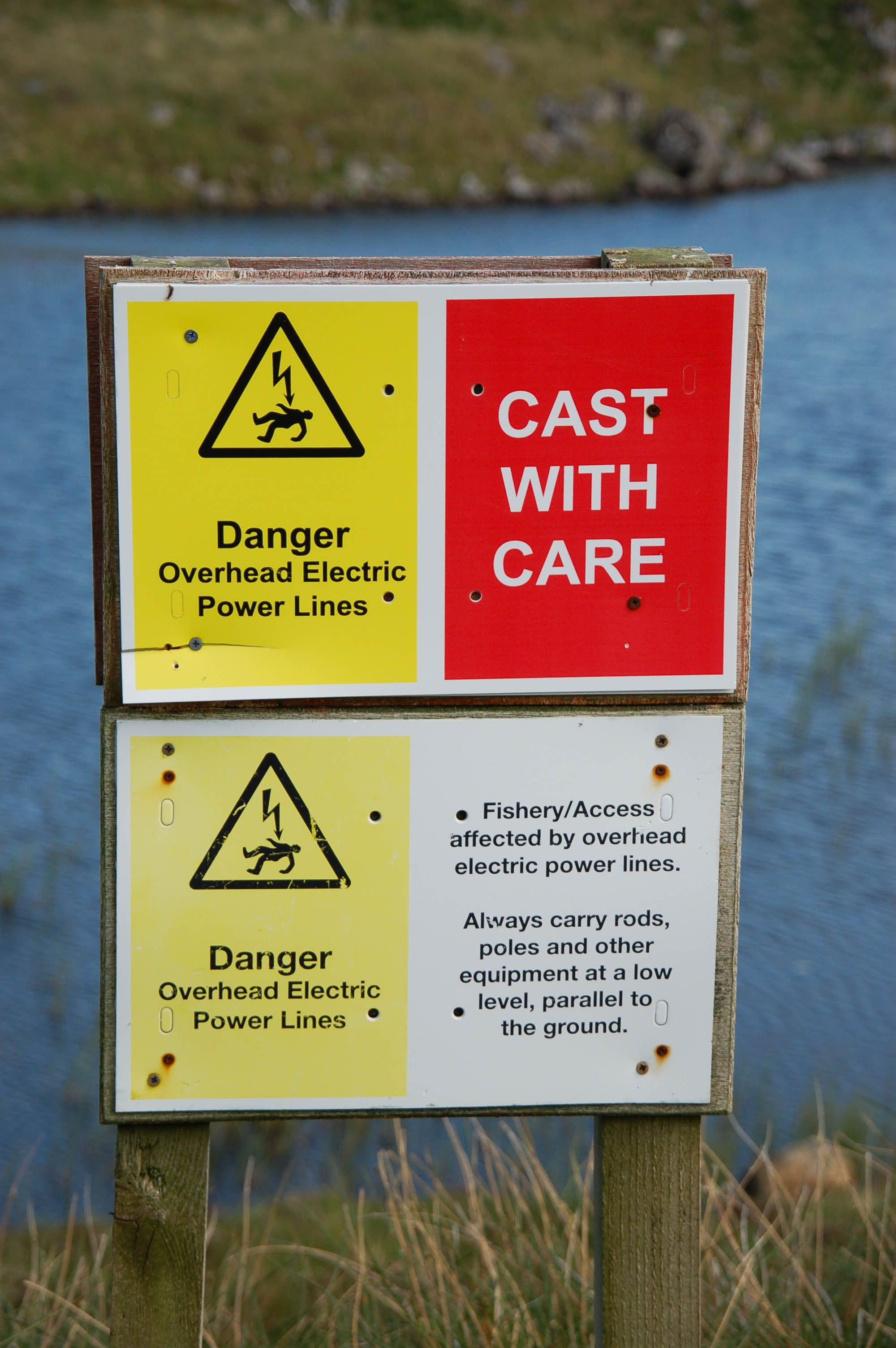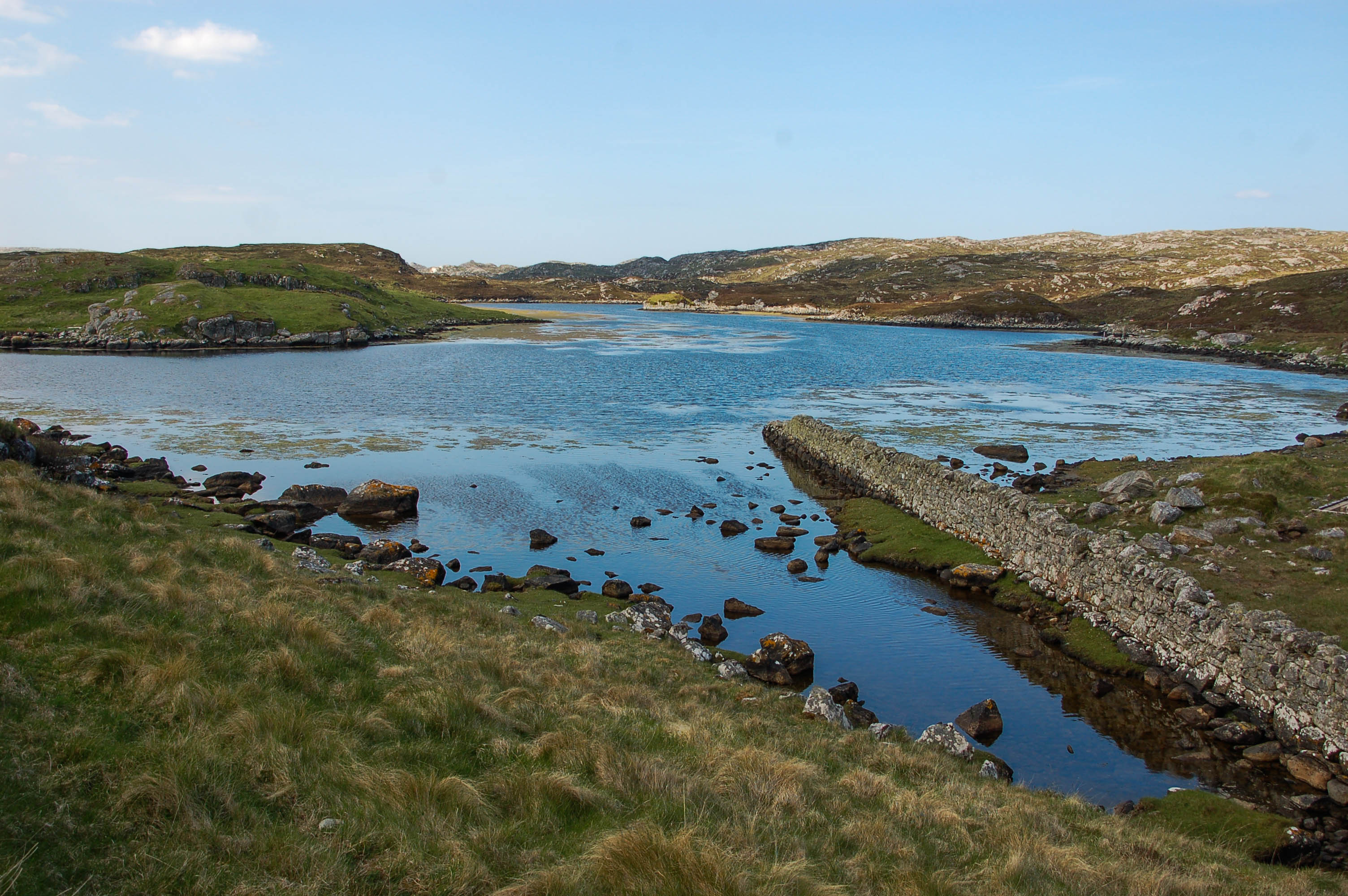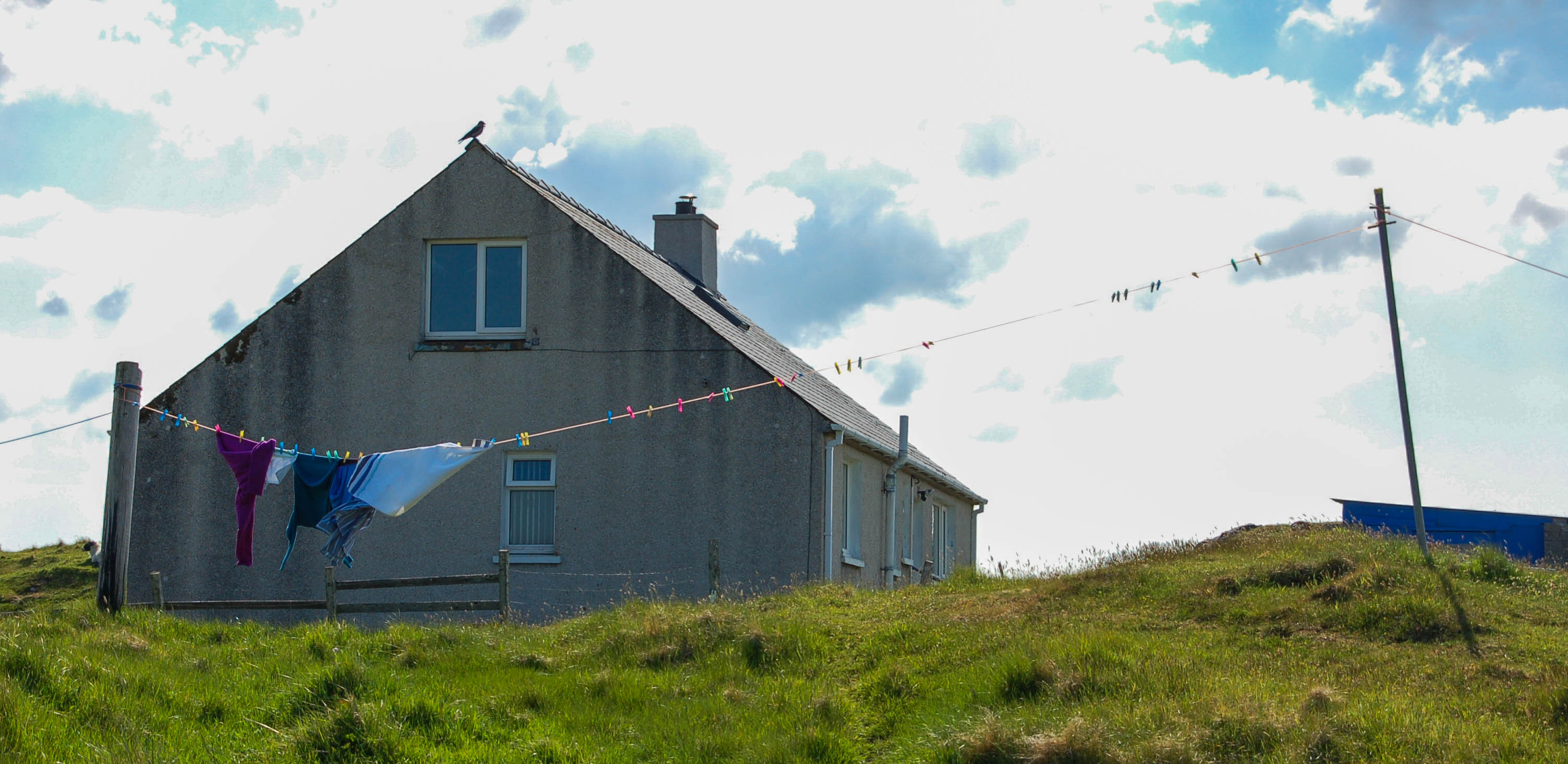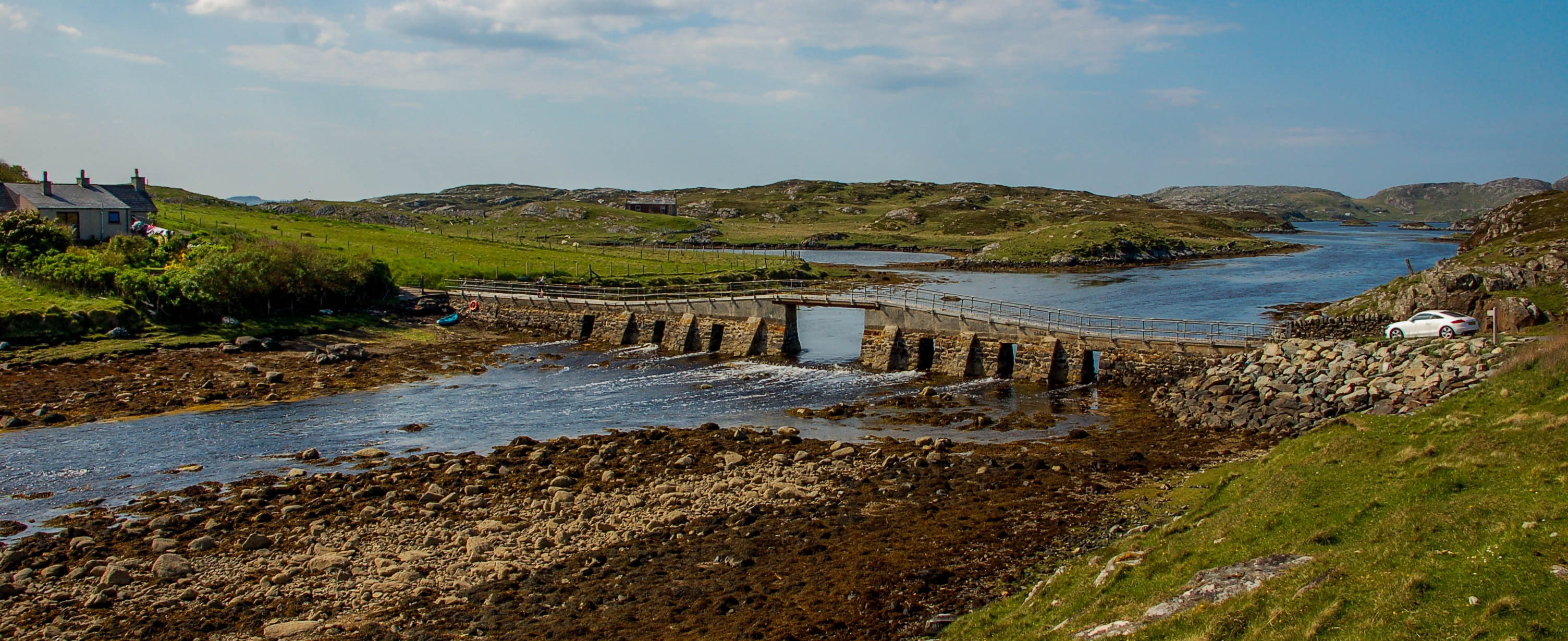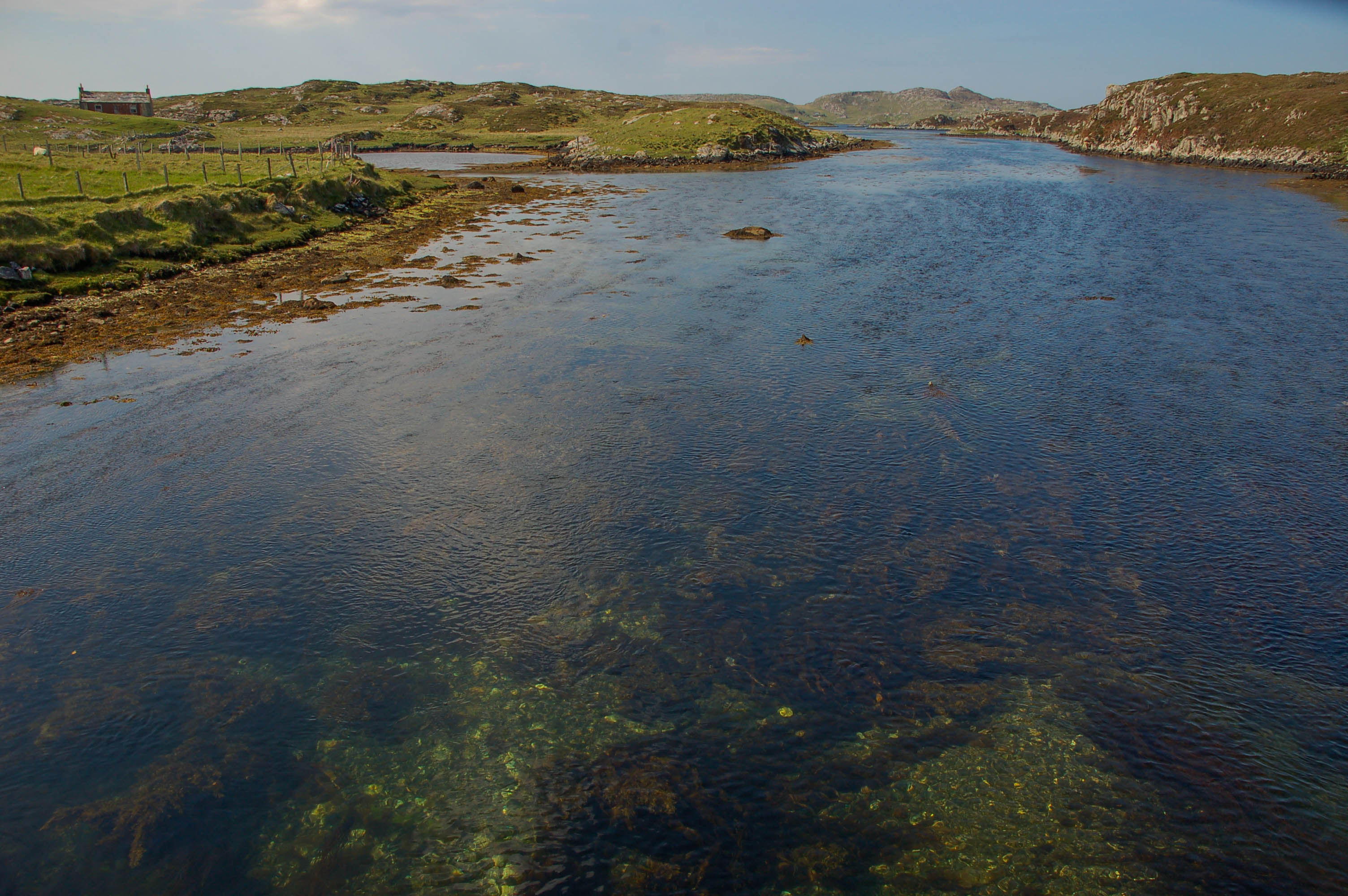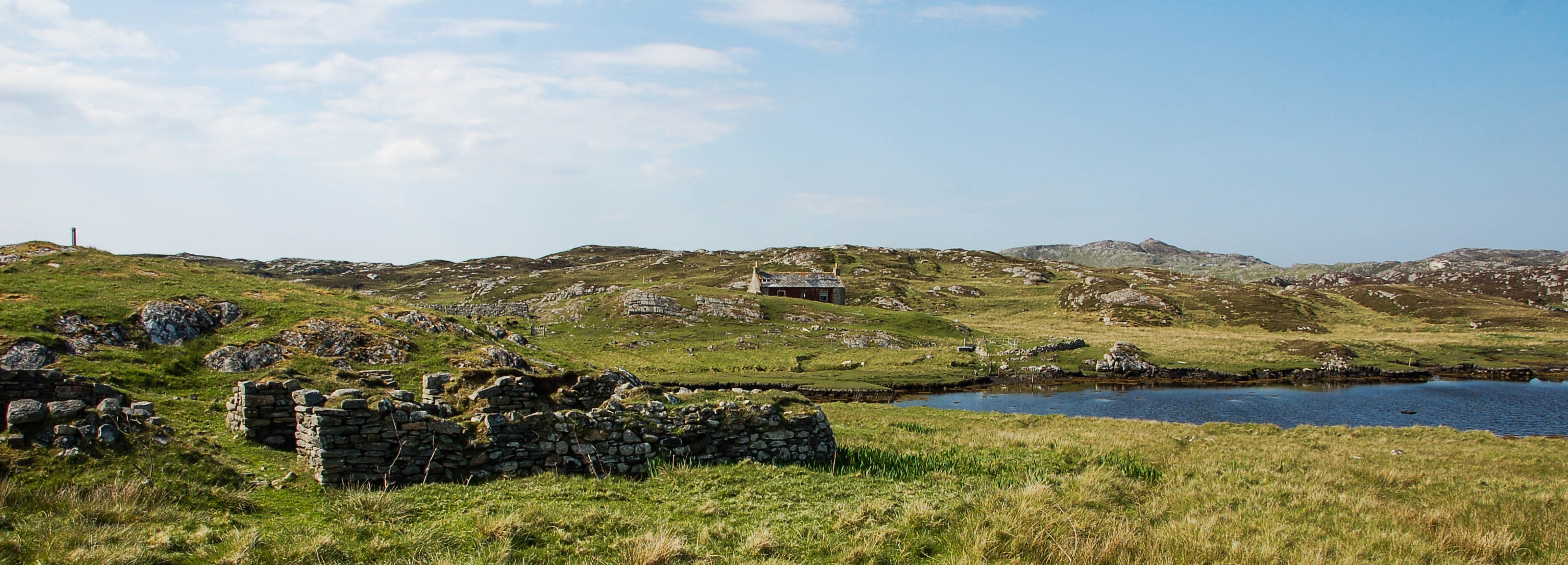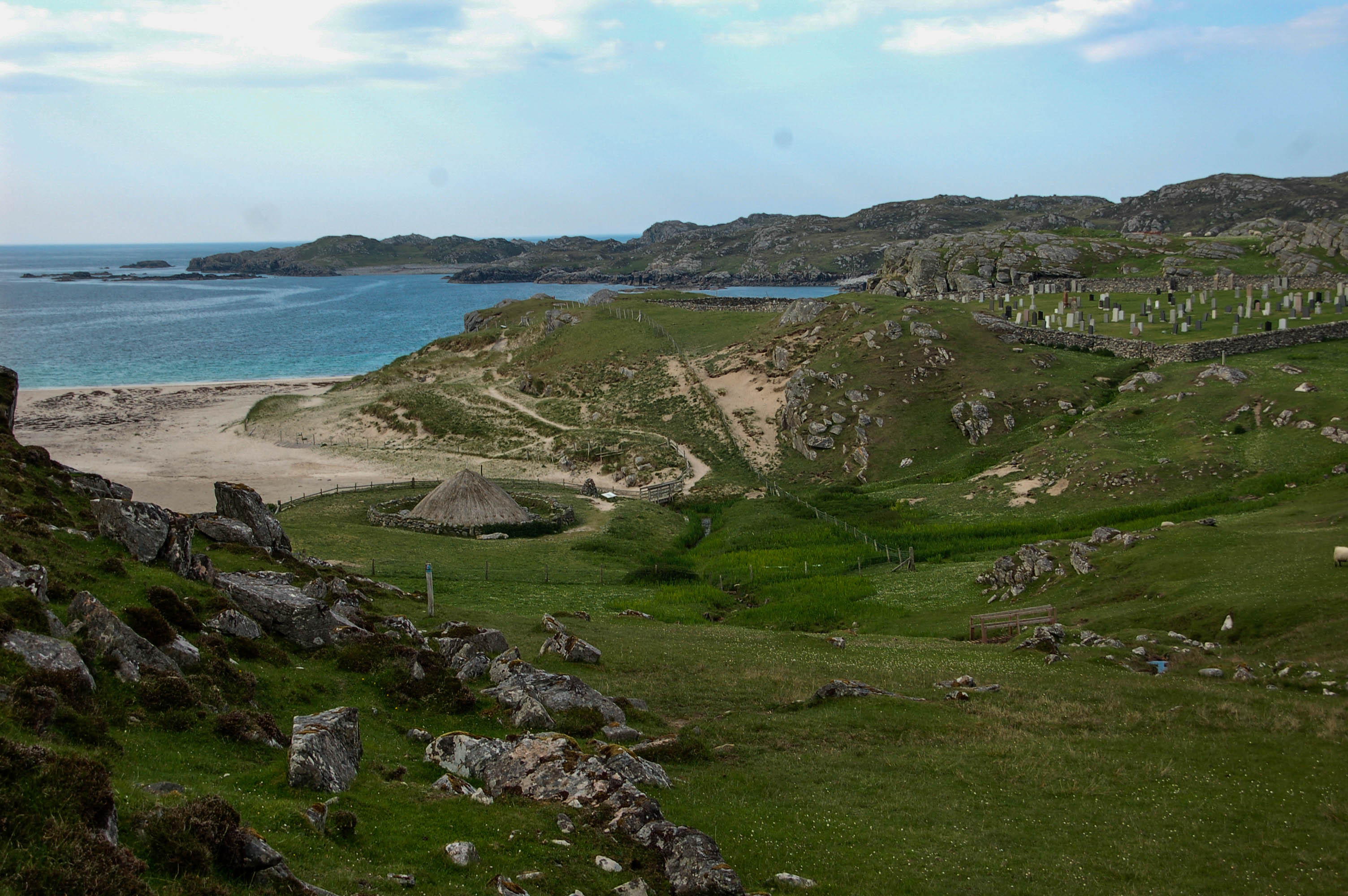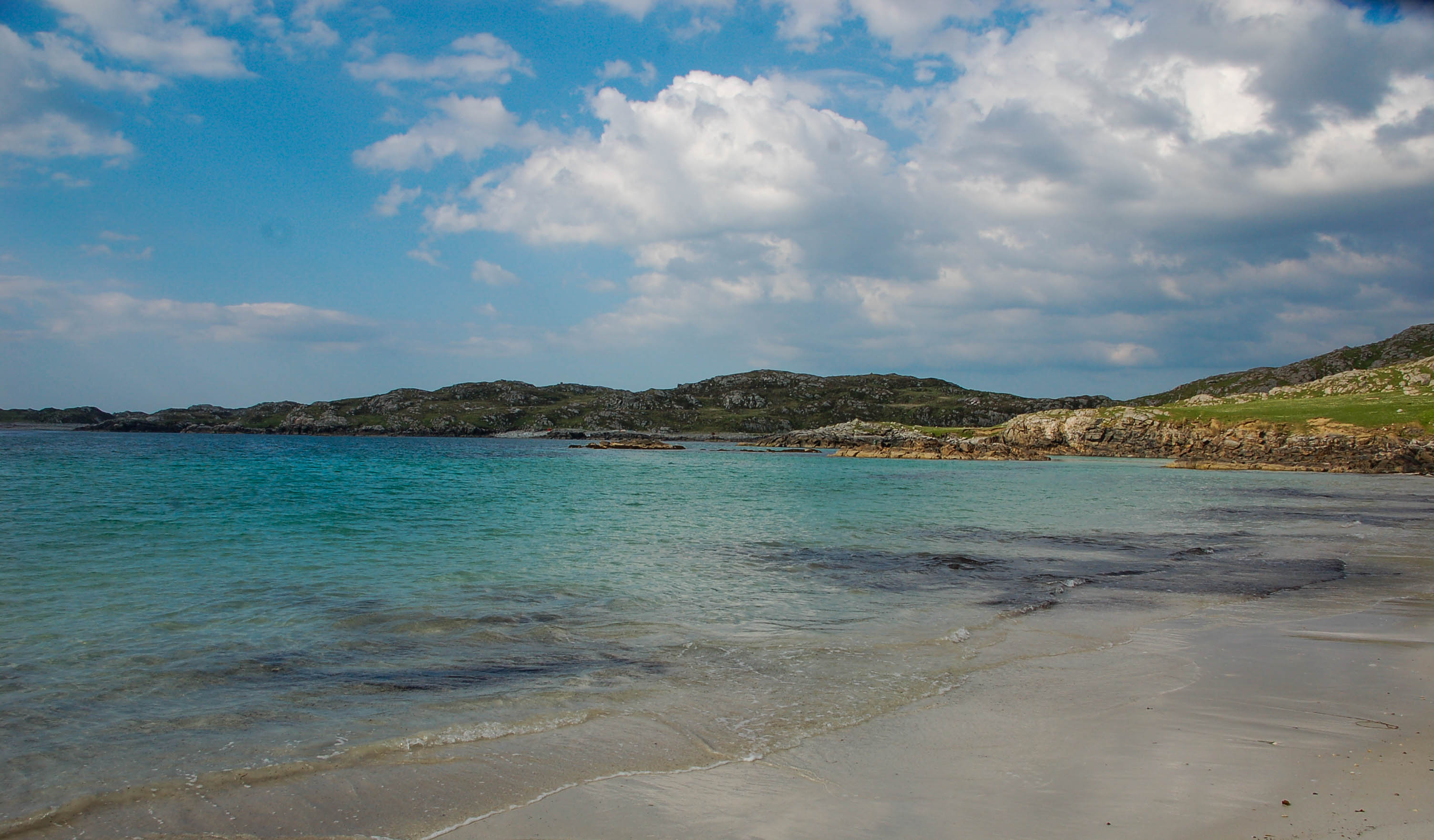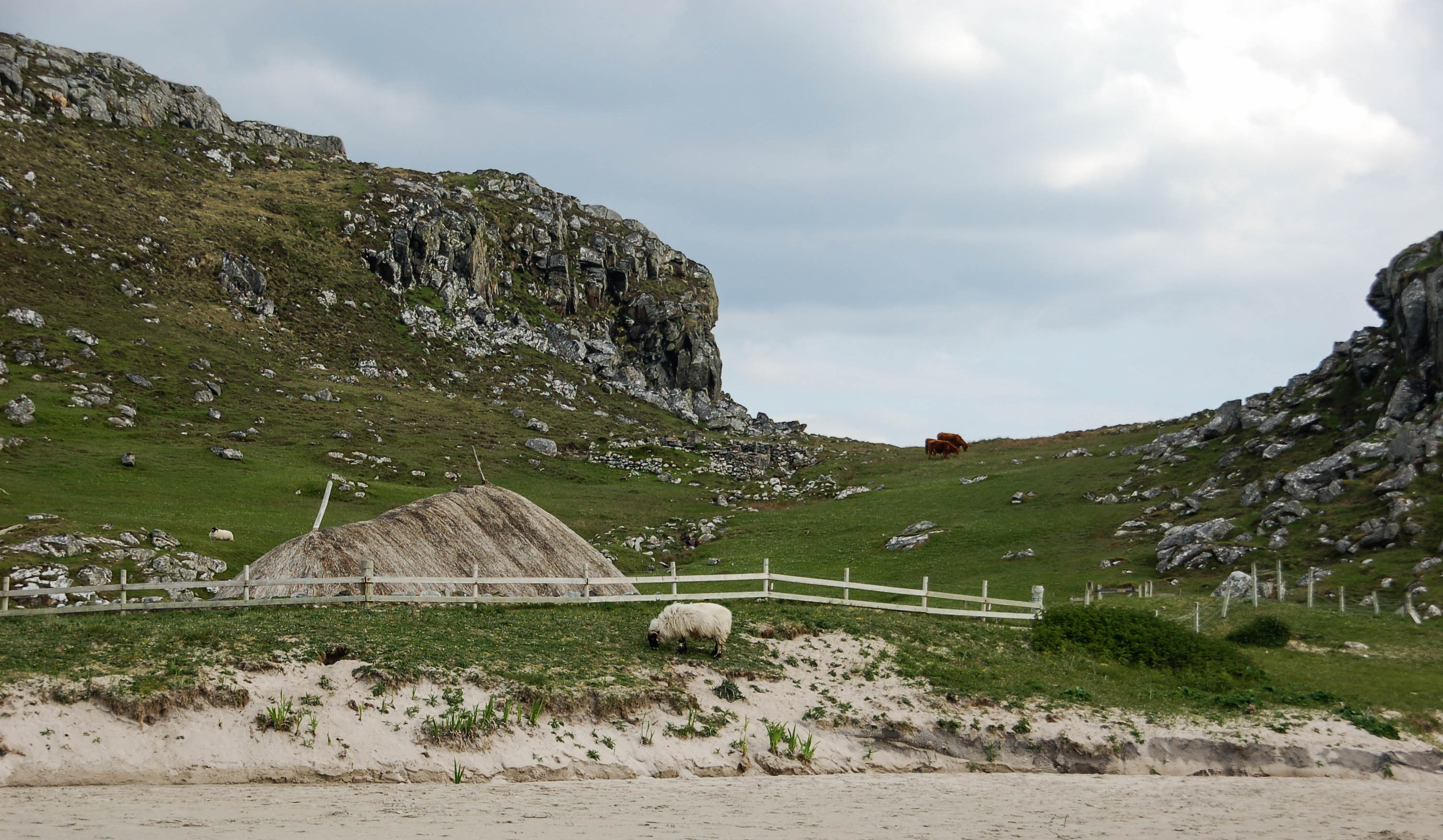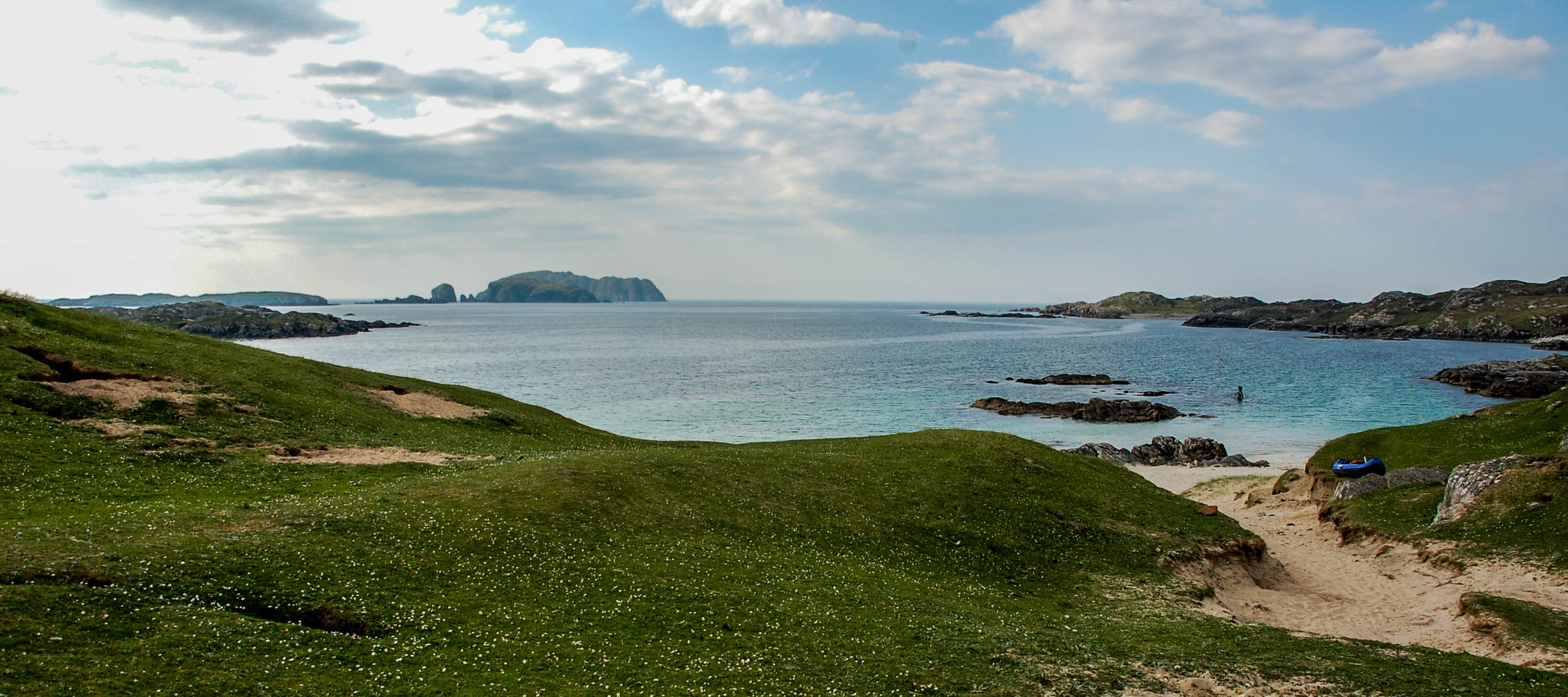

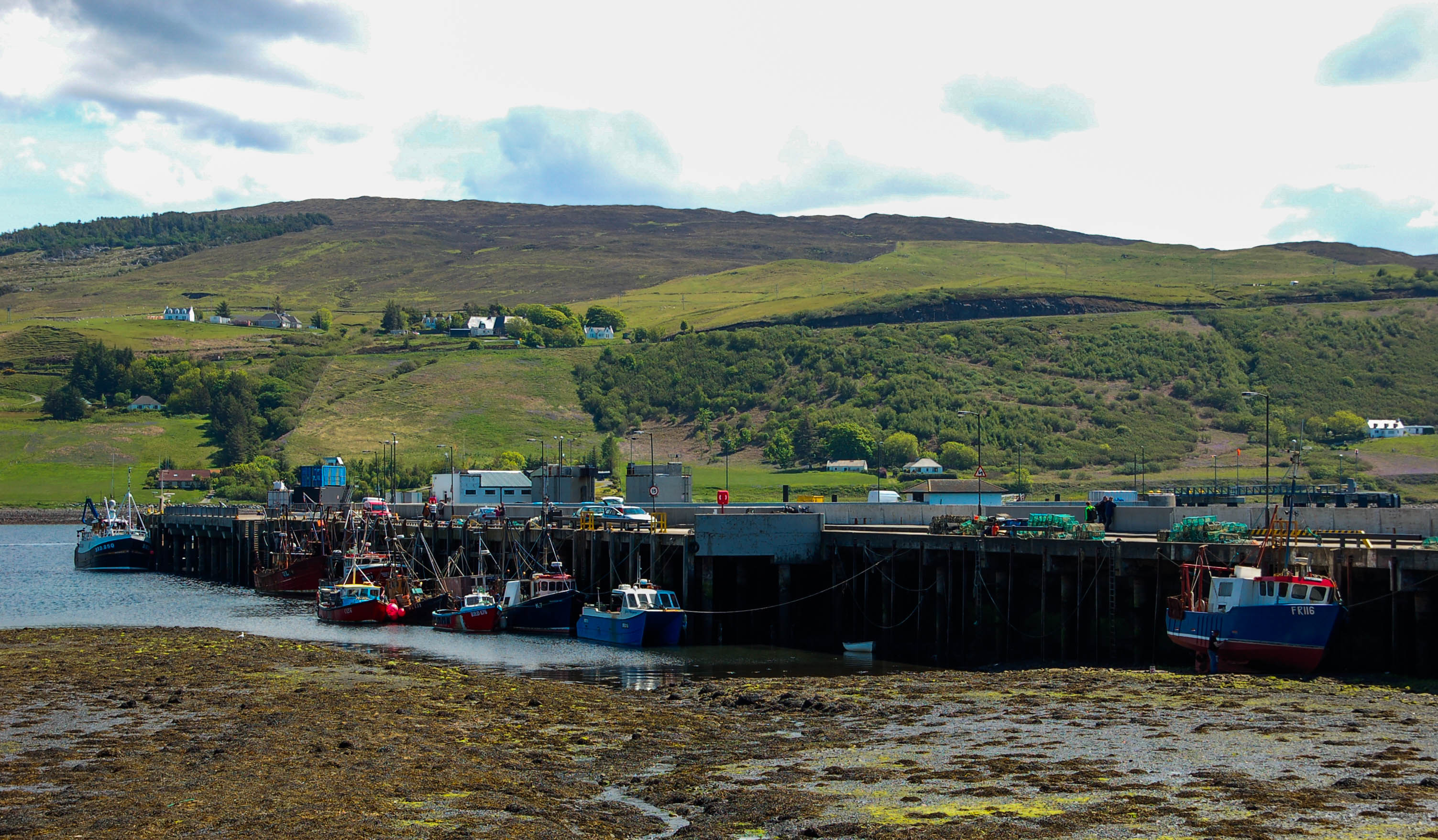
Diary Entry
We are drawn even further north. Even further into the rugged solitude of the Outer Hebrides. We take the ferry from Uig on the Isle of Skye to Tarbert on the Isle of Lewis.
These islands are the most remote thing to visit apart from the Orkney Islands. As expected, nothing is going on on the ferry. And neither at the port of Lewis.


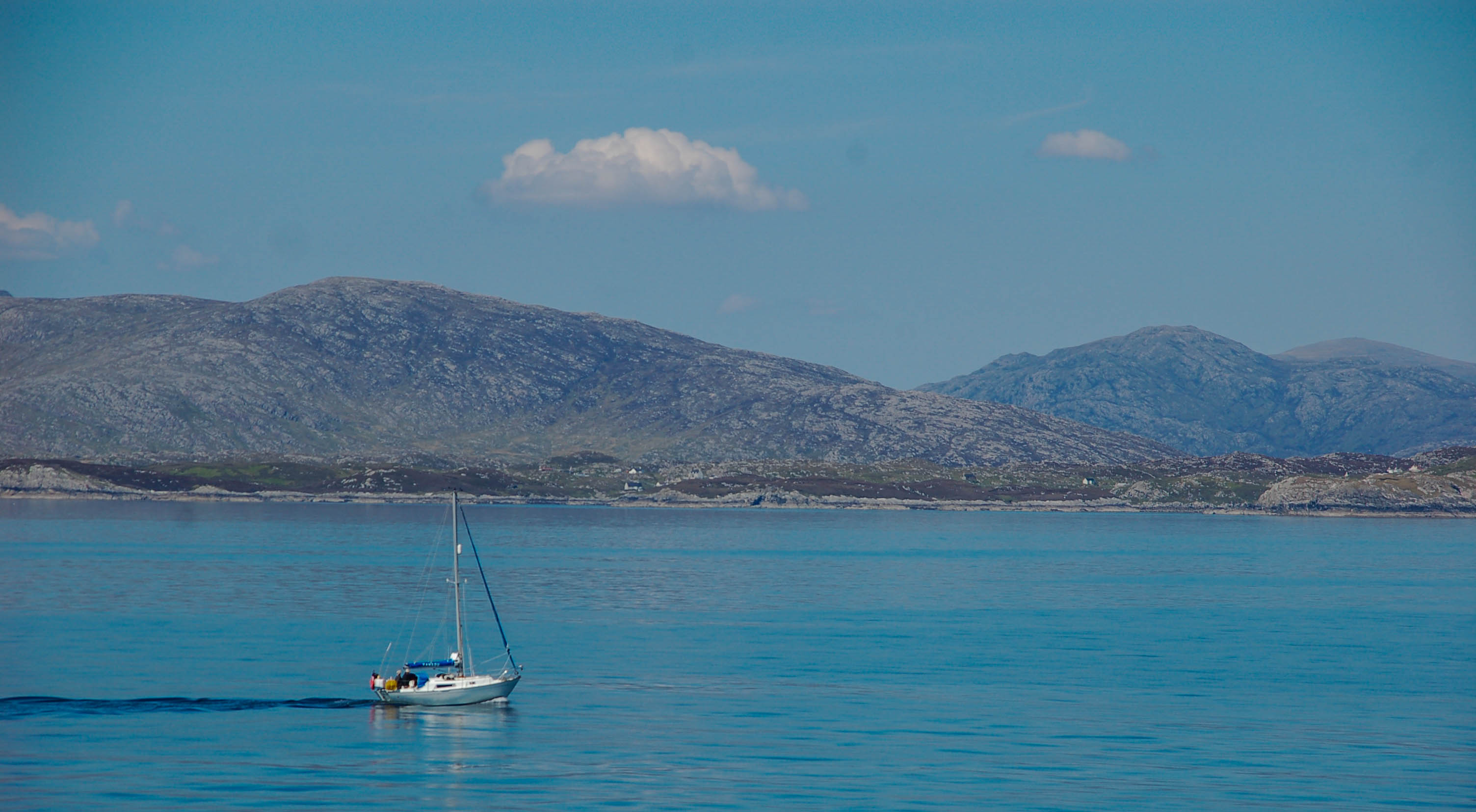
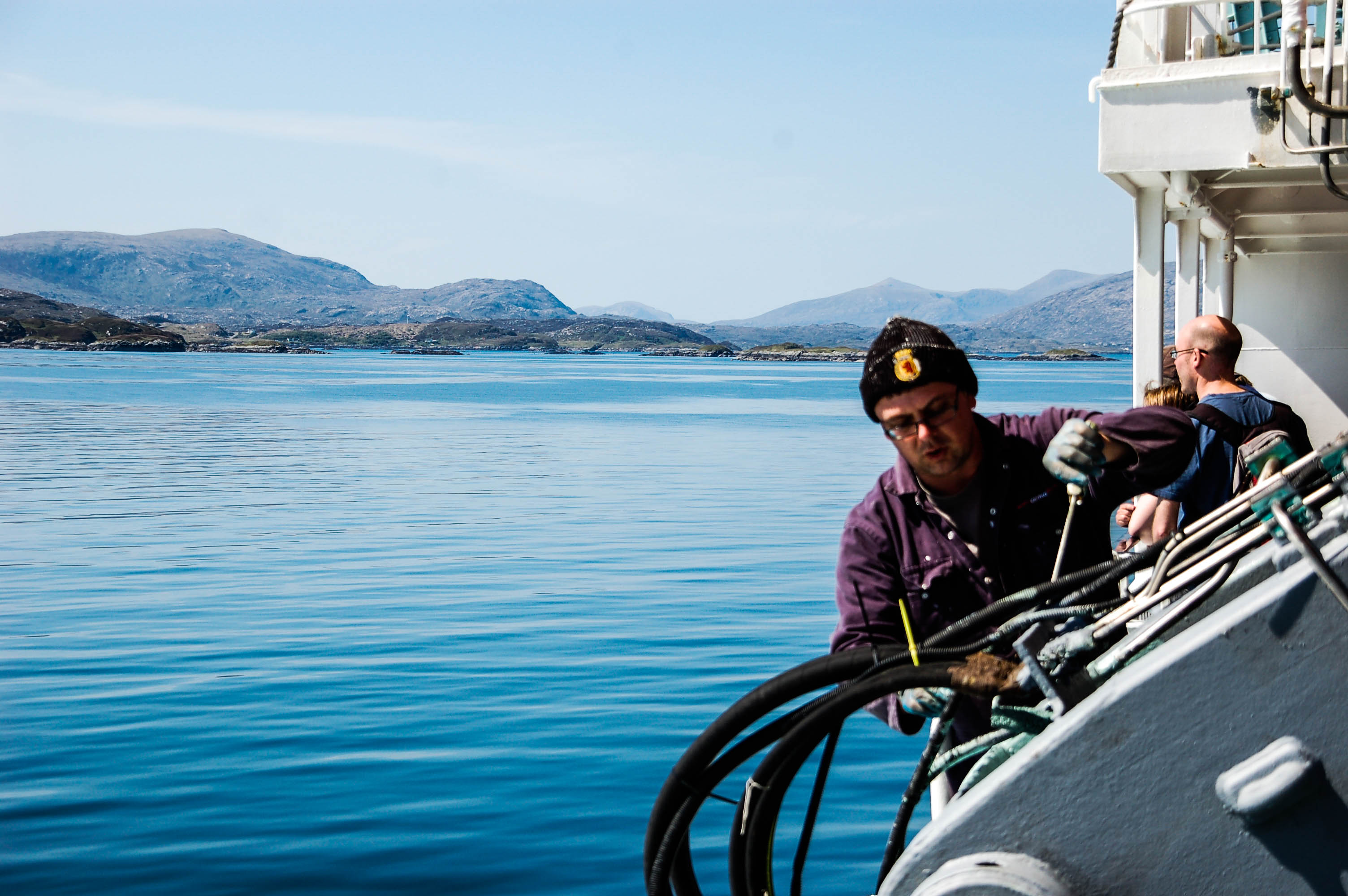
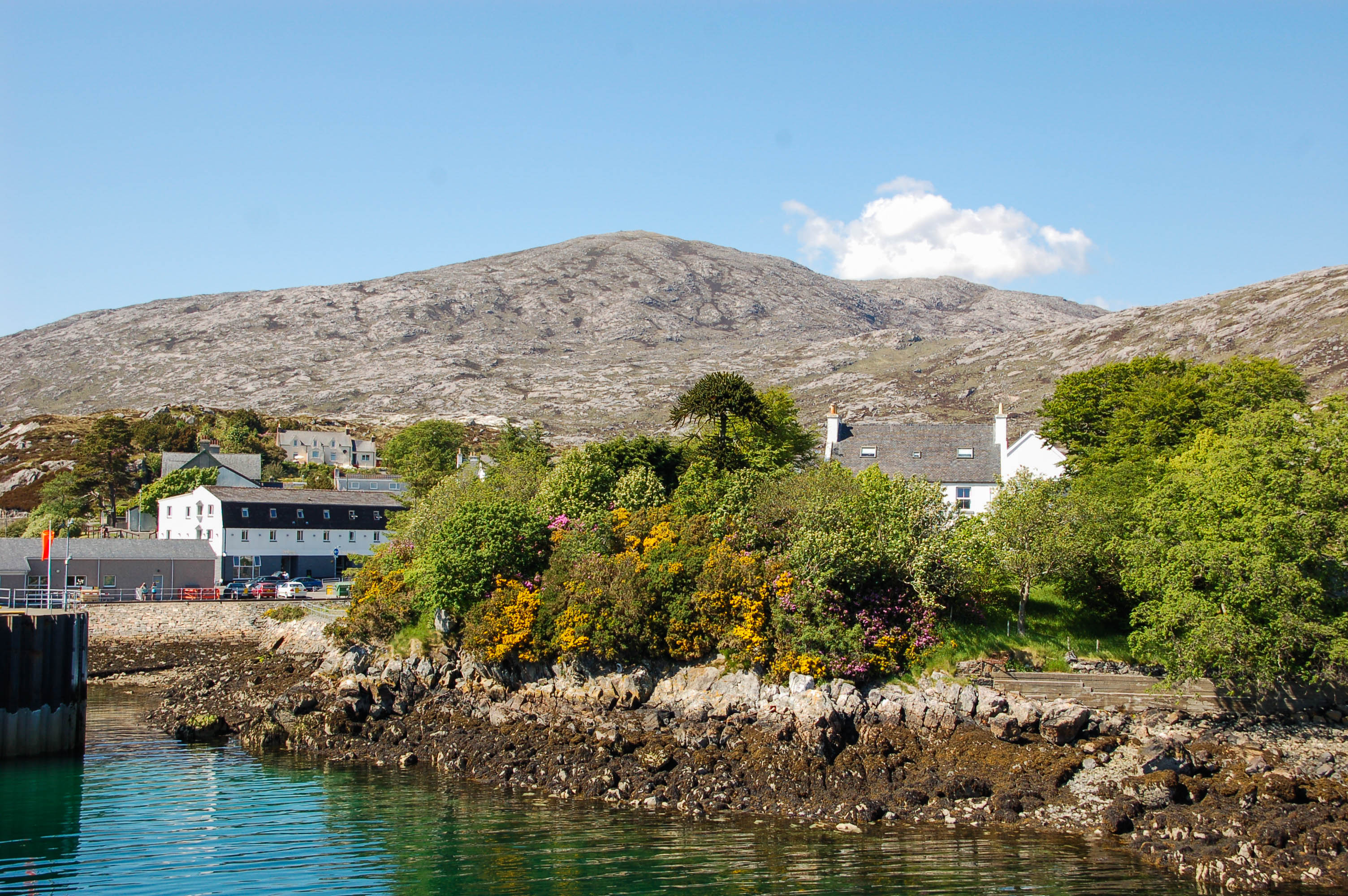
The Hebrides are divided into two parts, the Isle of Lewis and Harris to the north and the Isle of Uist to the south. A narrow strip of land connects Lewis and Harris. After Uist you have to take another boat.
The landscape is dreary and the island can be composed of two components: stones and peat. Houses are made of the former, whiskey is made of the latter. The offer of nature is exhausted in the best possible way.
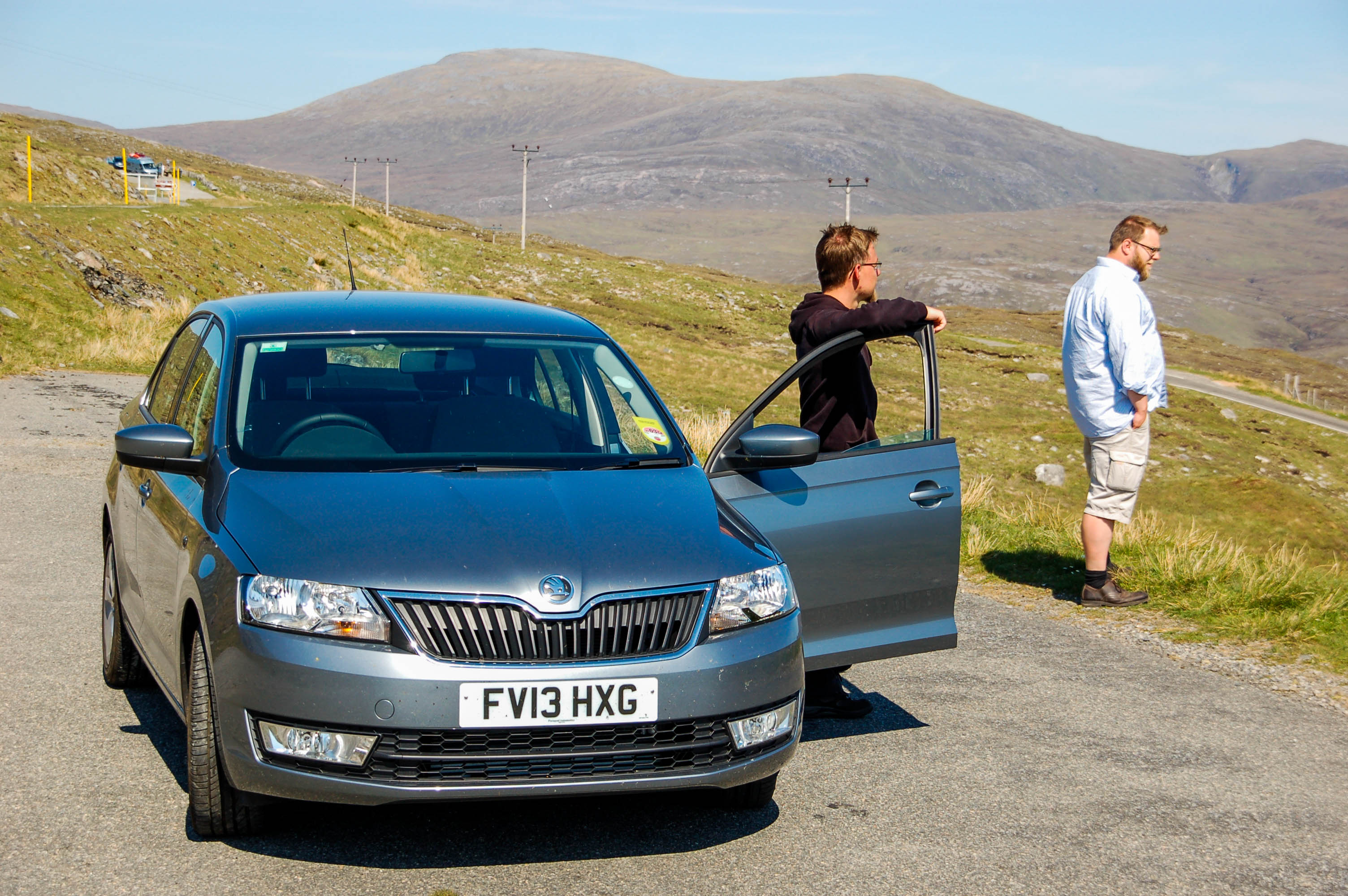

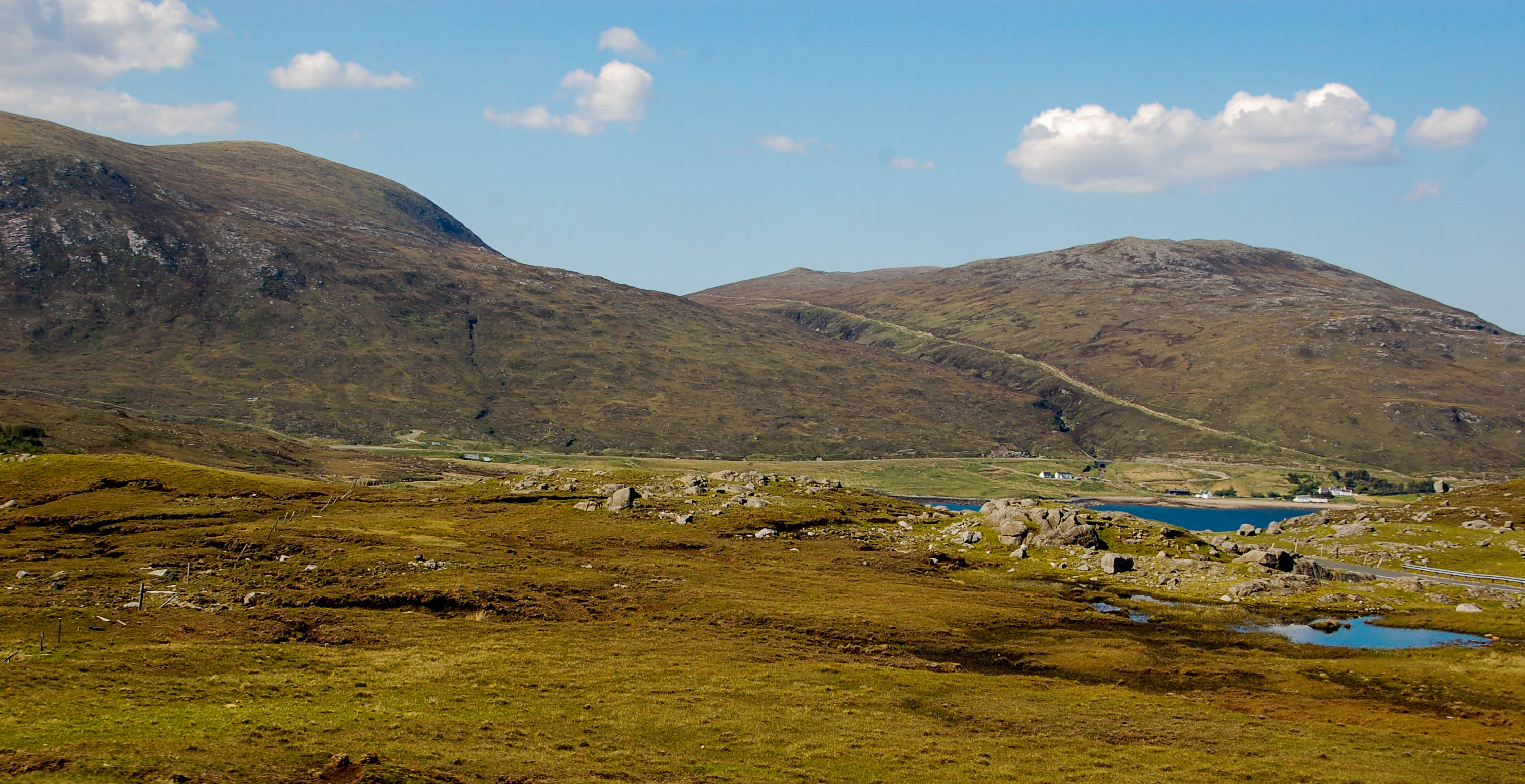
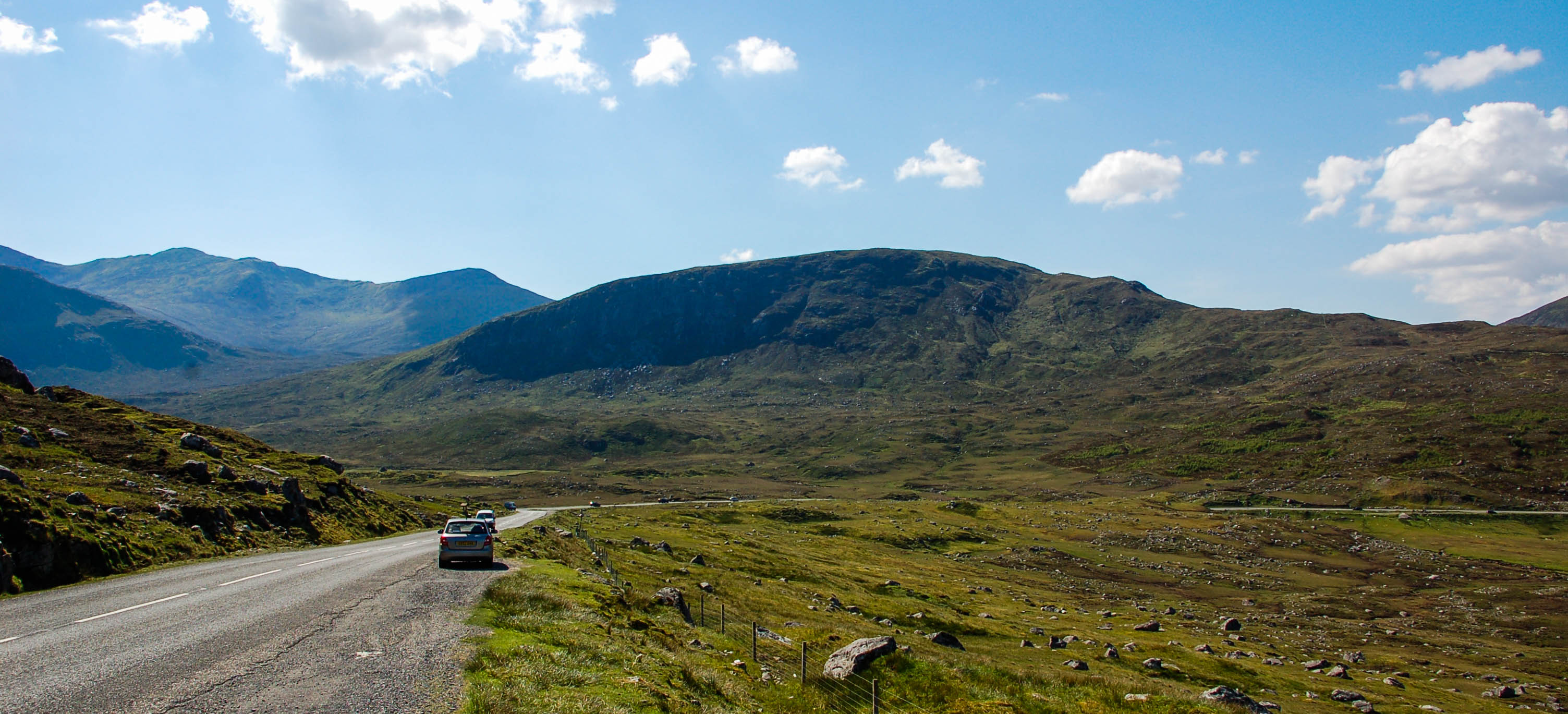

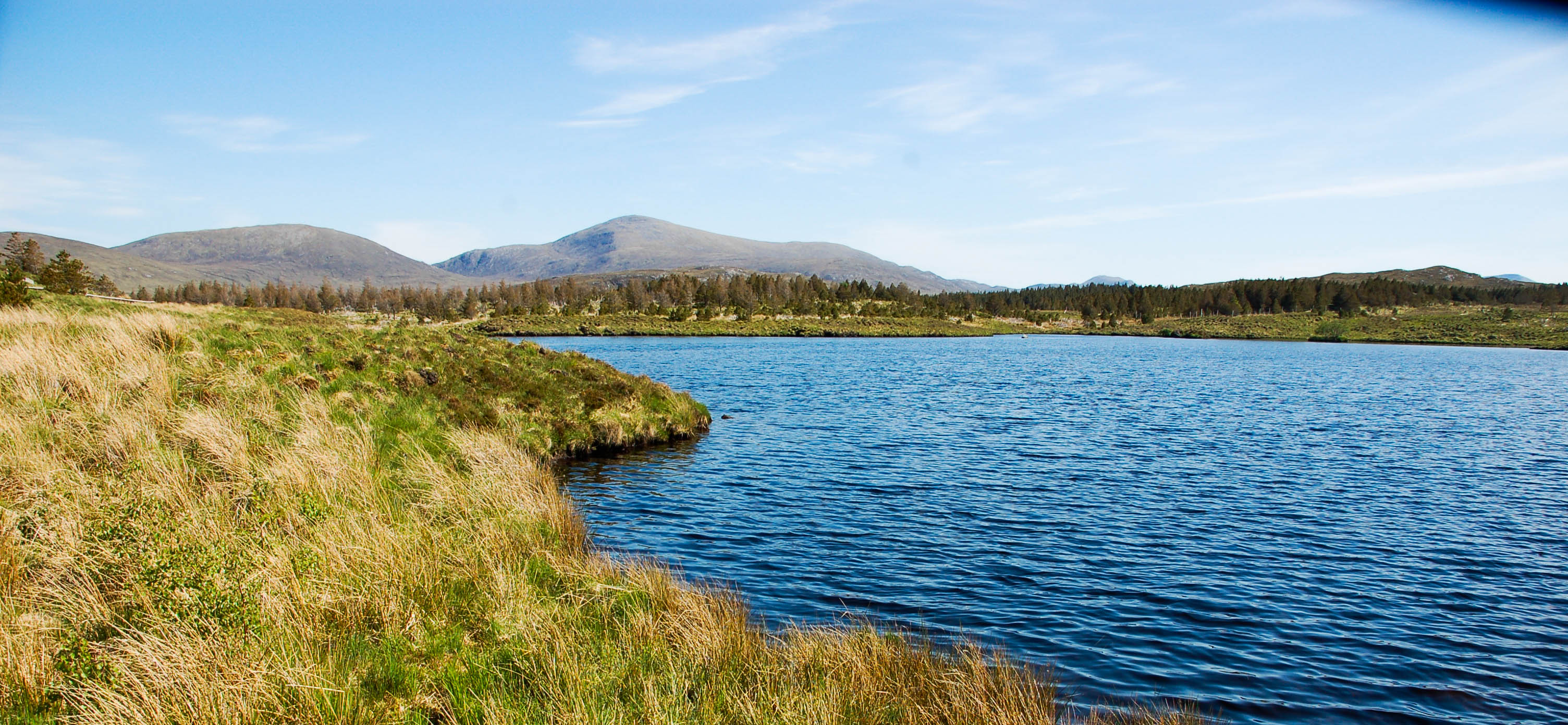
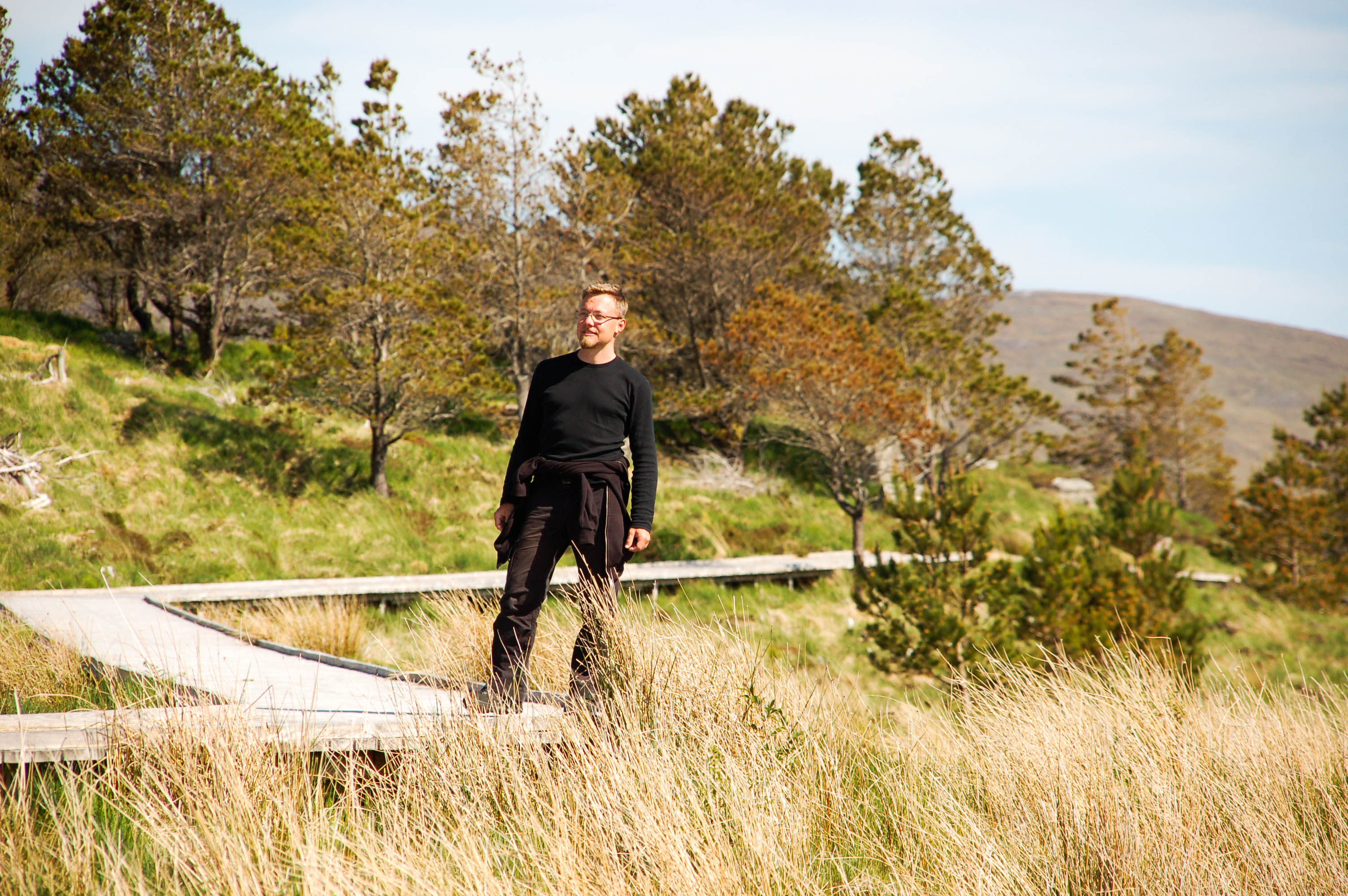
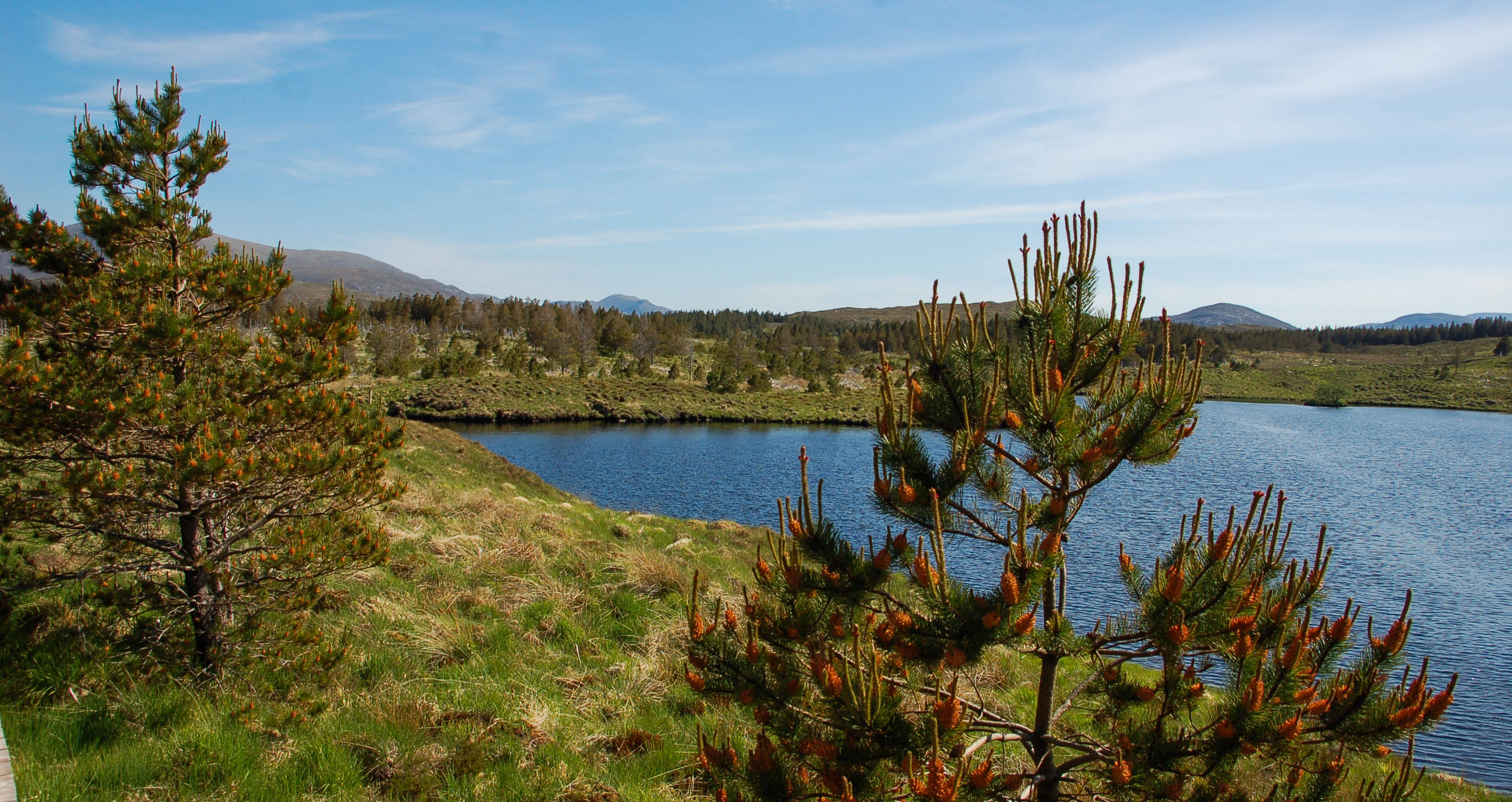
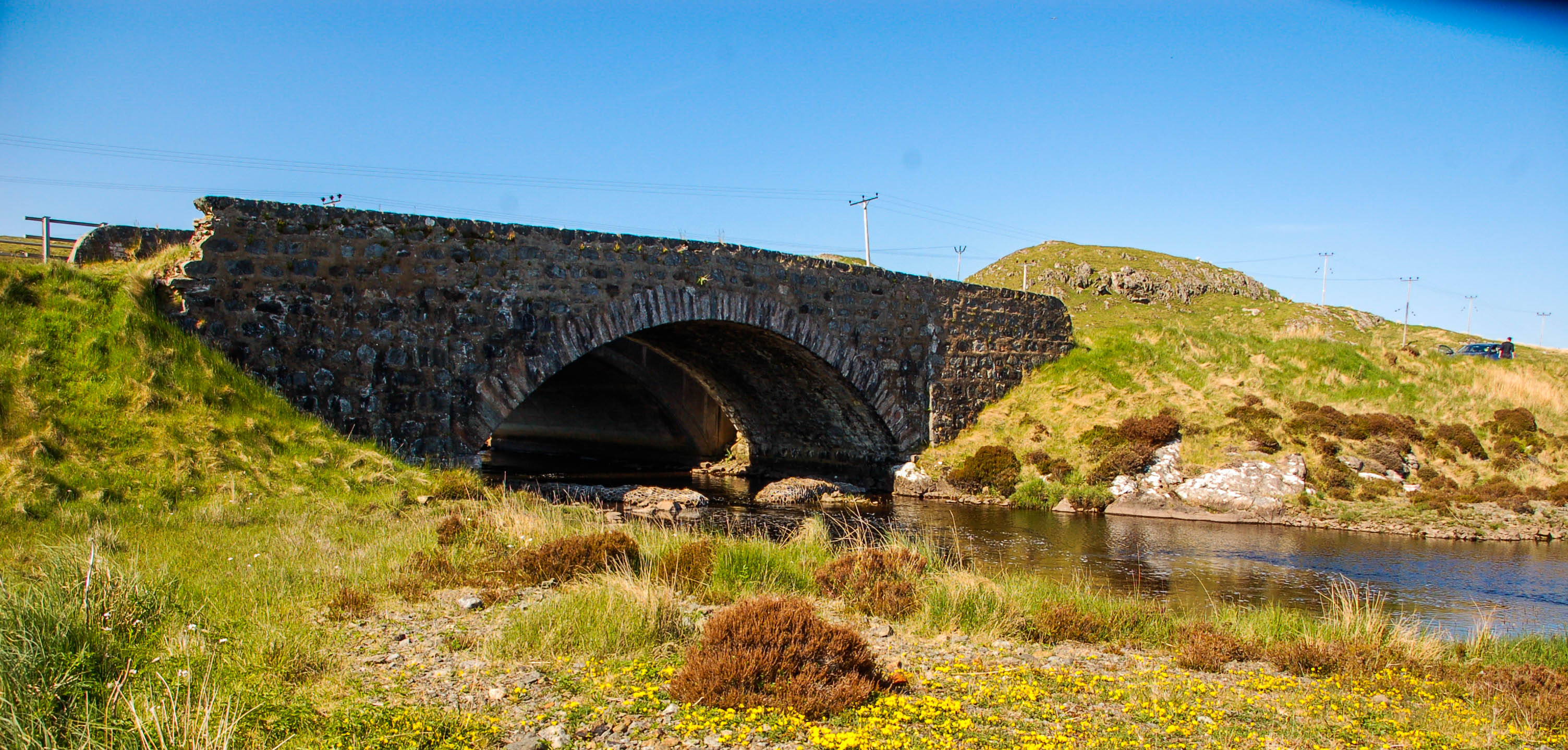
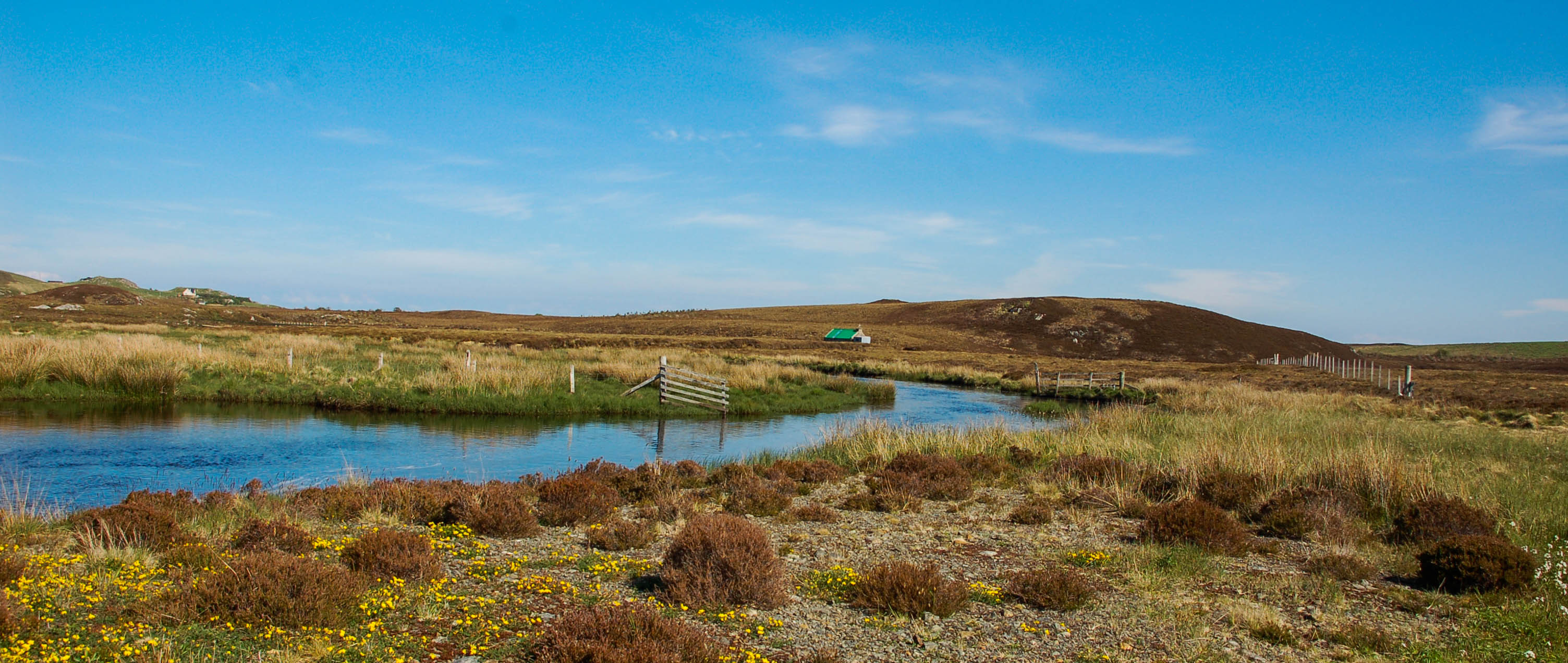
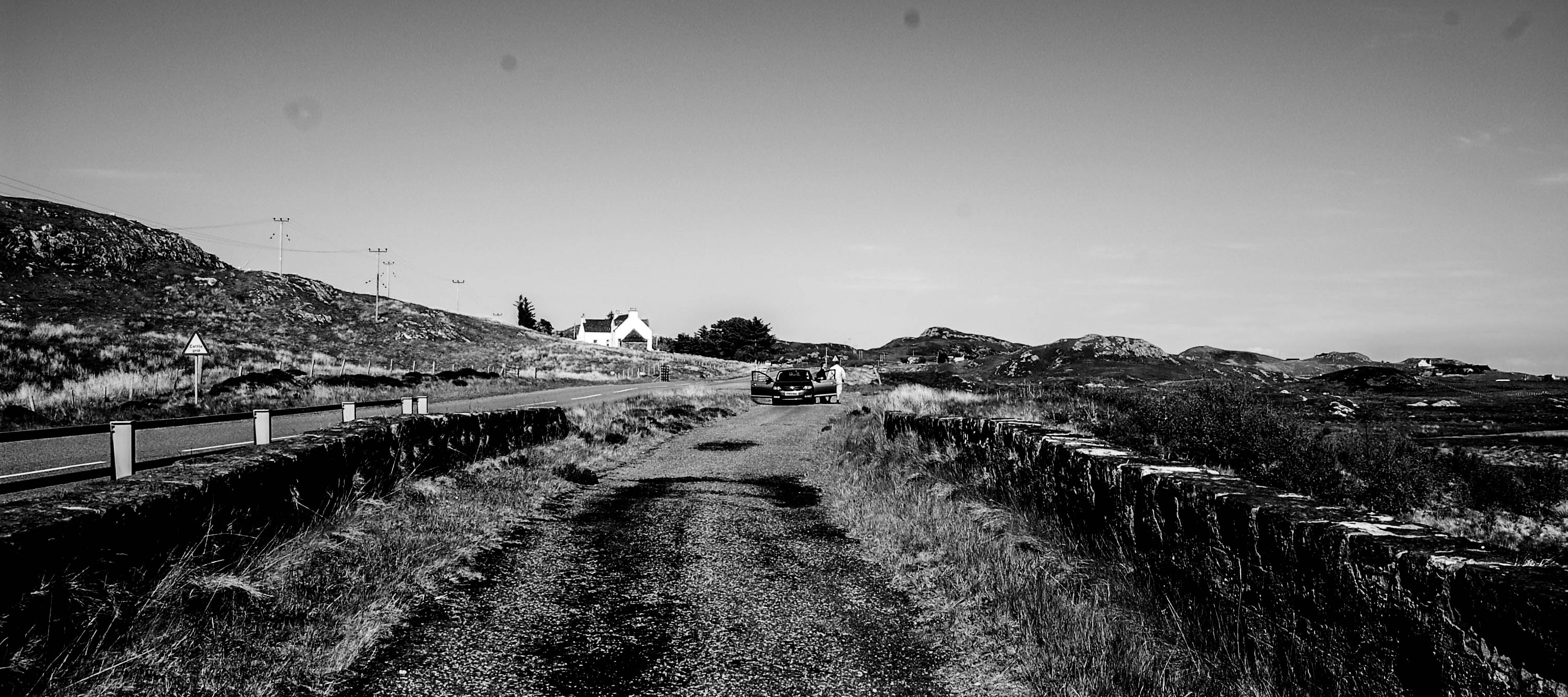
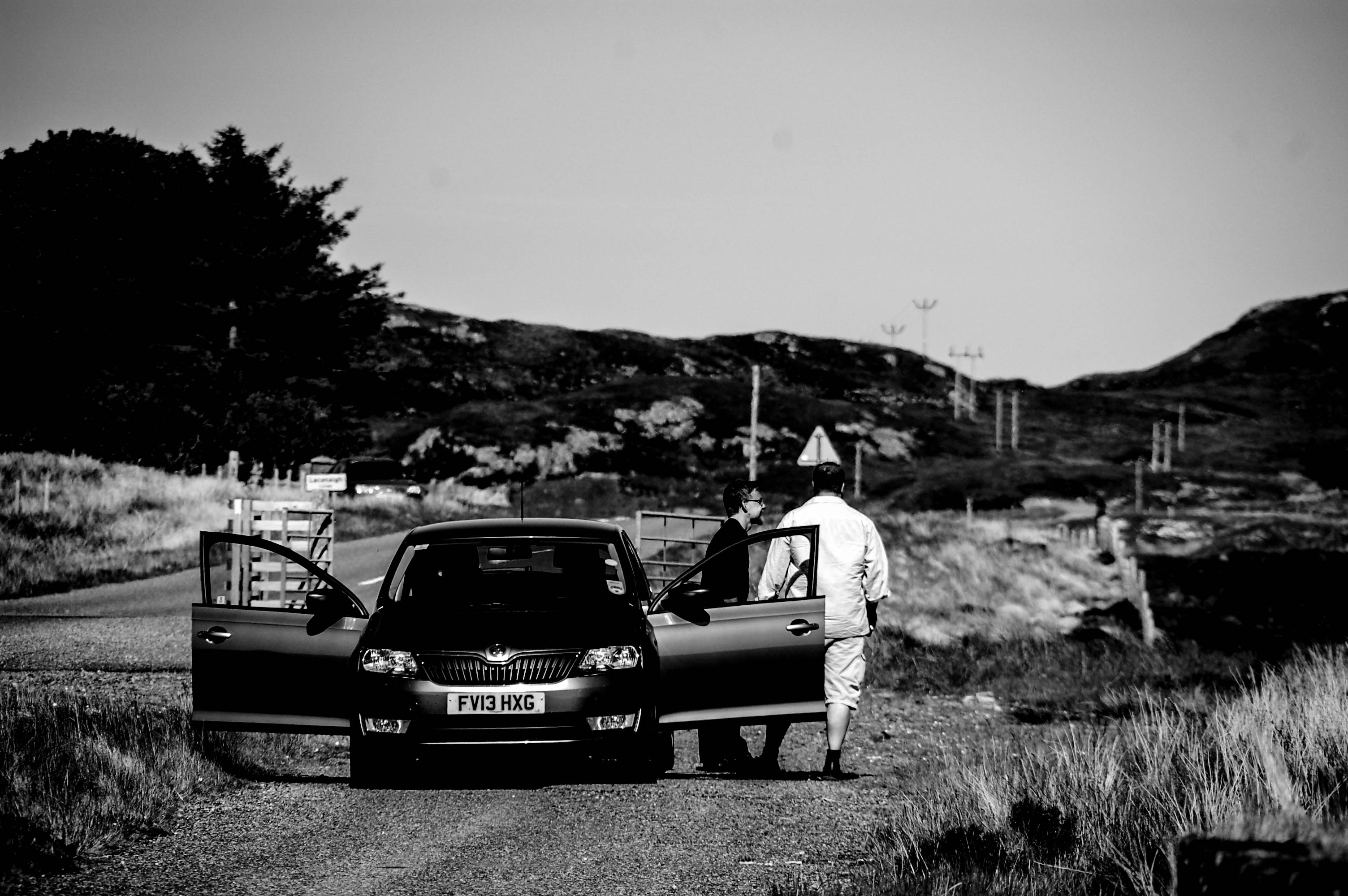
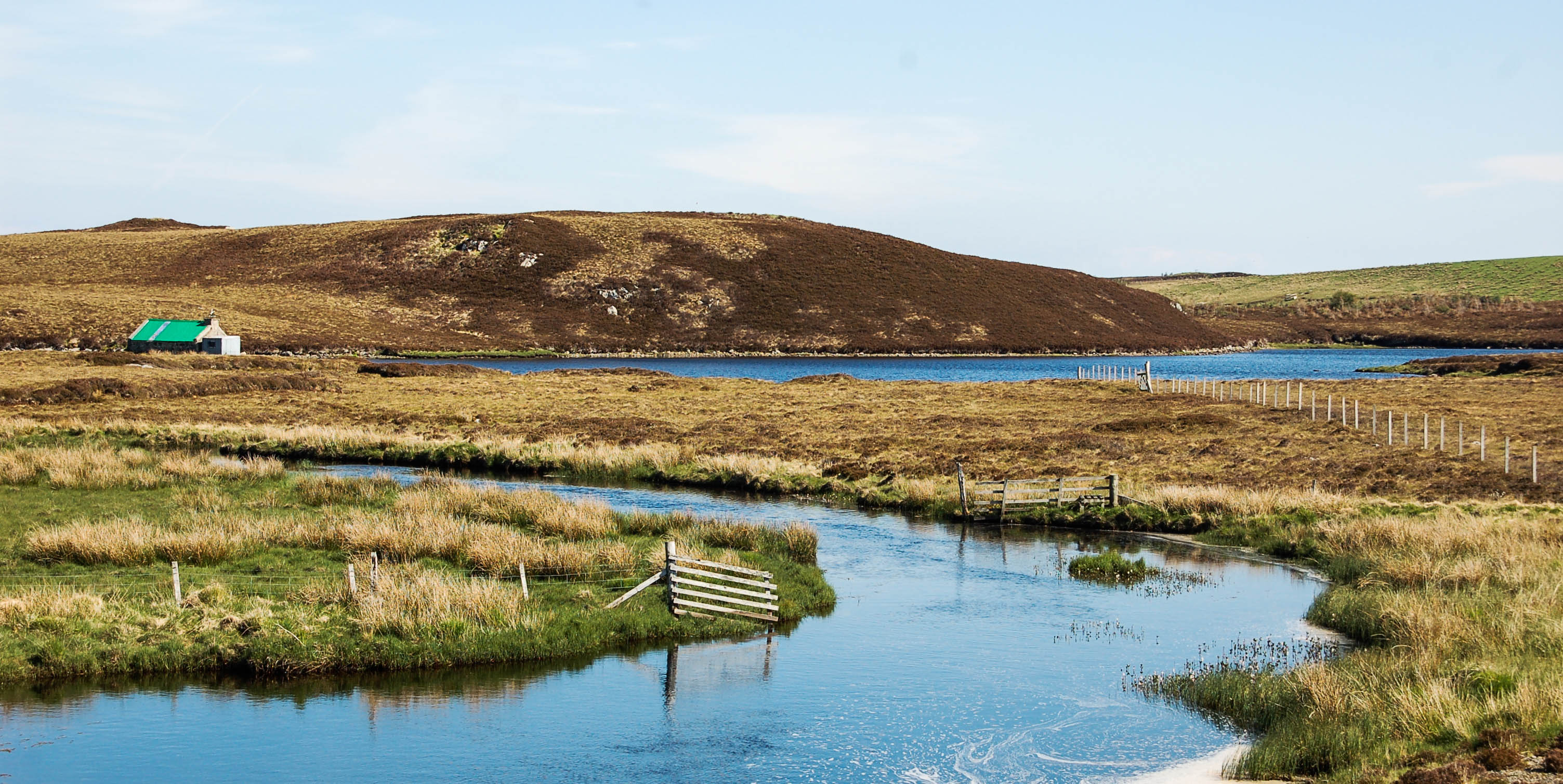
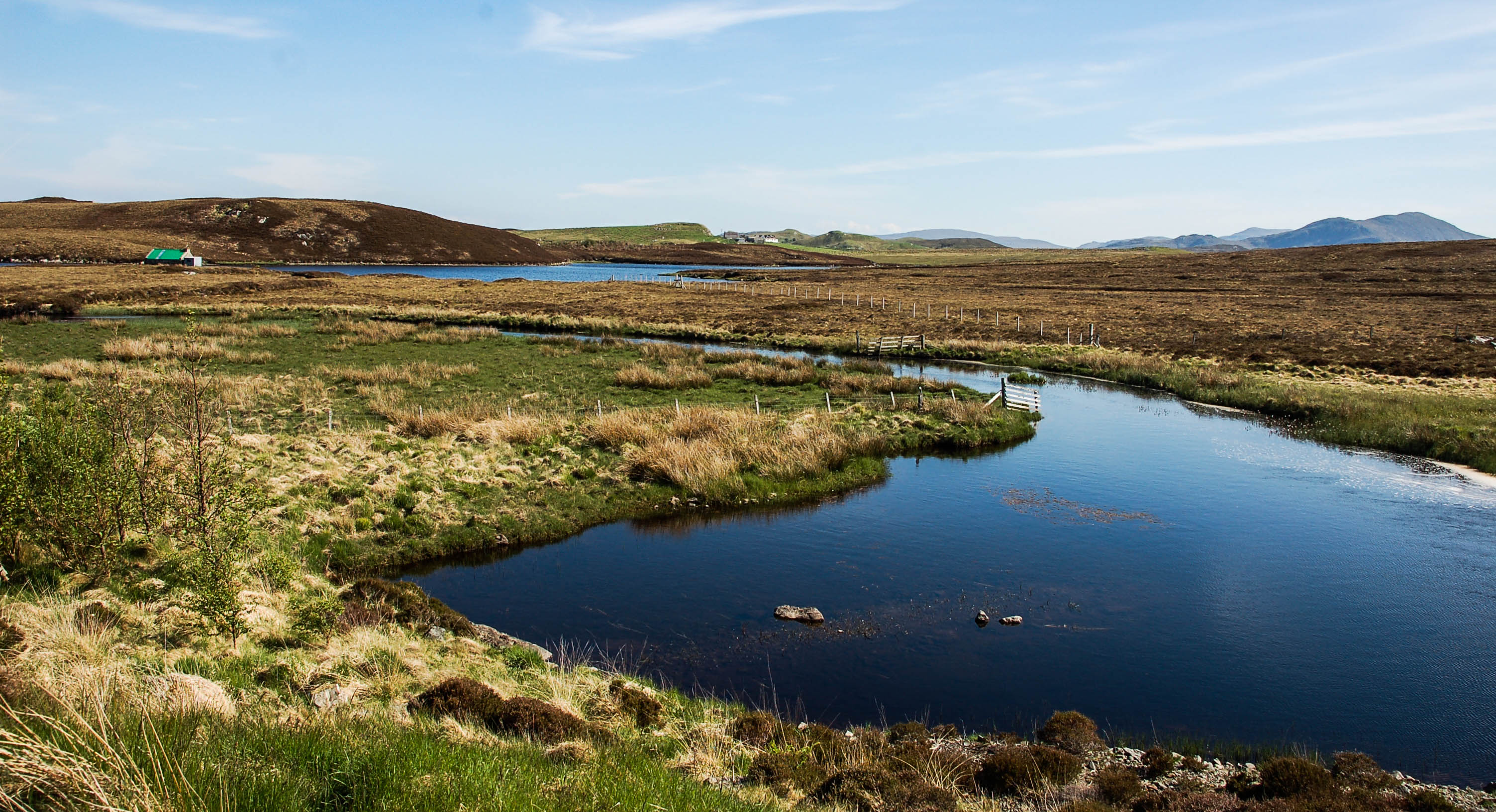
In the arch-Catholic Stornoway even the hotels are closed on Sundays. On the street we meet families whose children are carrying a Bible under their arm and seeming to be returning home from church, looking at us grimly.
Only after a long search do we finally find shelter in the “family room” of a hostel. That’s also closed, but the back door is open and we settle in after we’ve written our names on a board provided for this purpose.
We only meet the young operators with an obvious penchant for prescription incense the next evening with their newborn in their little hippie den.
On the same evening, in a local pub that, thanks to the Flying Spaghetti Monster, is not closed on Sundays, we meet two Luxembourgers – a rock musician named Scampi and his boiling drummer.
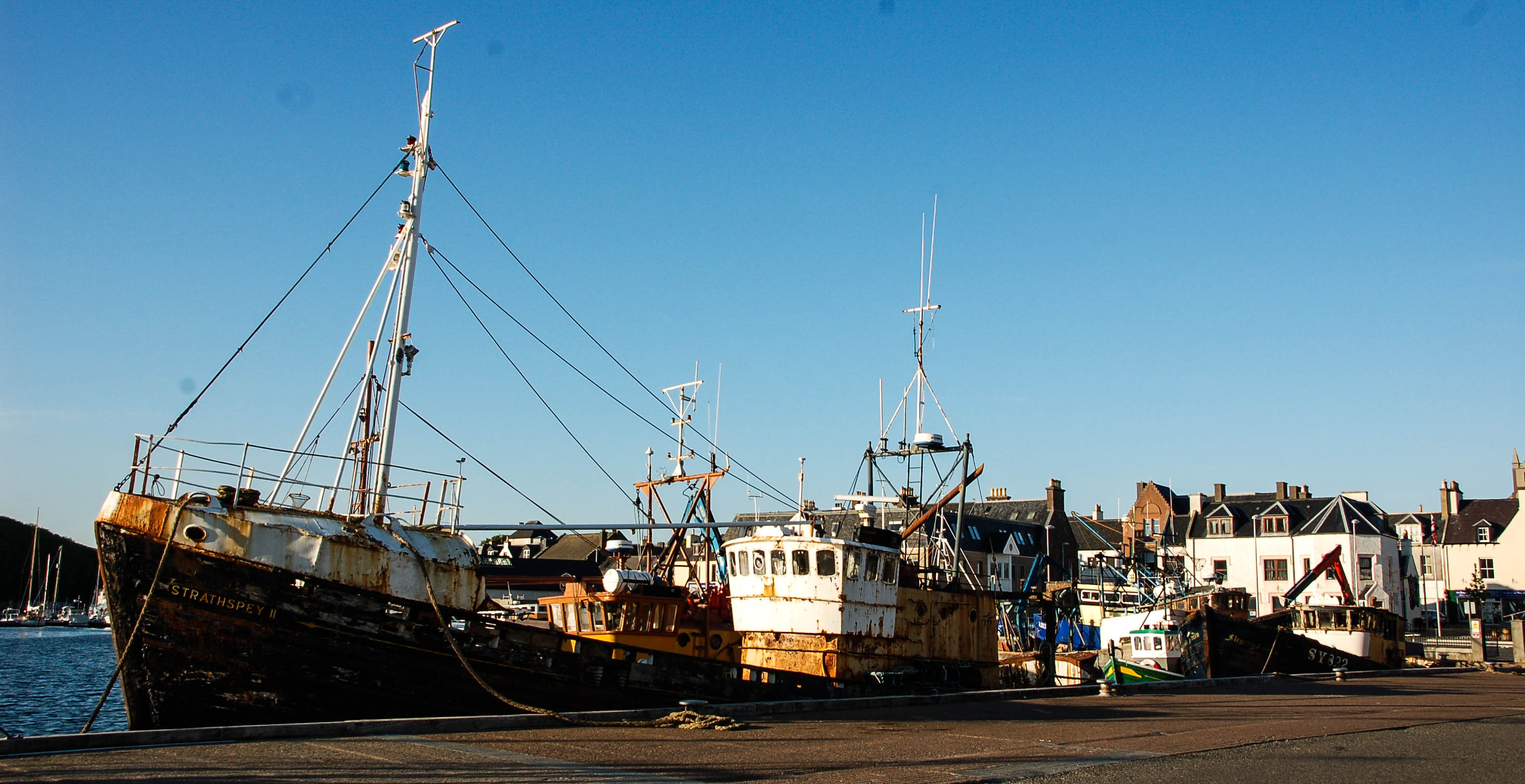

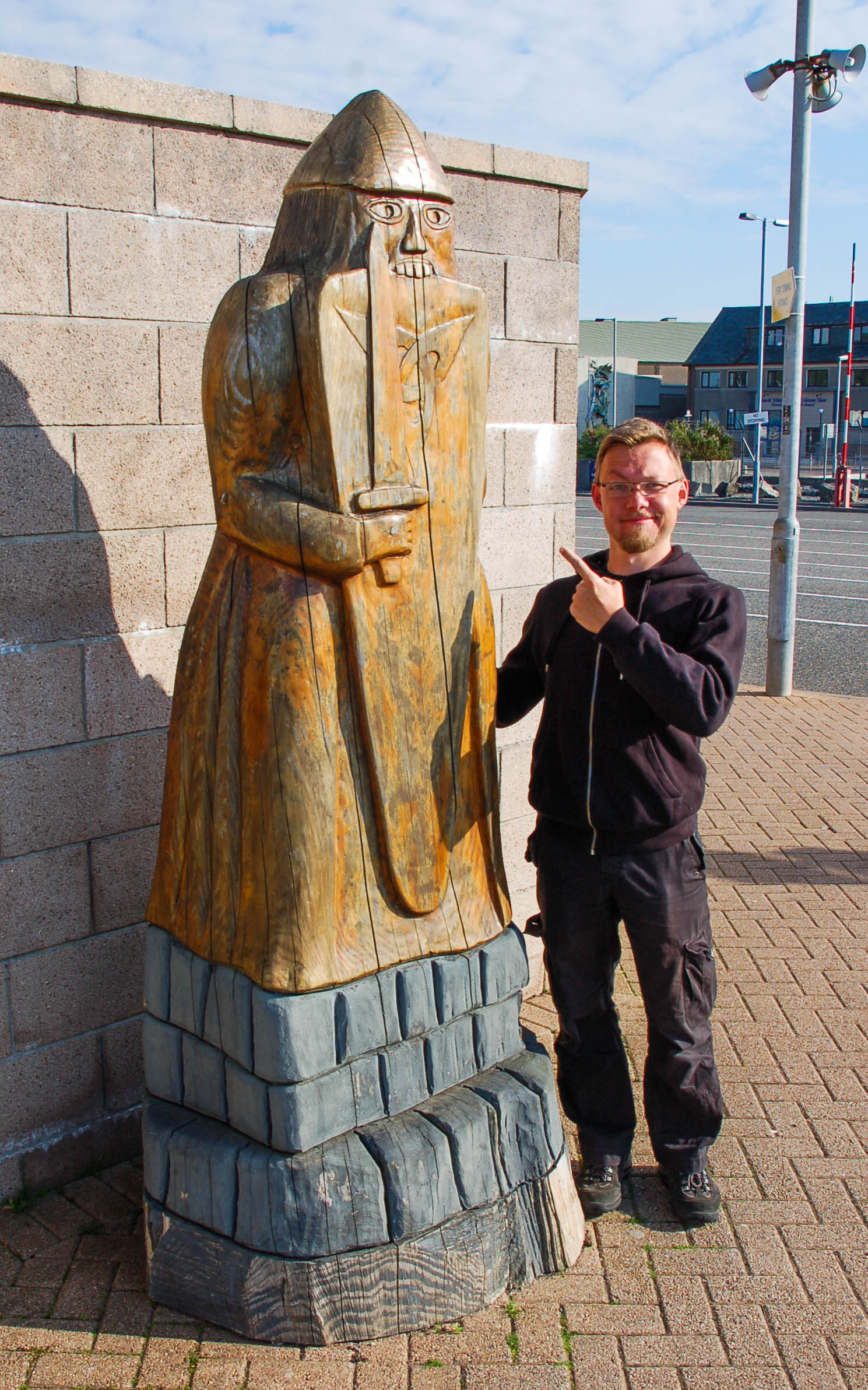
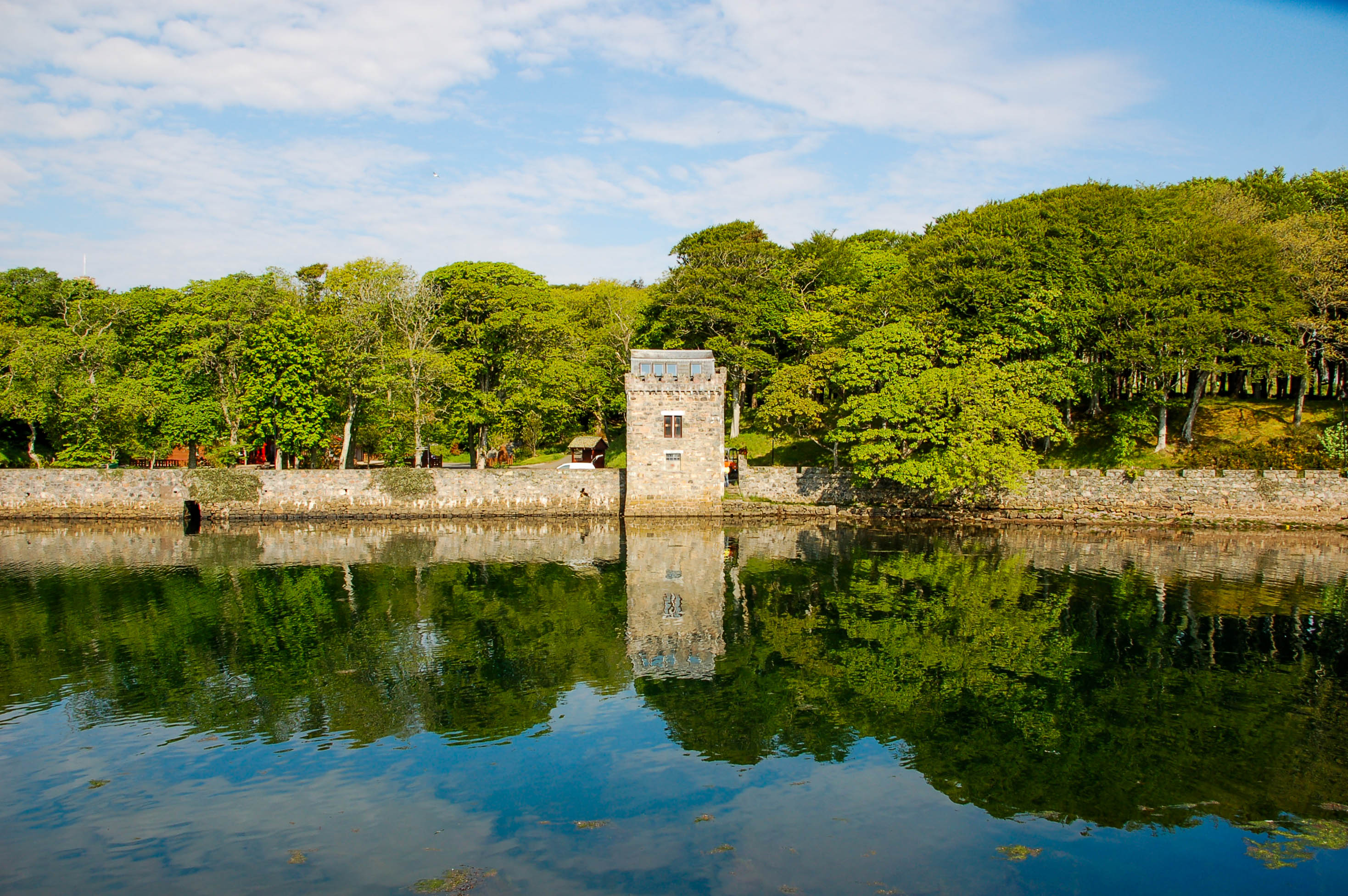
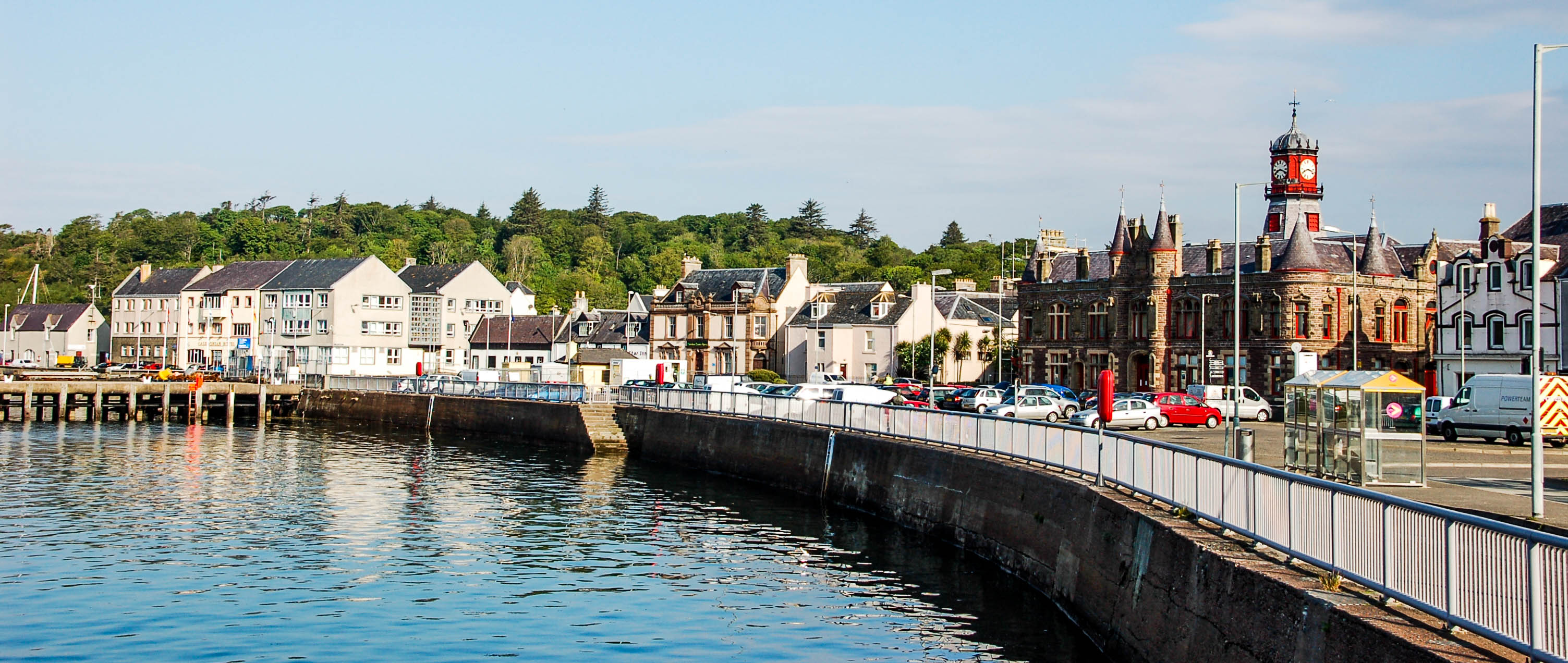


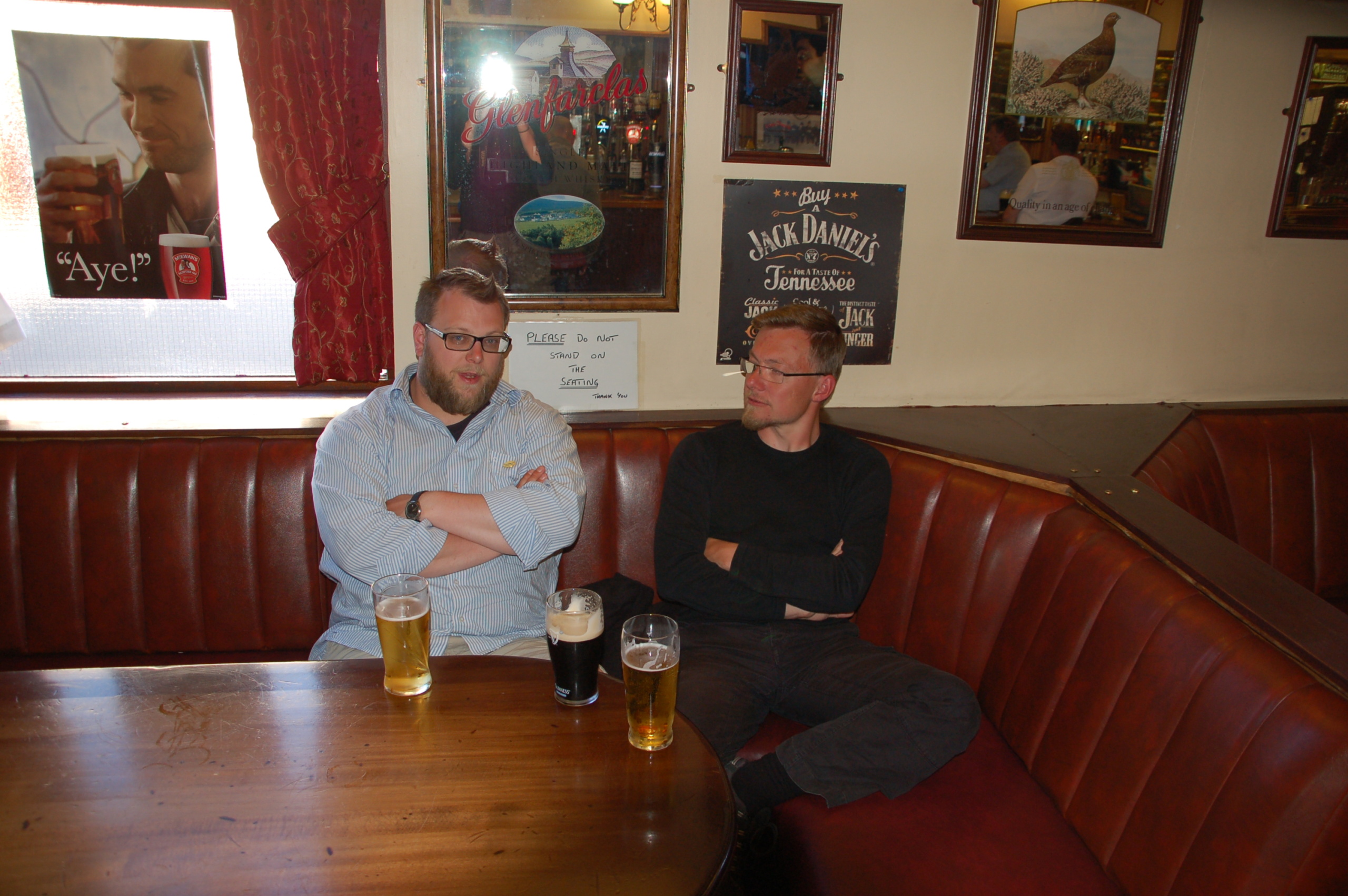
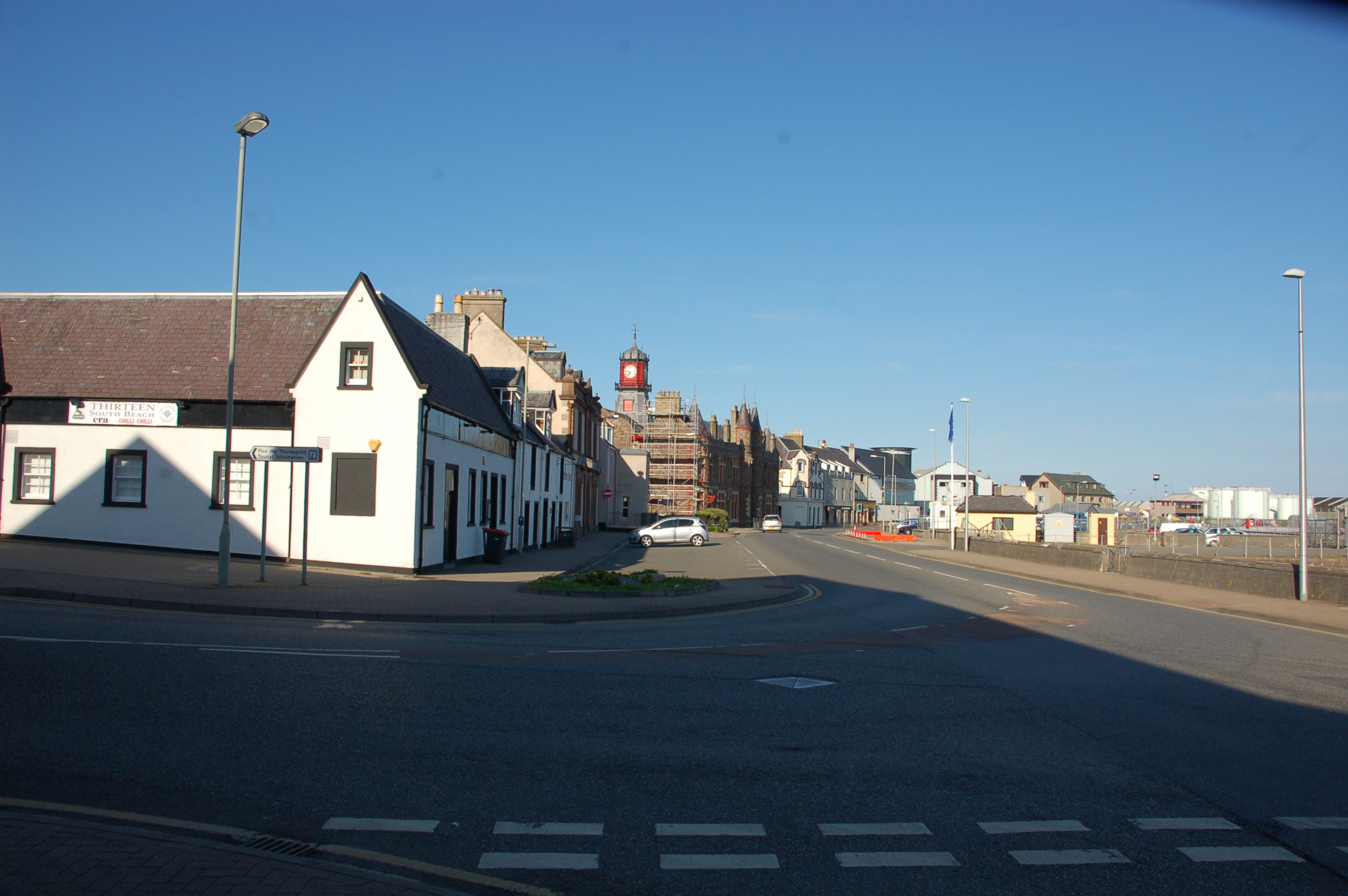
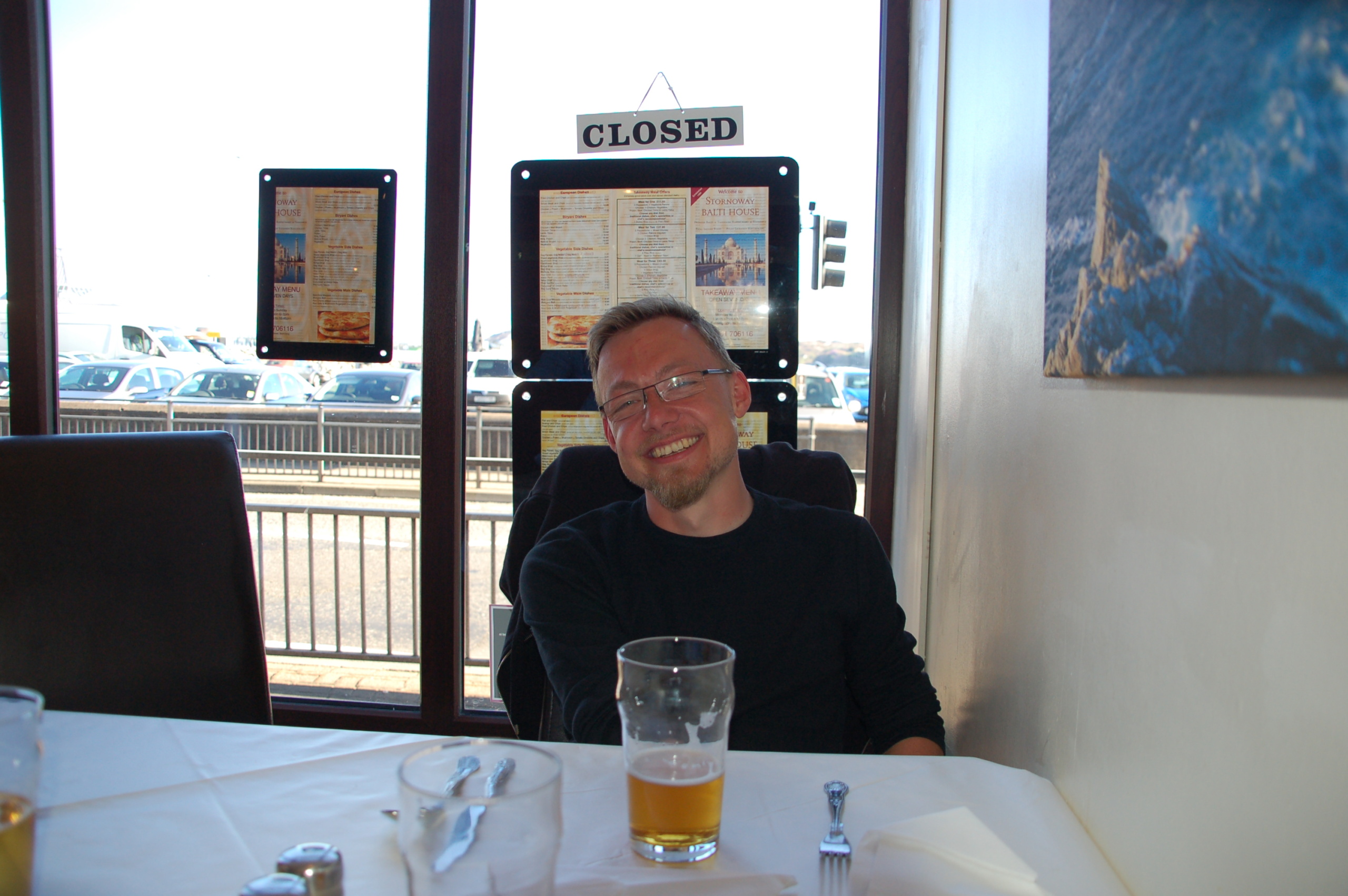
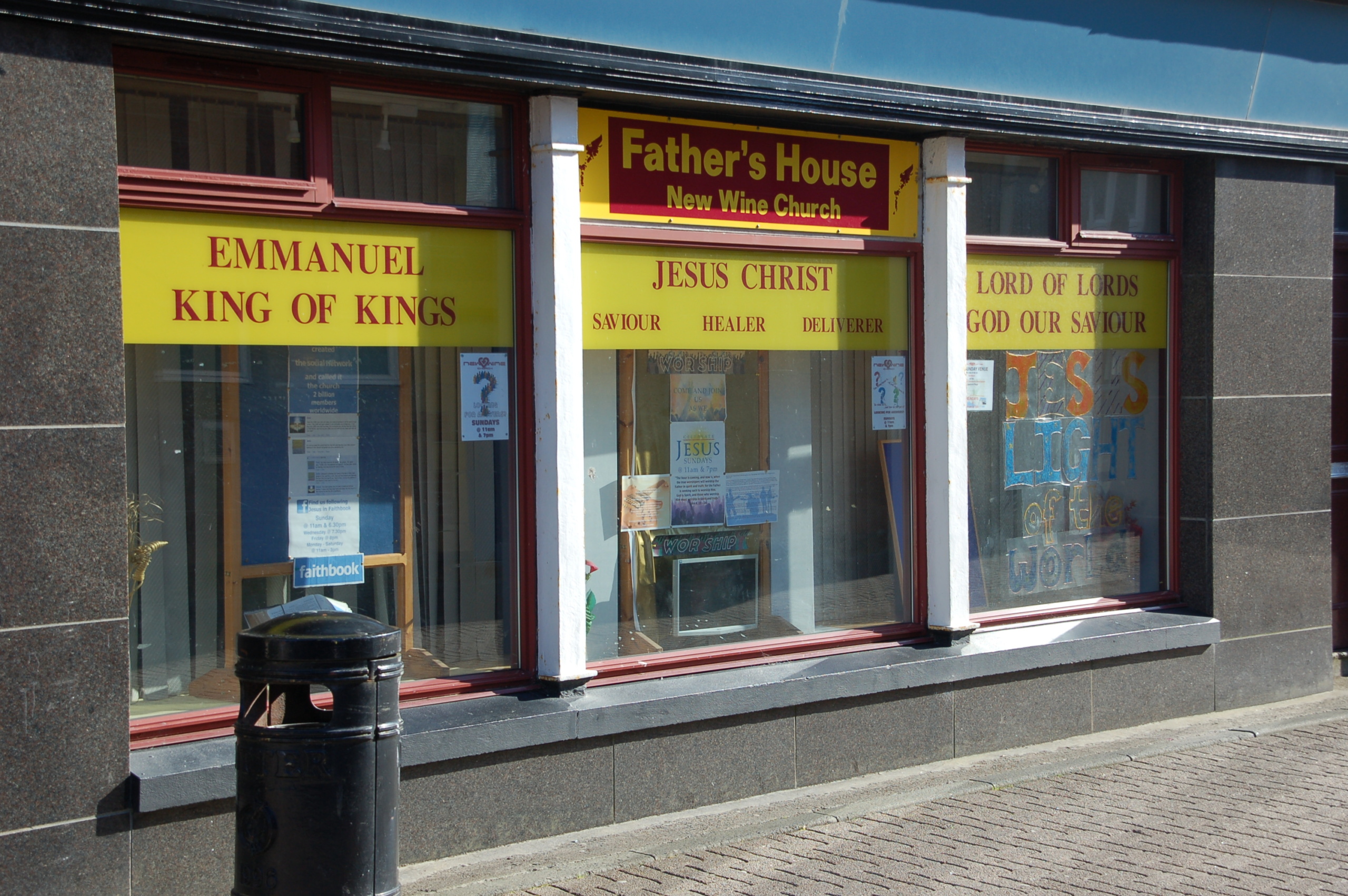
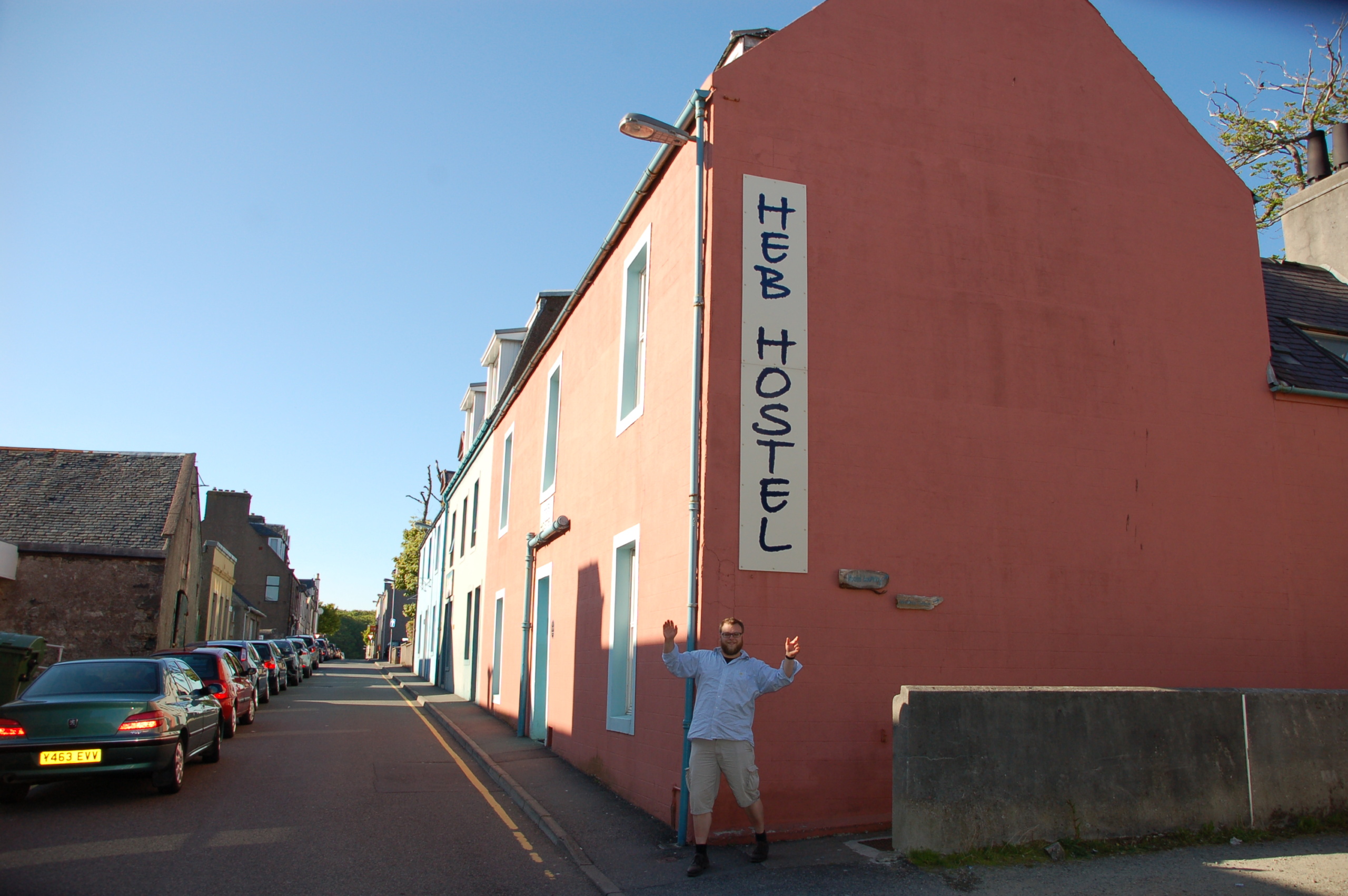
The landscape offers little variety. There are hardly any trees and the few seem to be the veterans of the struggle for survival. Even the sheep seem to walk sideways in habit of braving the fierce winds of the North Atlantic.
The houses are grey. The sky is grey. The landscape is grey. It’s hard to imagine the mood that must prevail here when the weather is really bad. The idea of living here is scary.
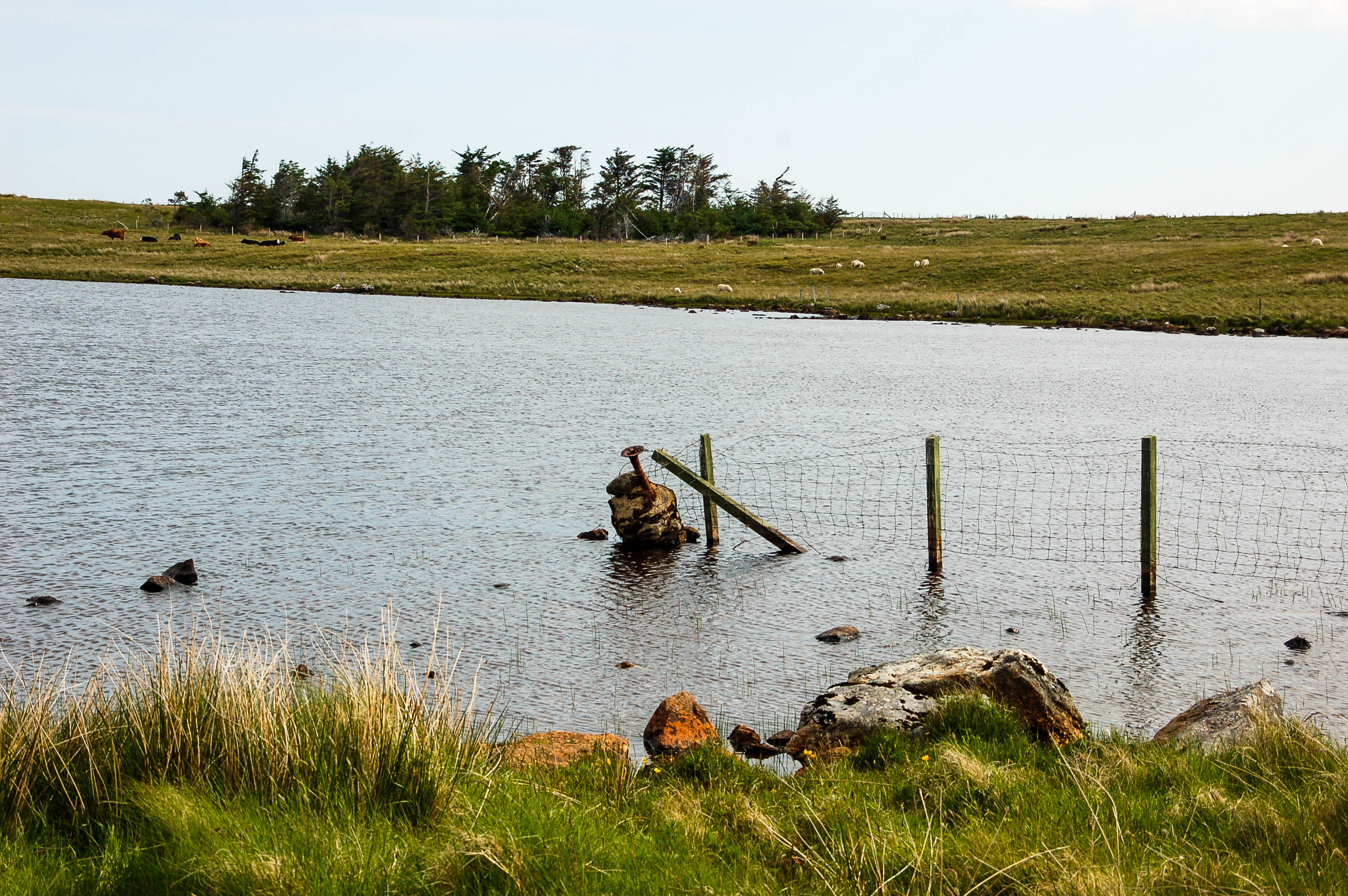
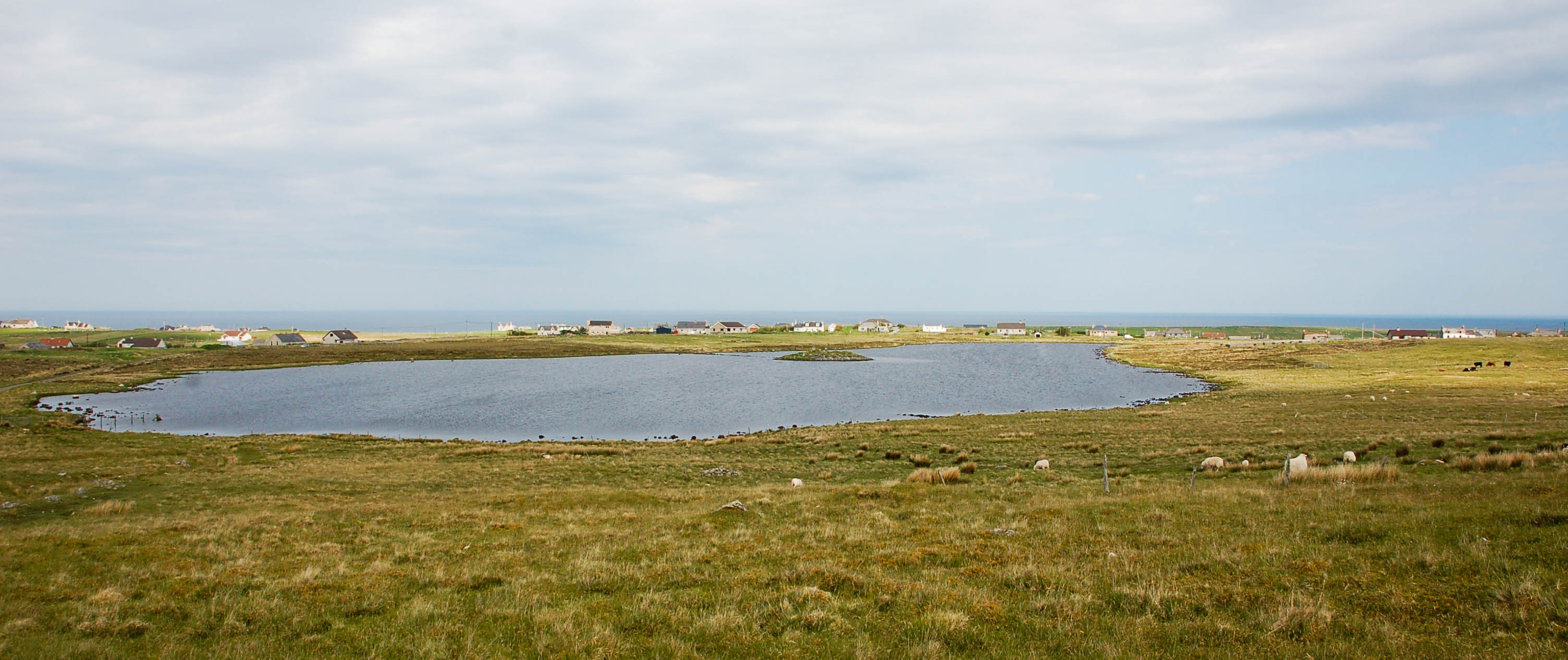
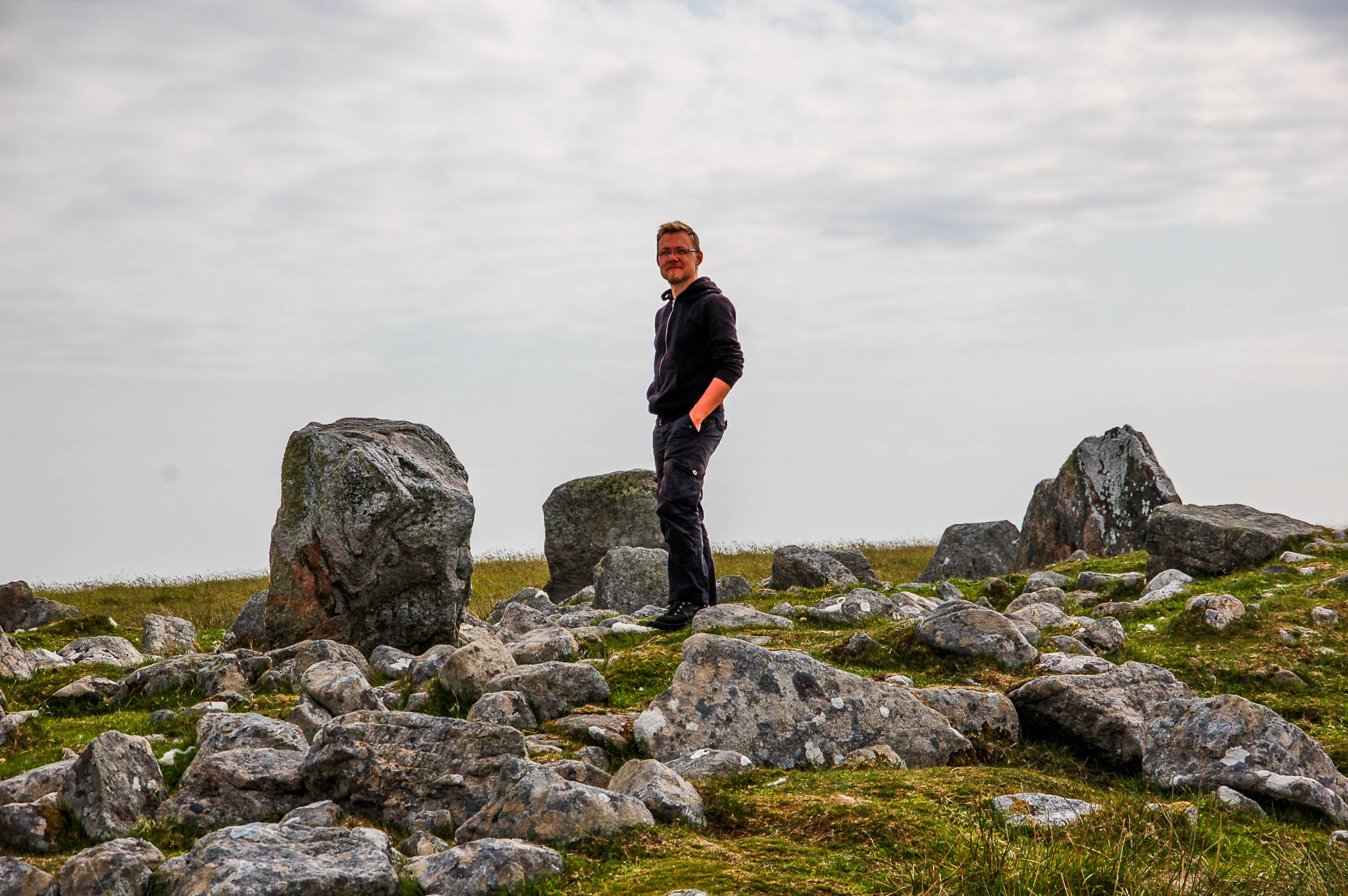
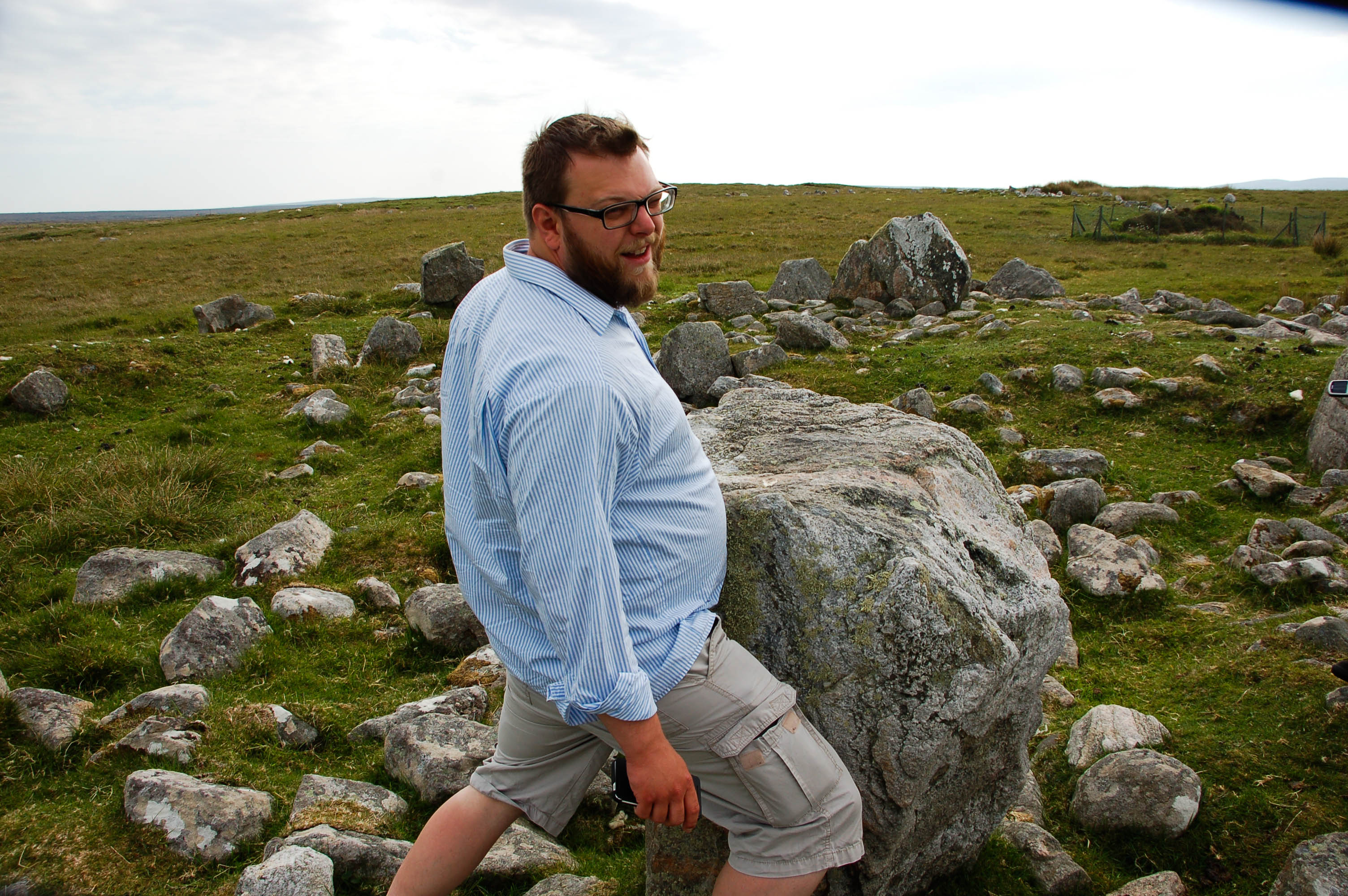
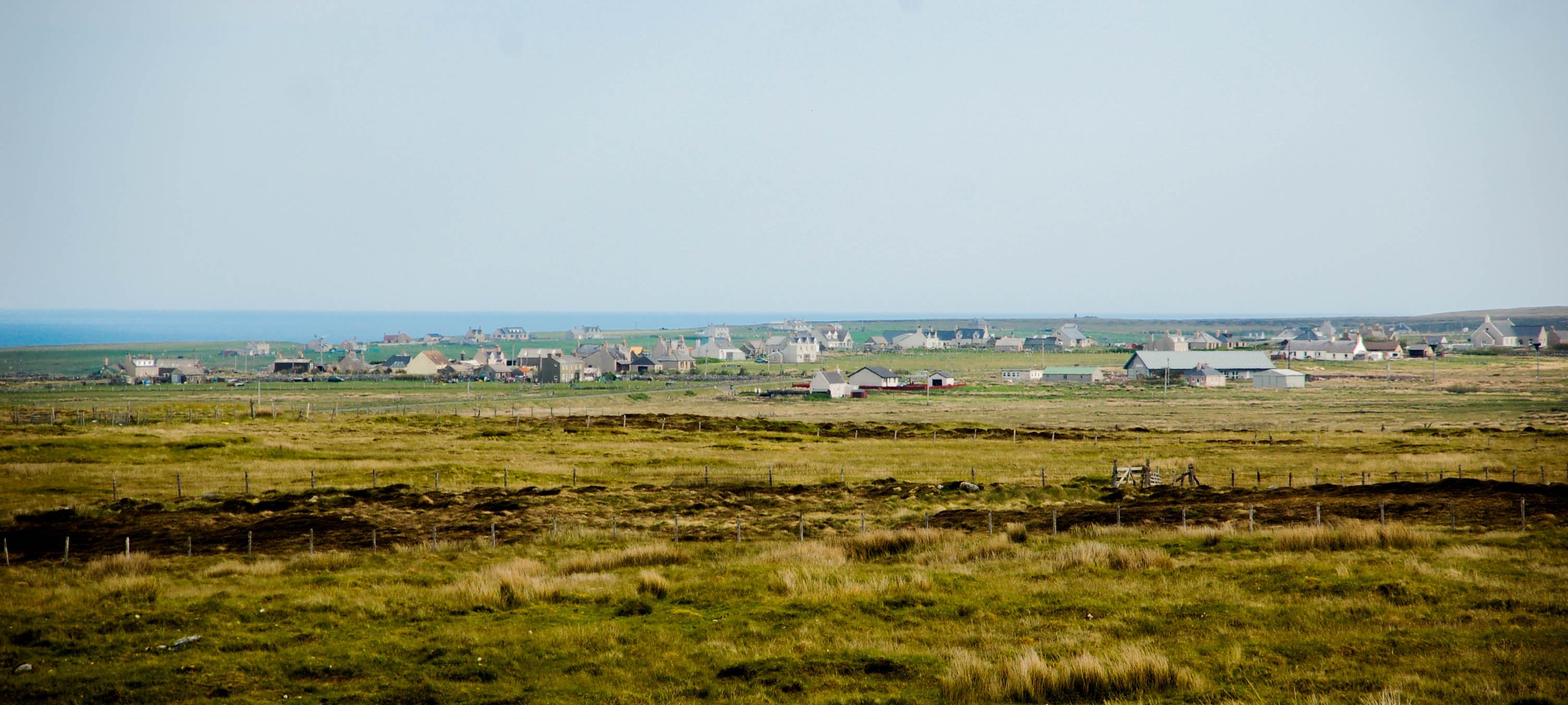
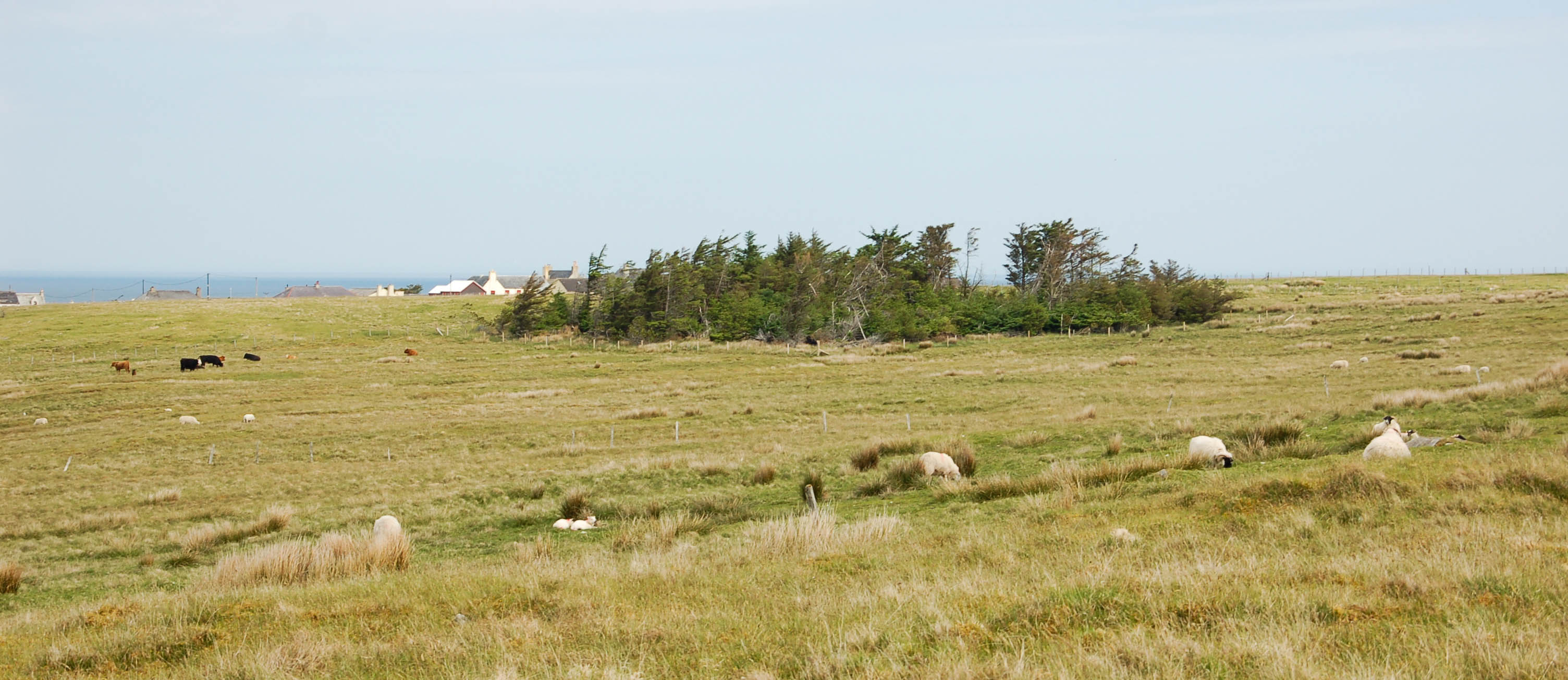
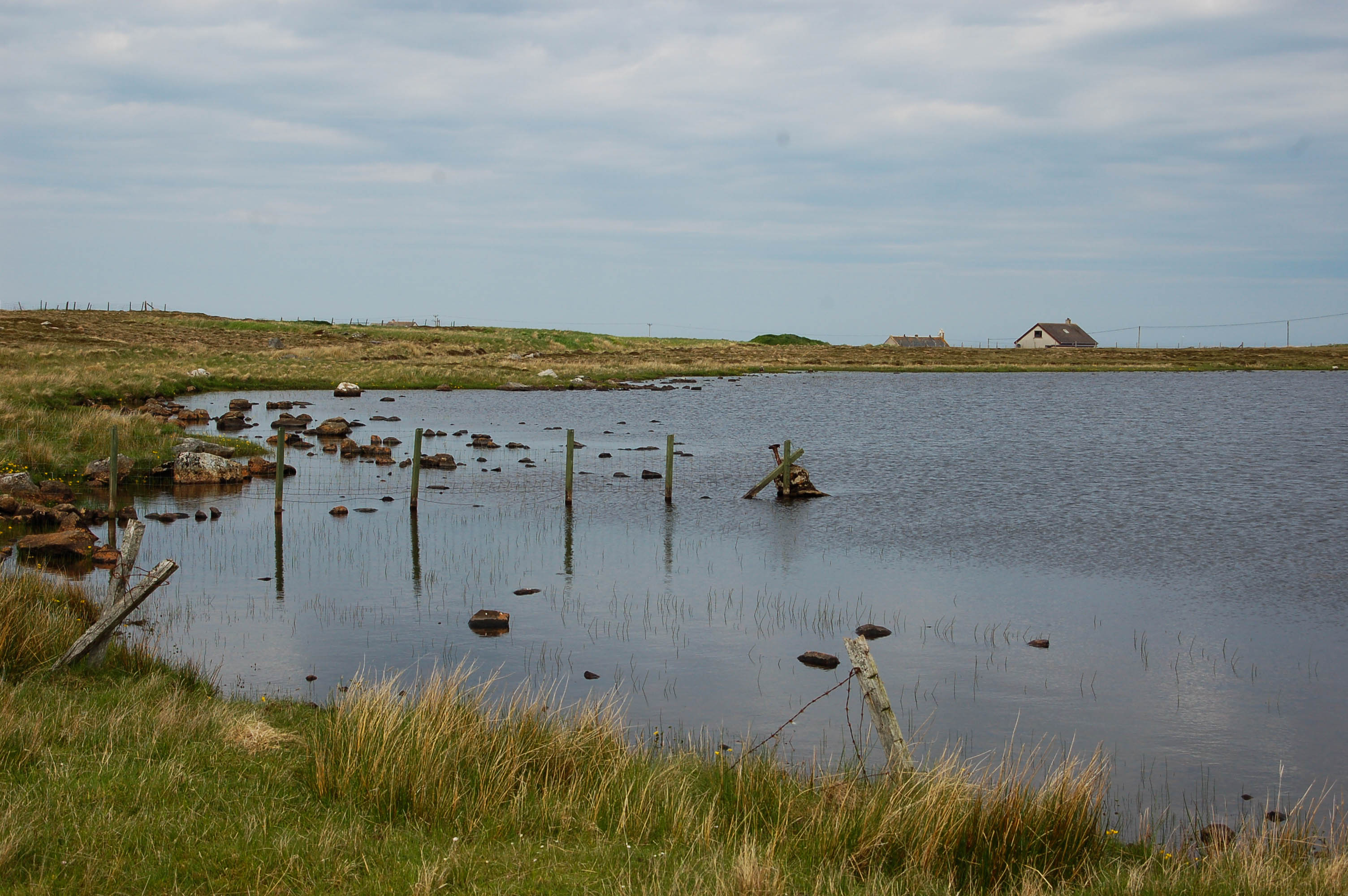
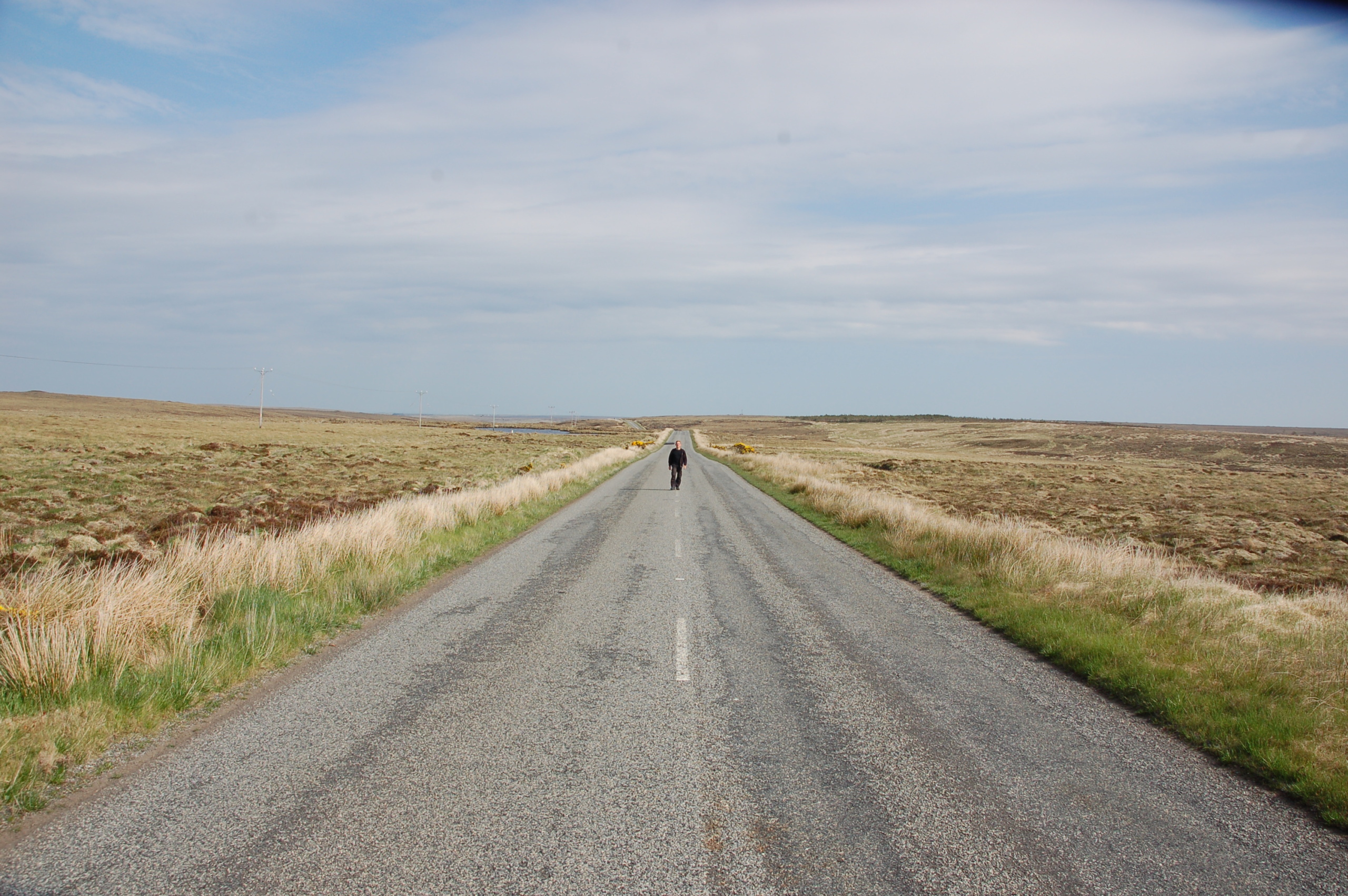
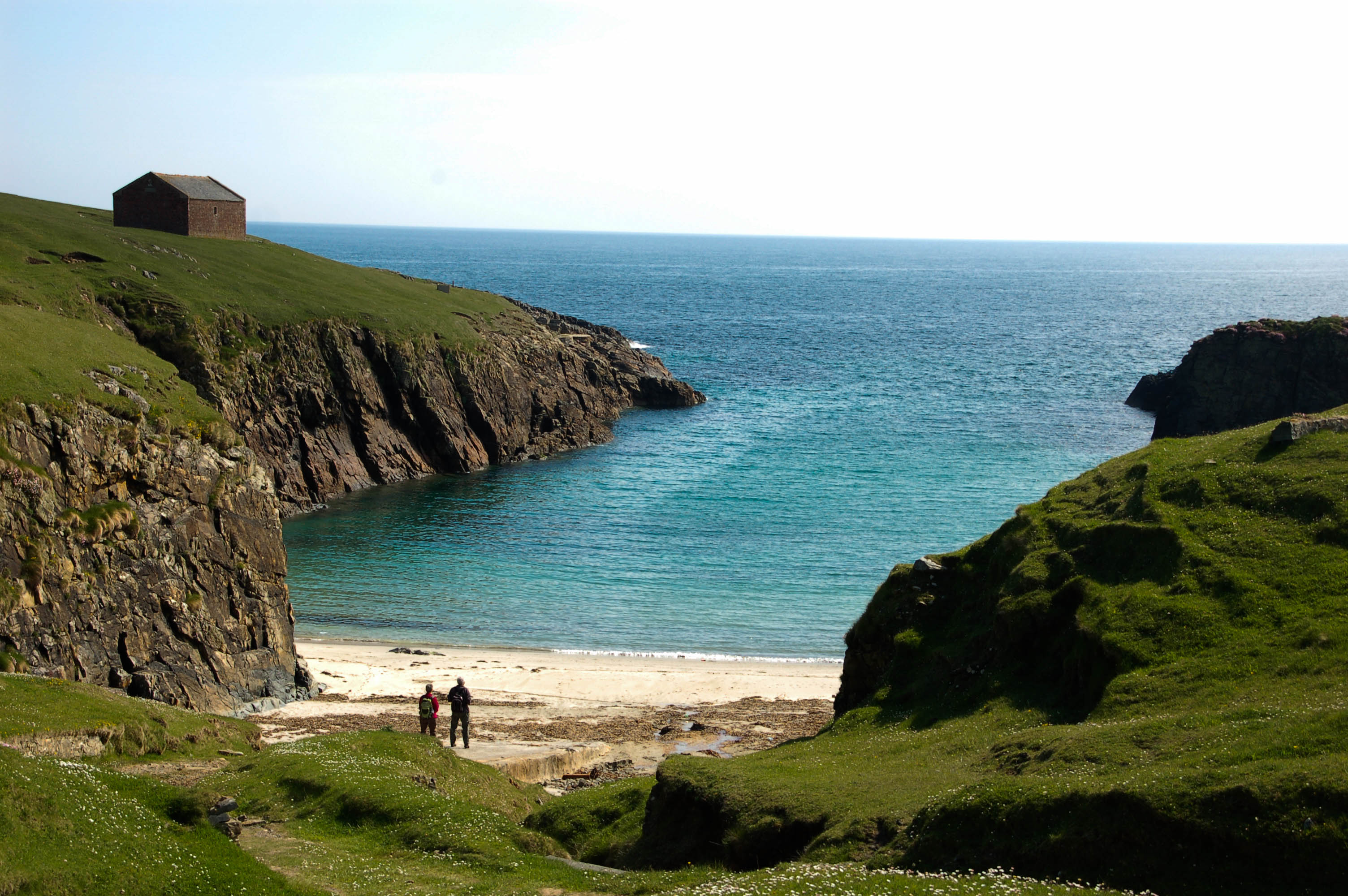

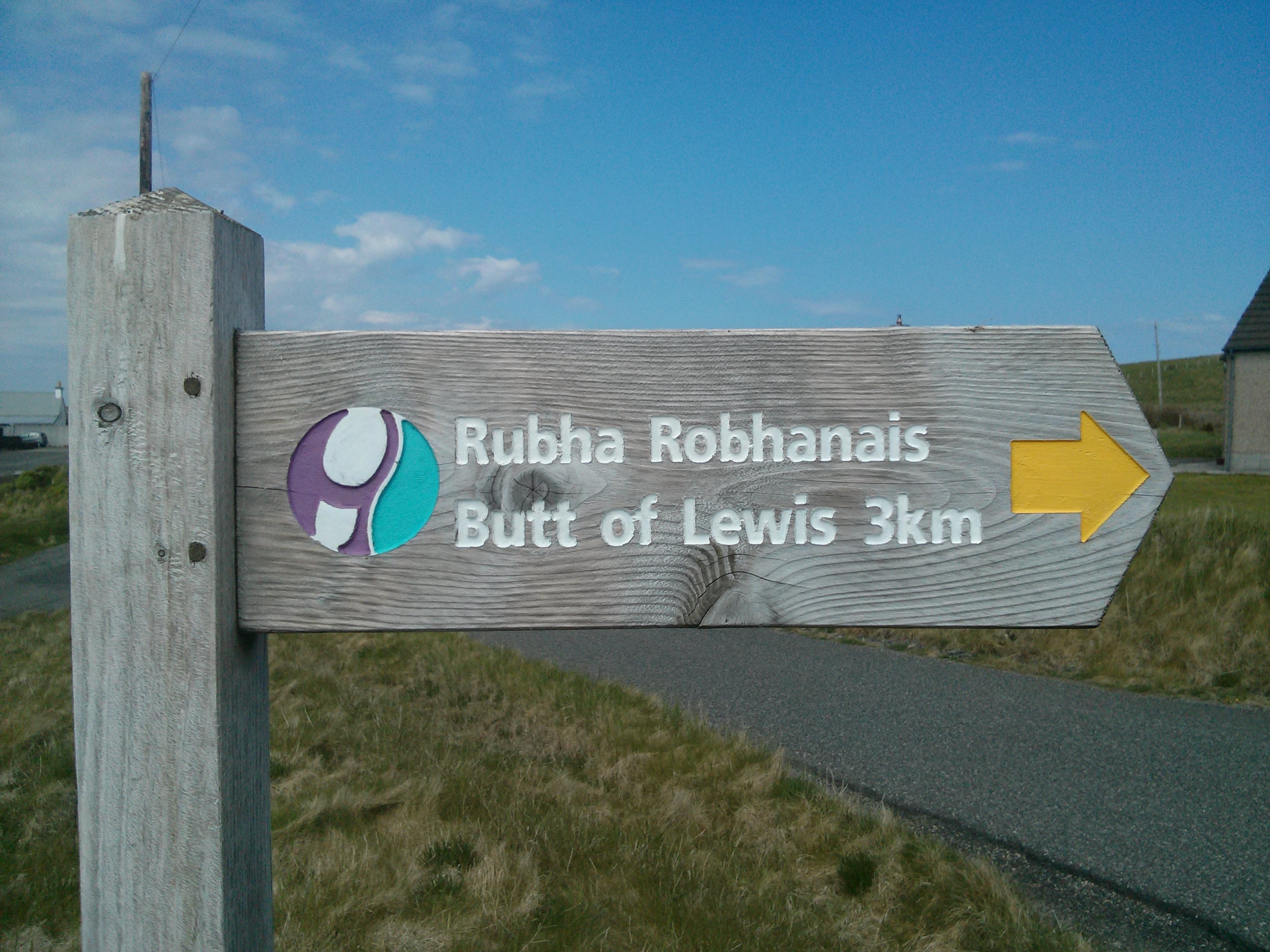
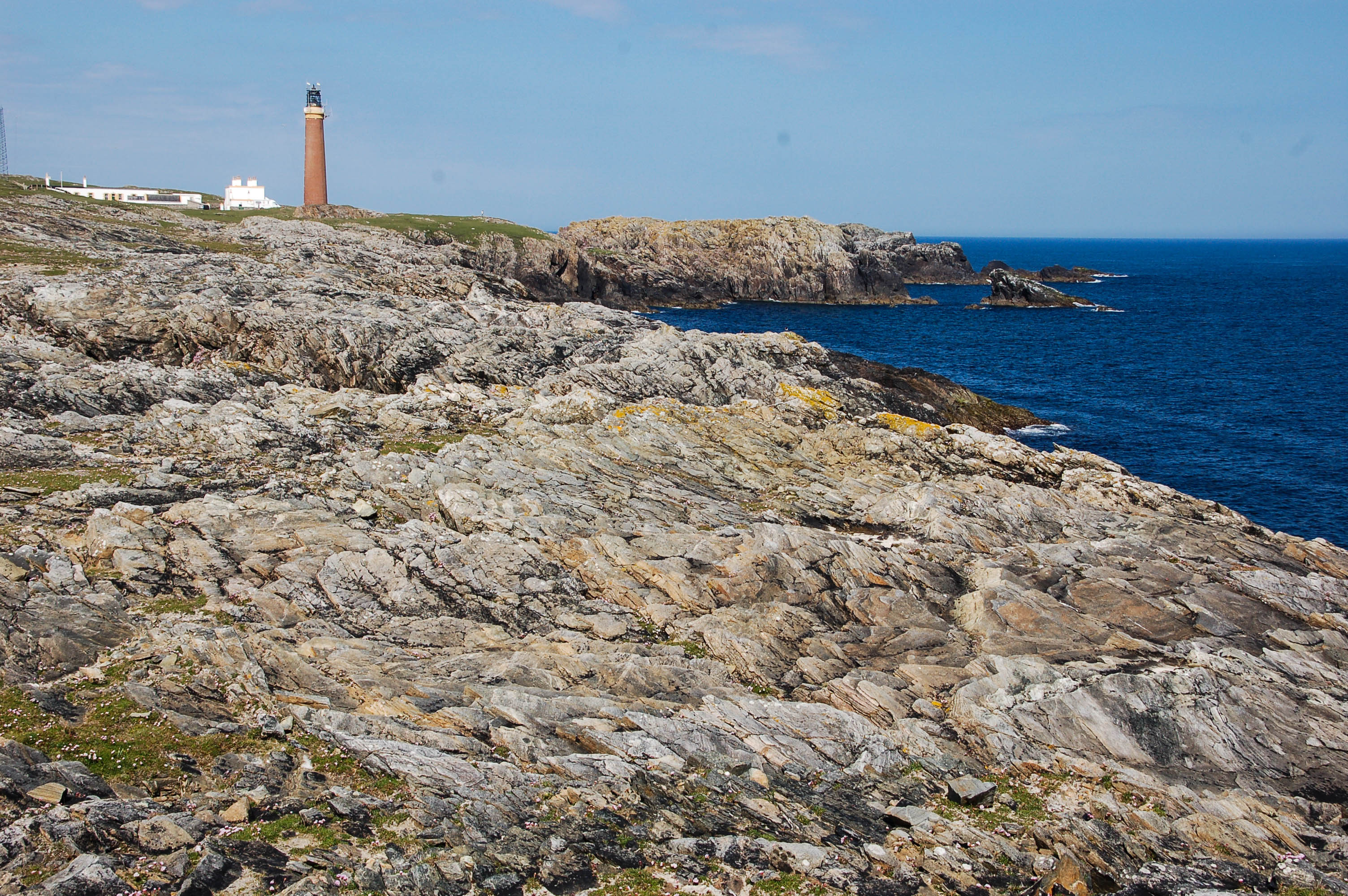
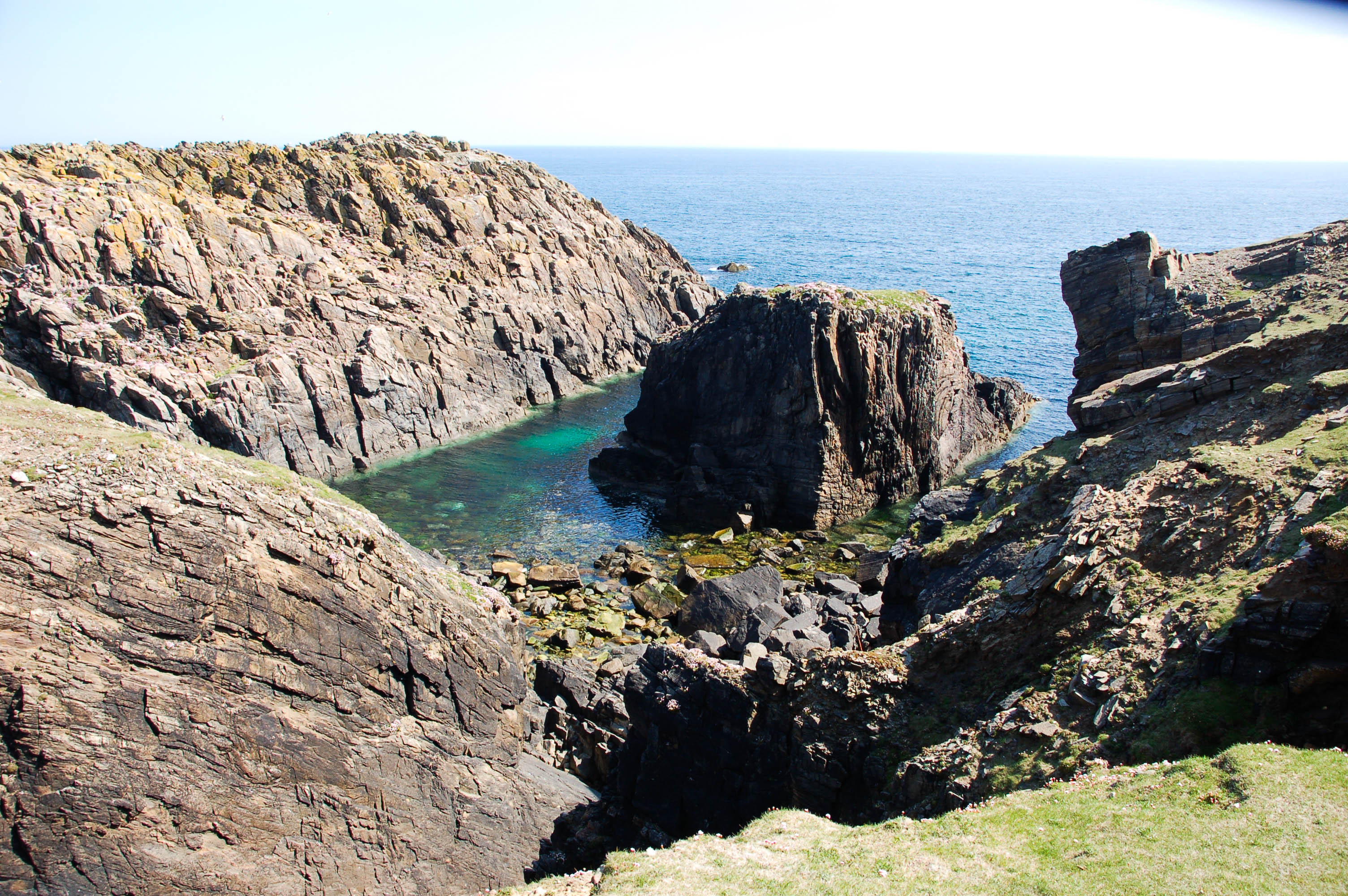
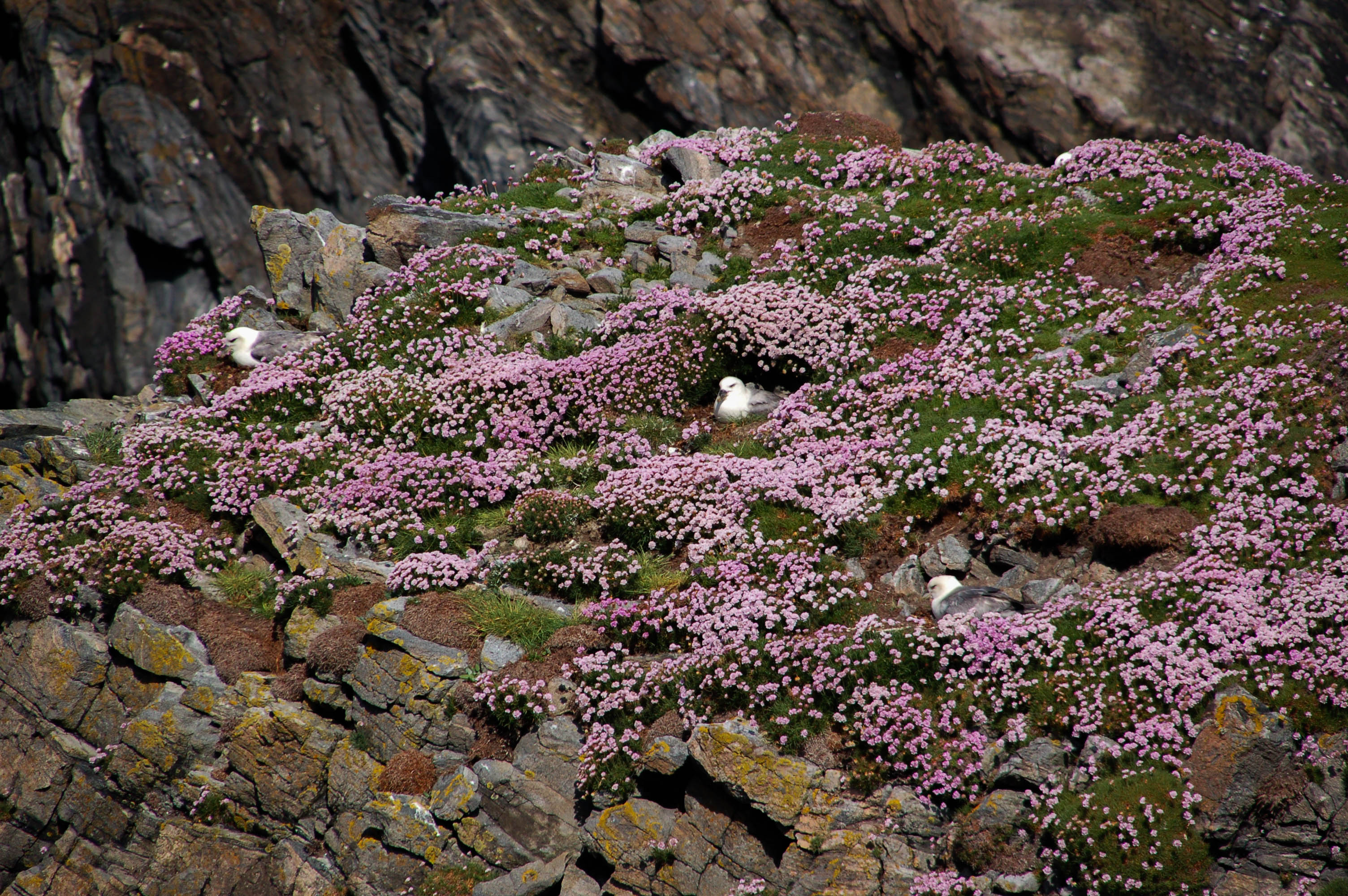
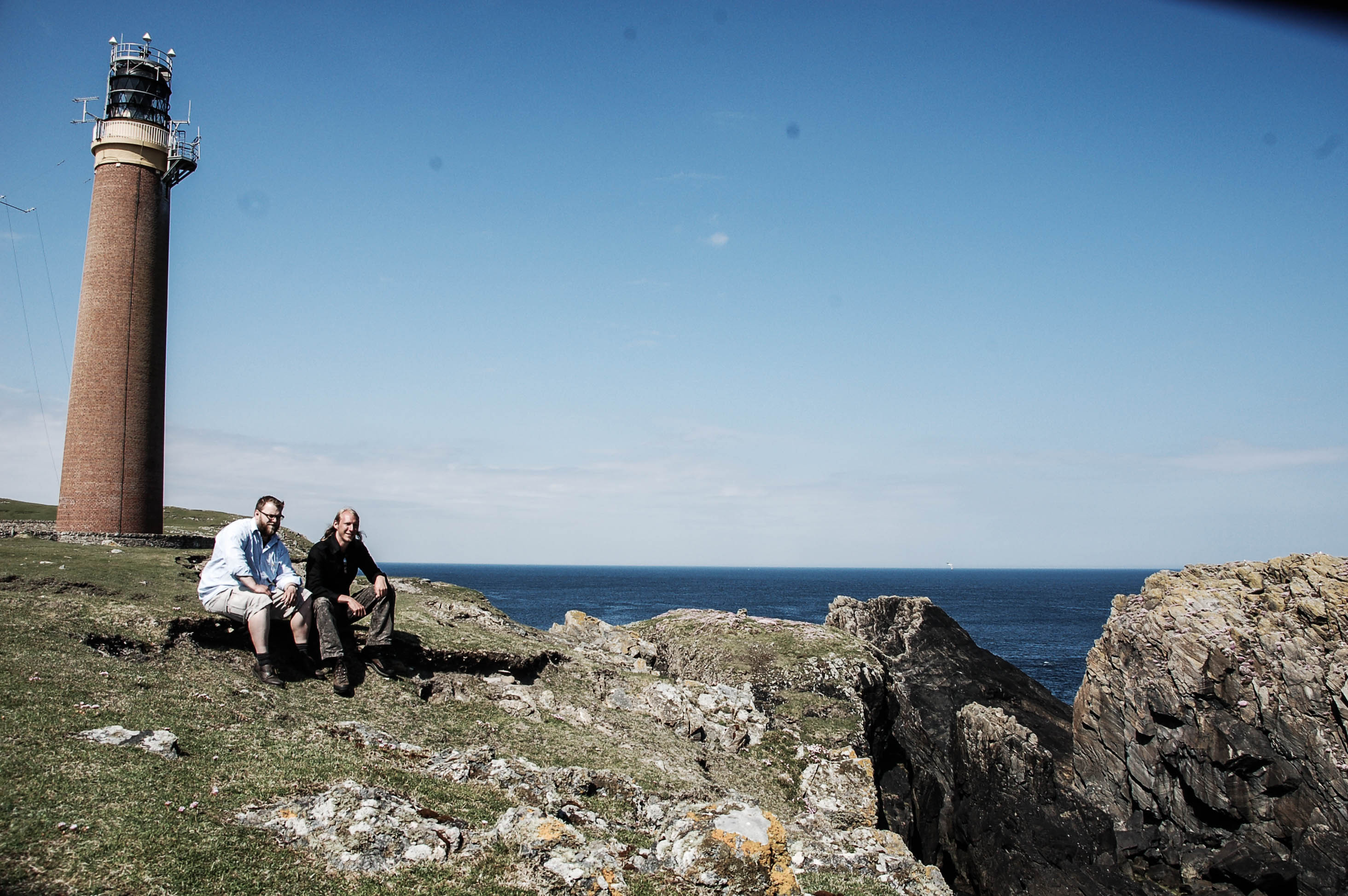
The Butt of Lewis is listed in the Guinness Book as the windiest place in Britain.
We experience it as a sunny patch of earth where a gentle breeze is blowing.
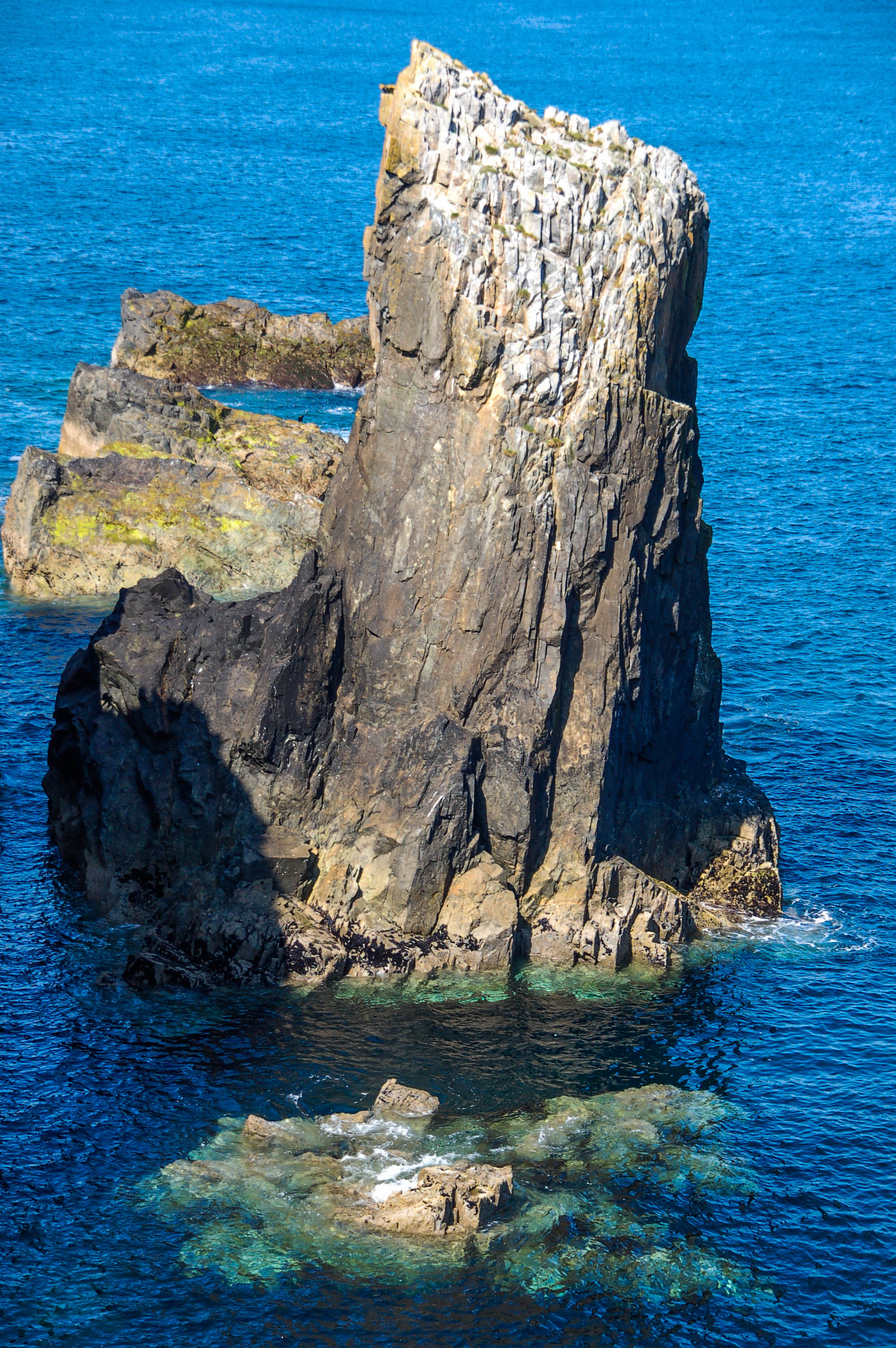

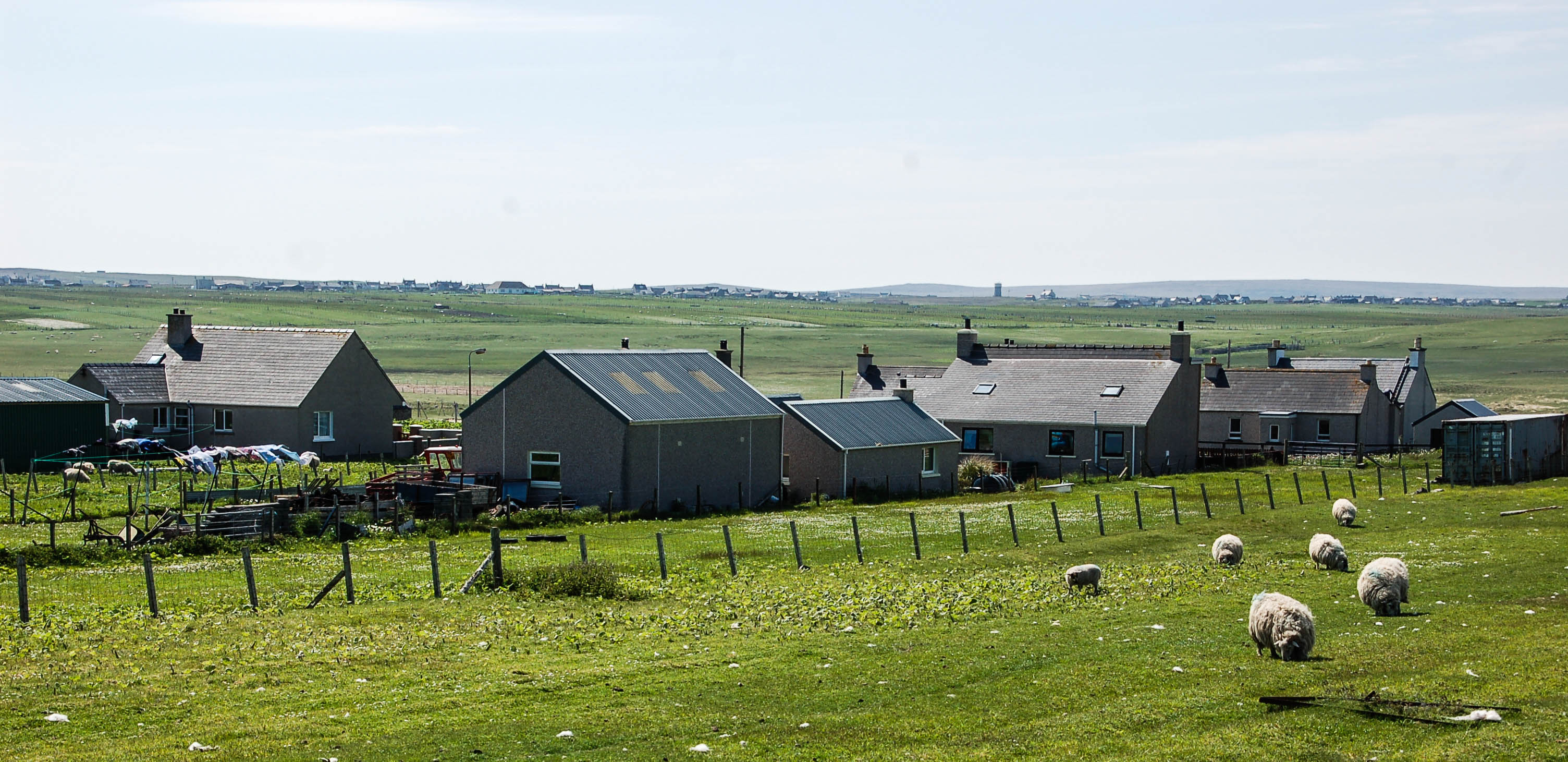
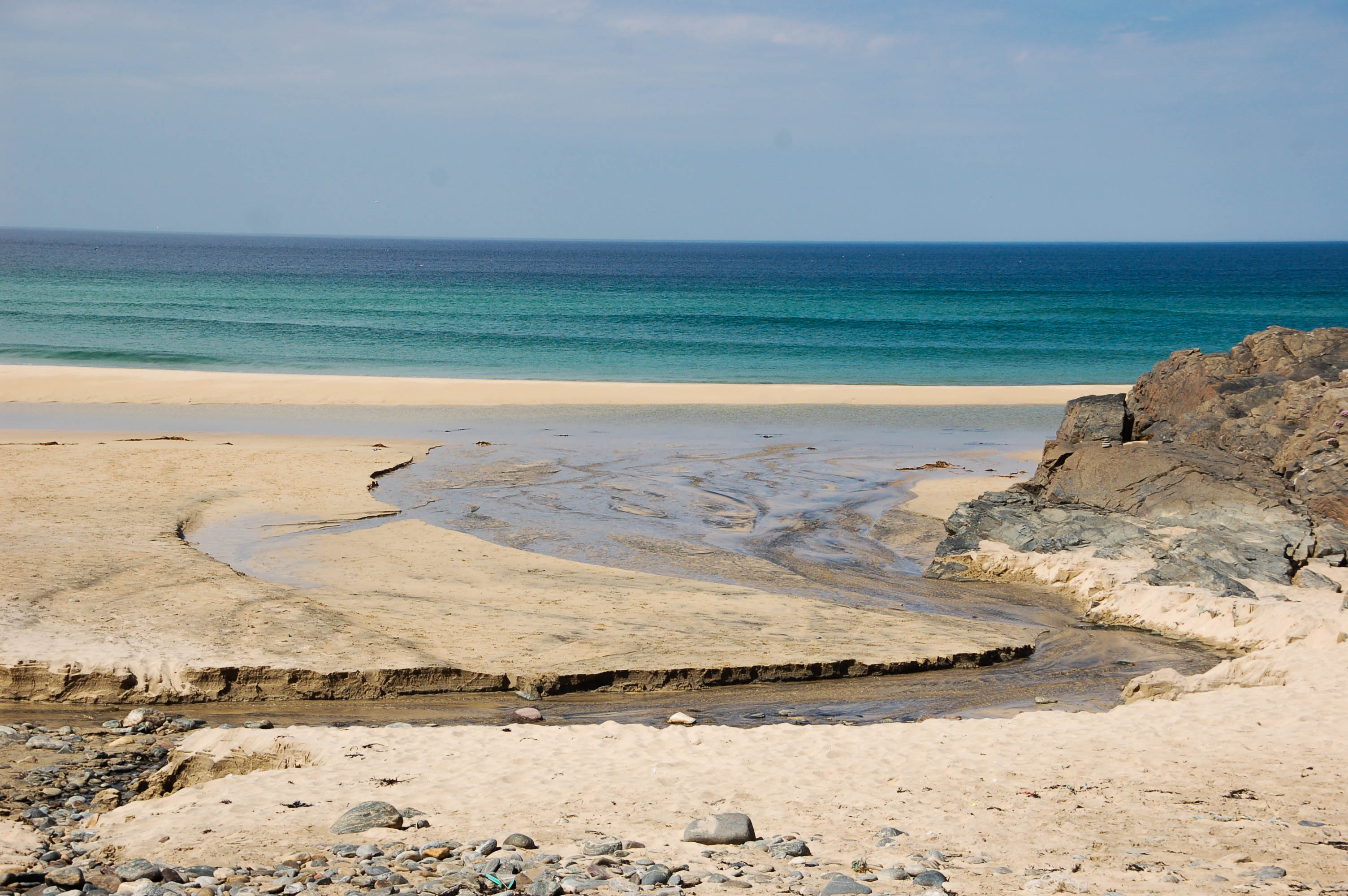
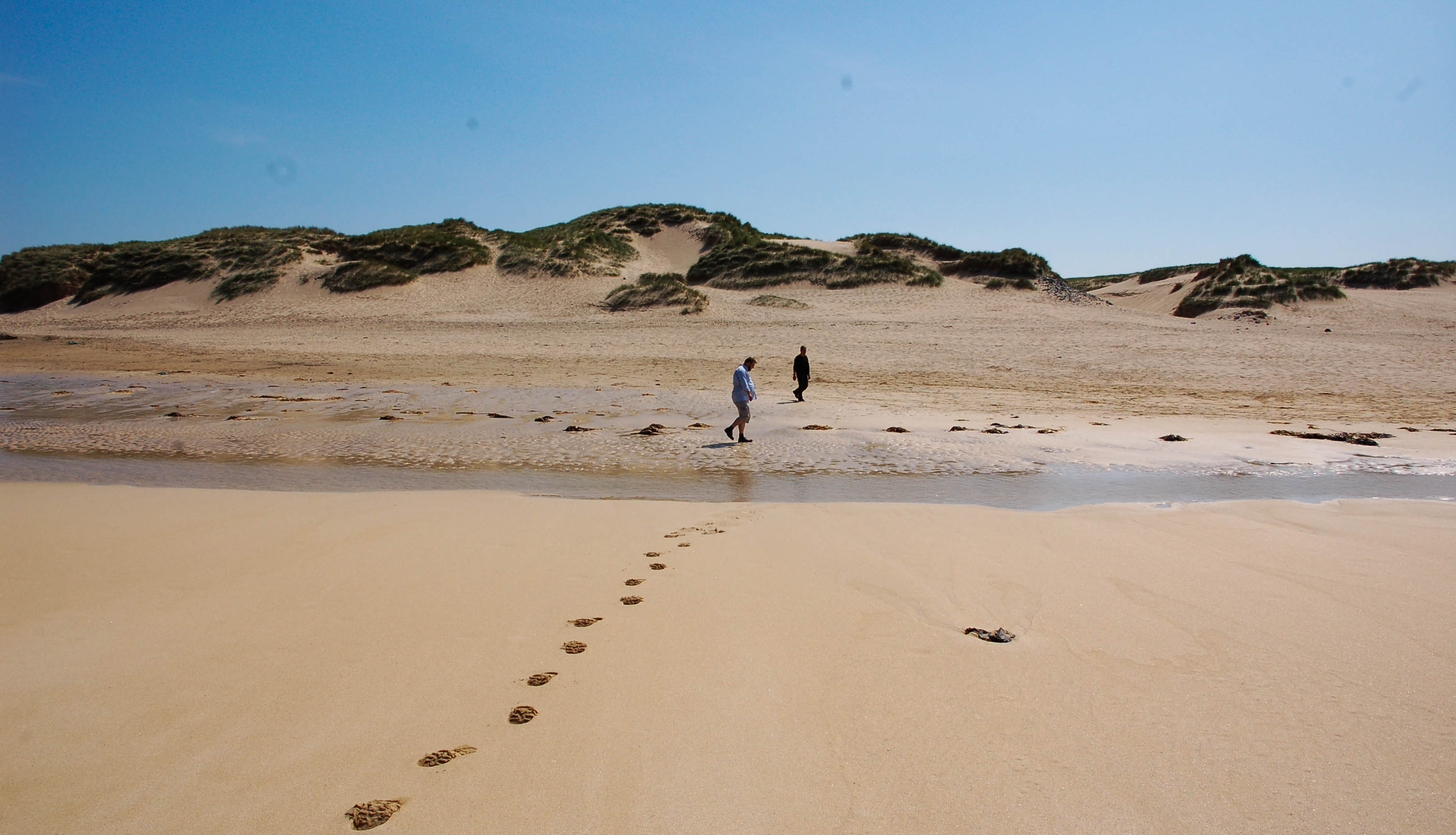

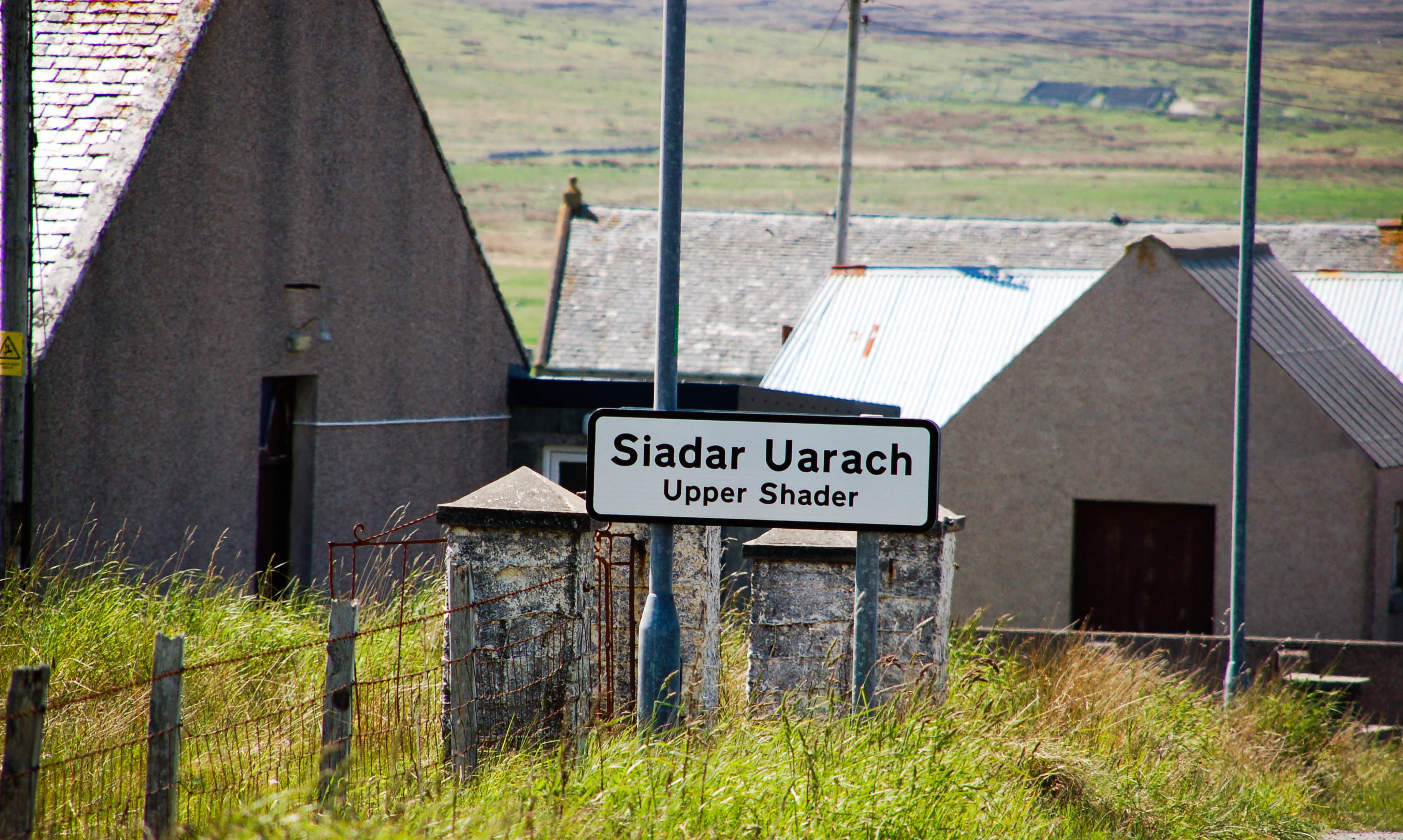
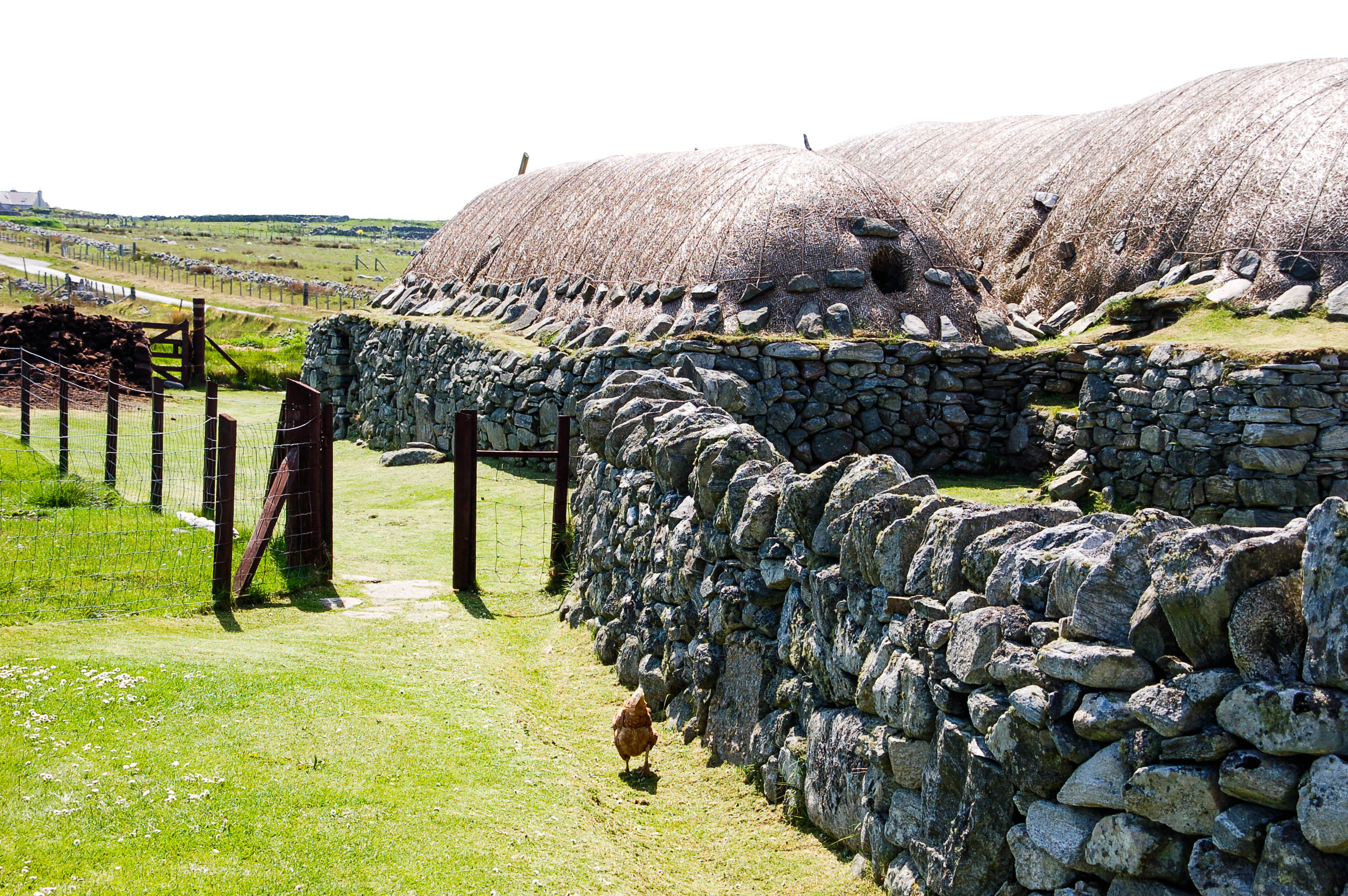

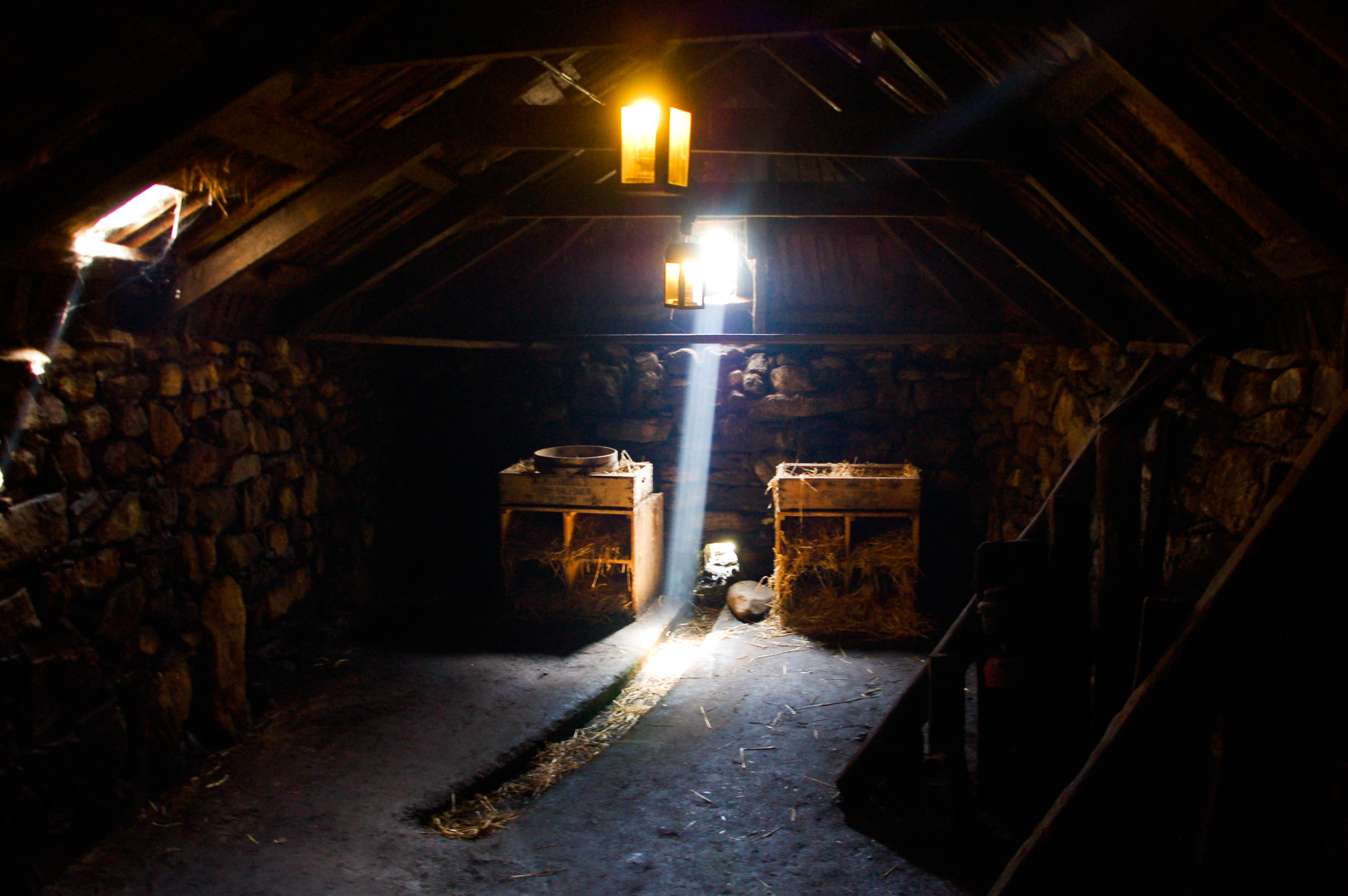
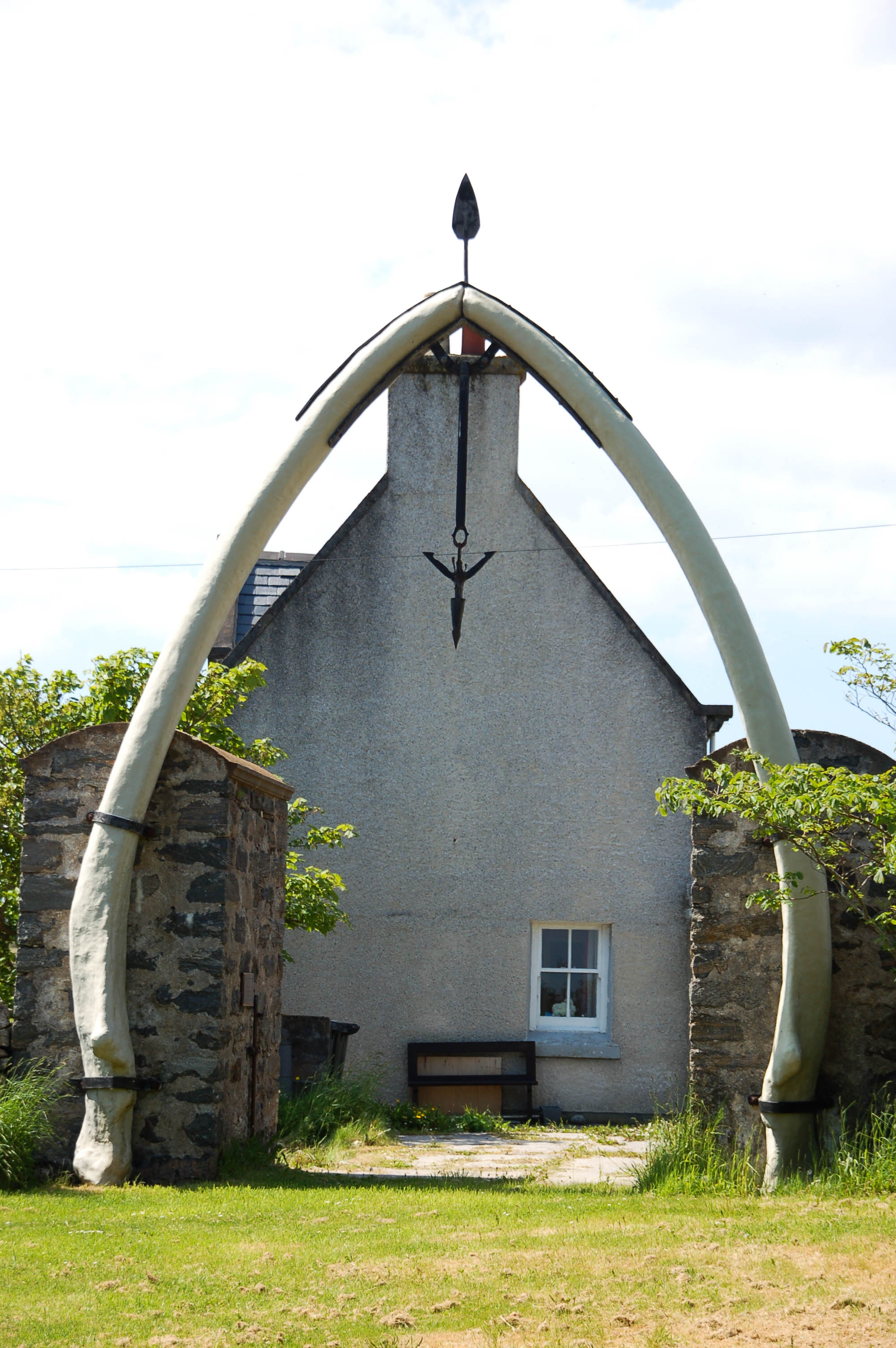
The Black House gives an impression of the hard life that the inhabitants of this remote island lived until the middle of the 20th century. They lived together with their cattle in windowless huts that crouched low on the ground.
The name derives from the soot from the peat fire that fills the inside of the house. Lung cancer should probably be a natural death on this island.
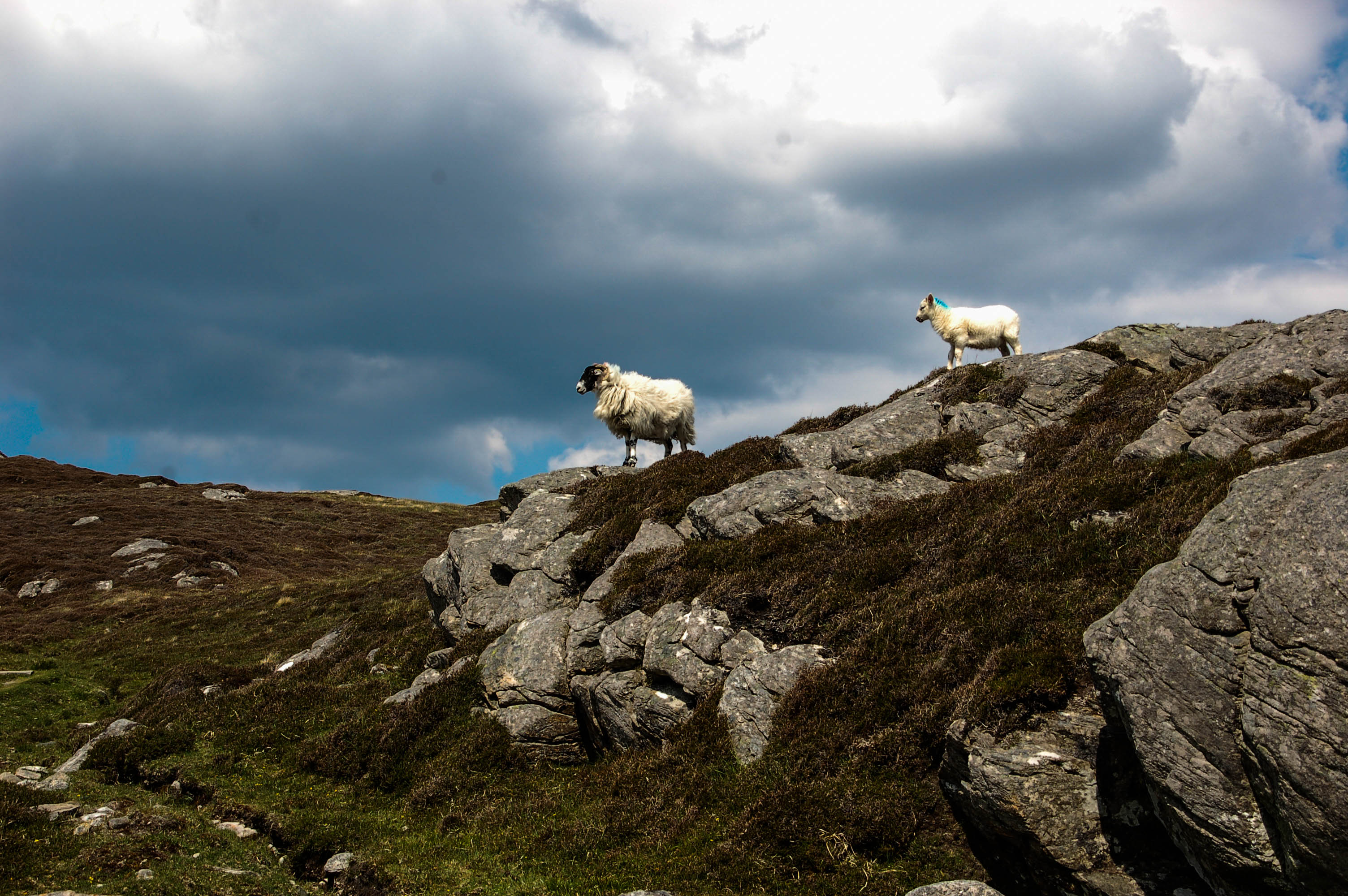

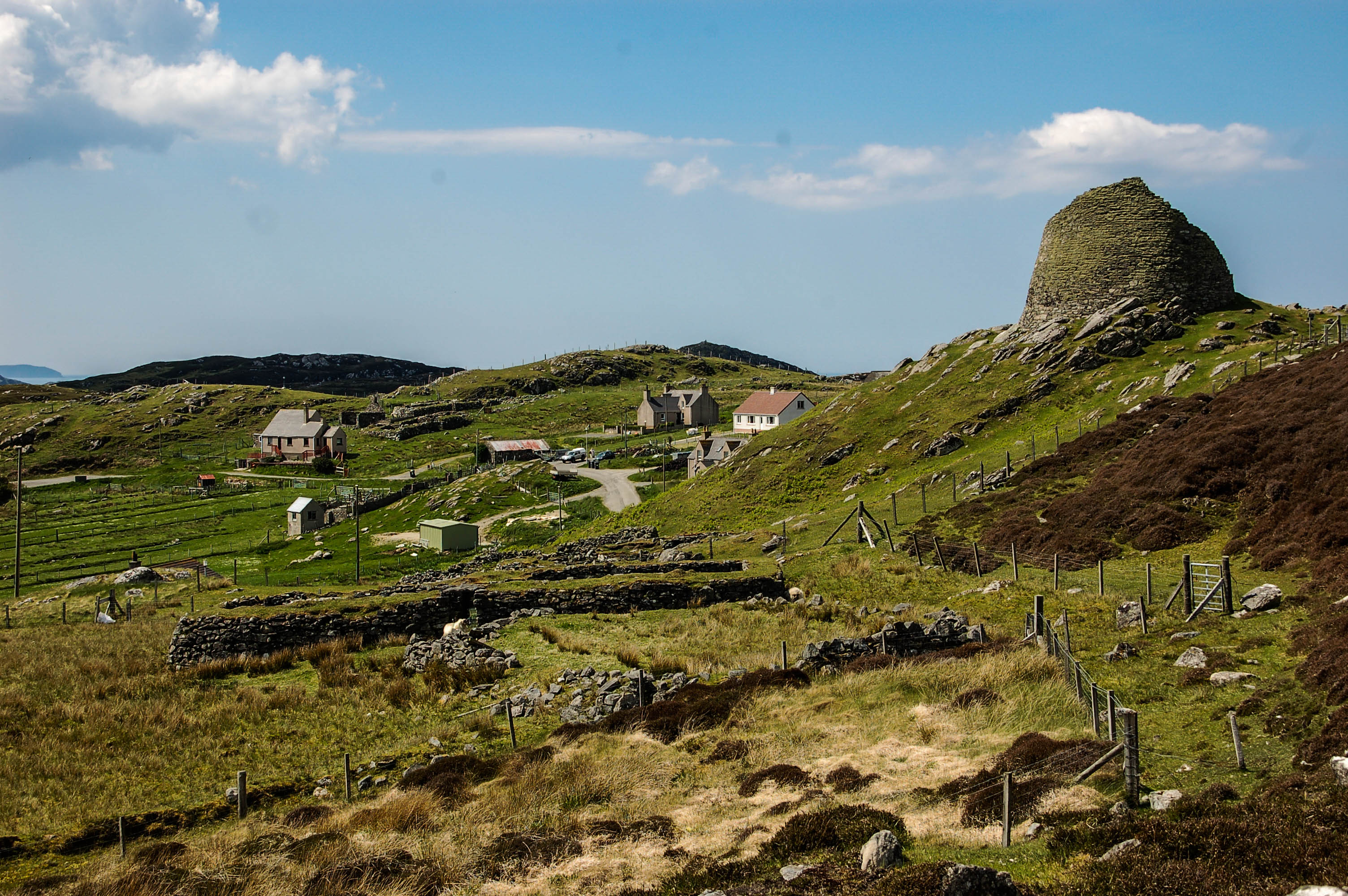
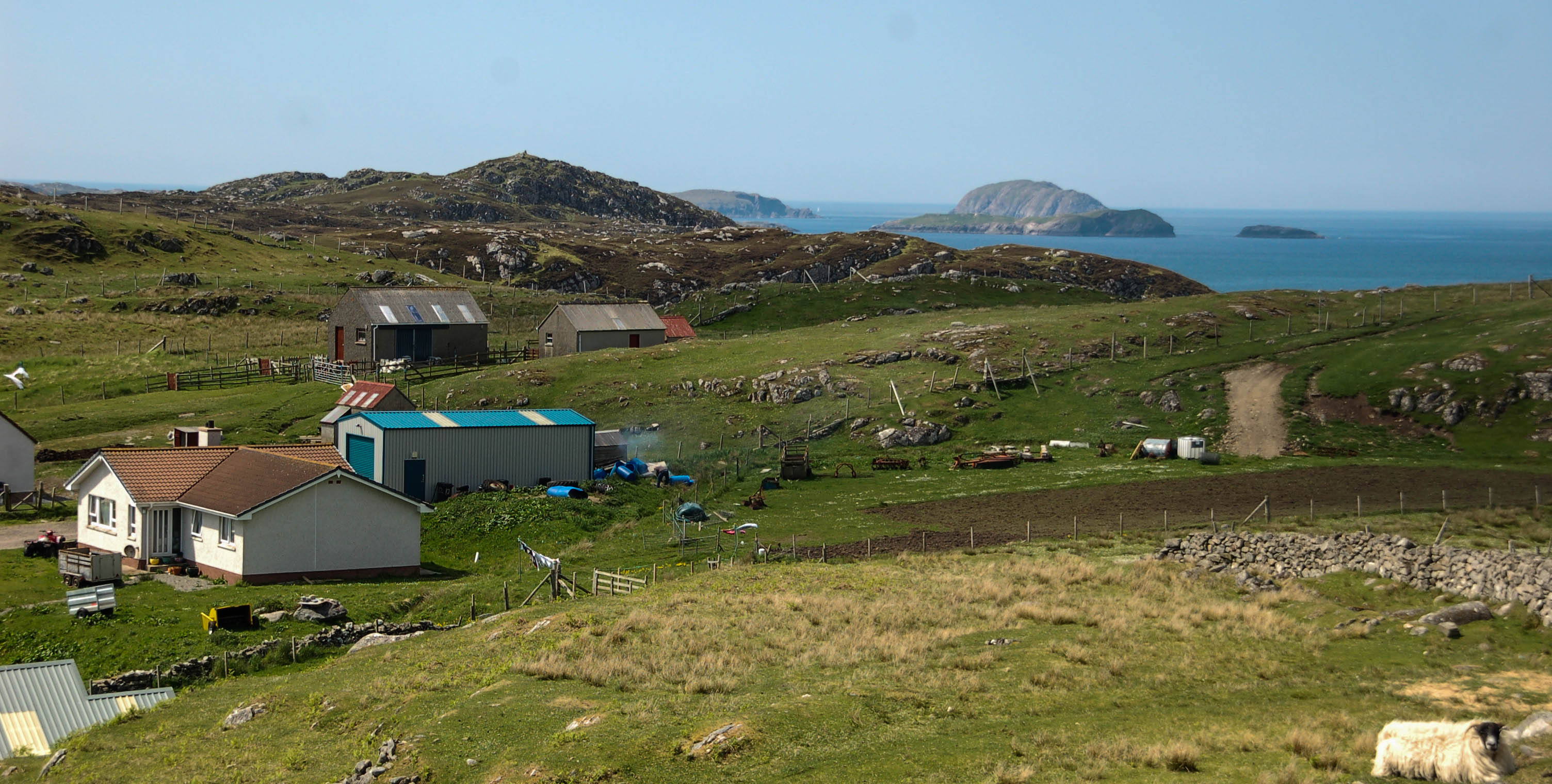
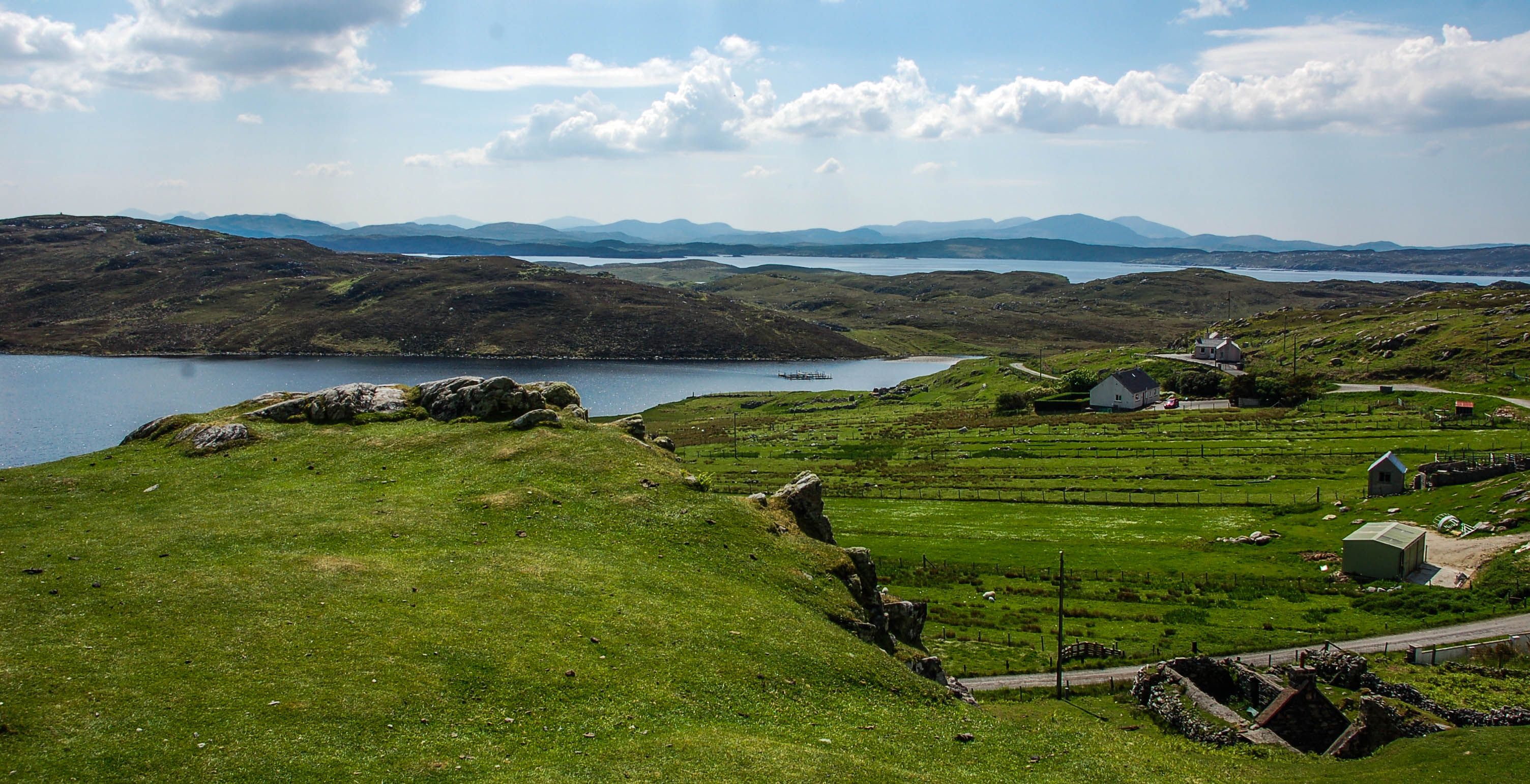
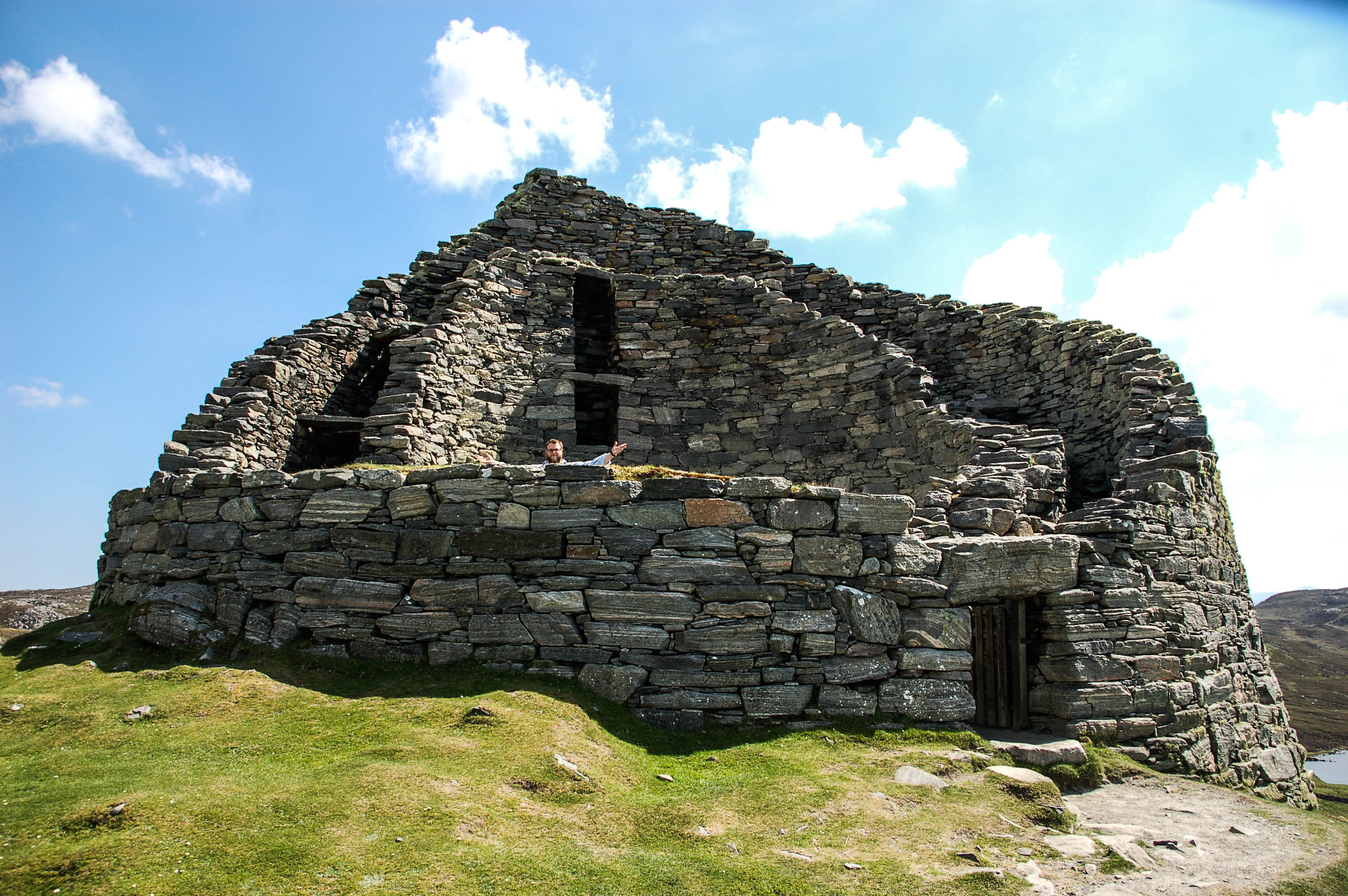
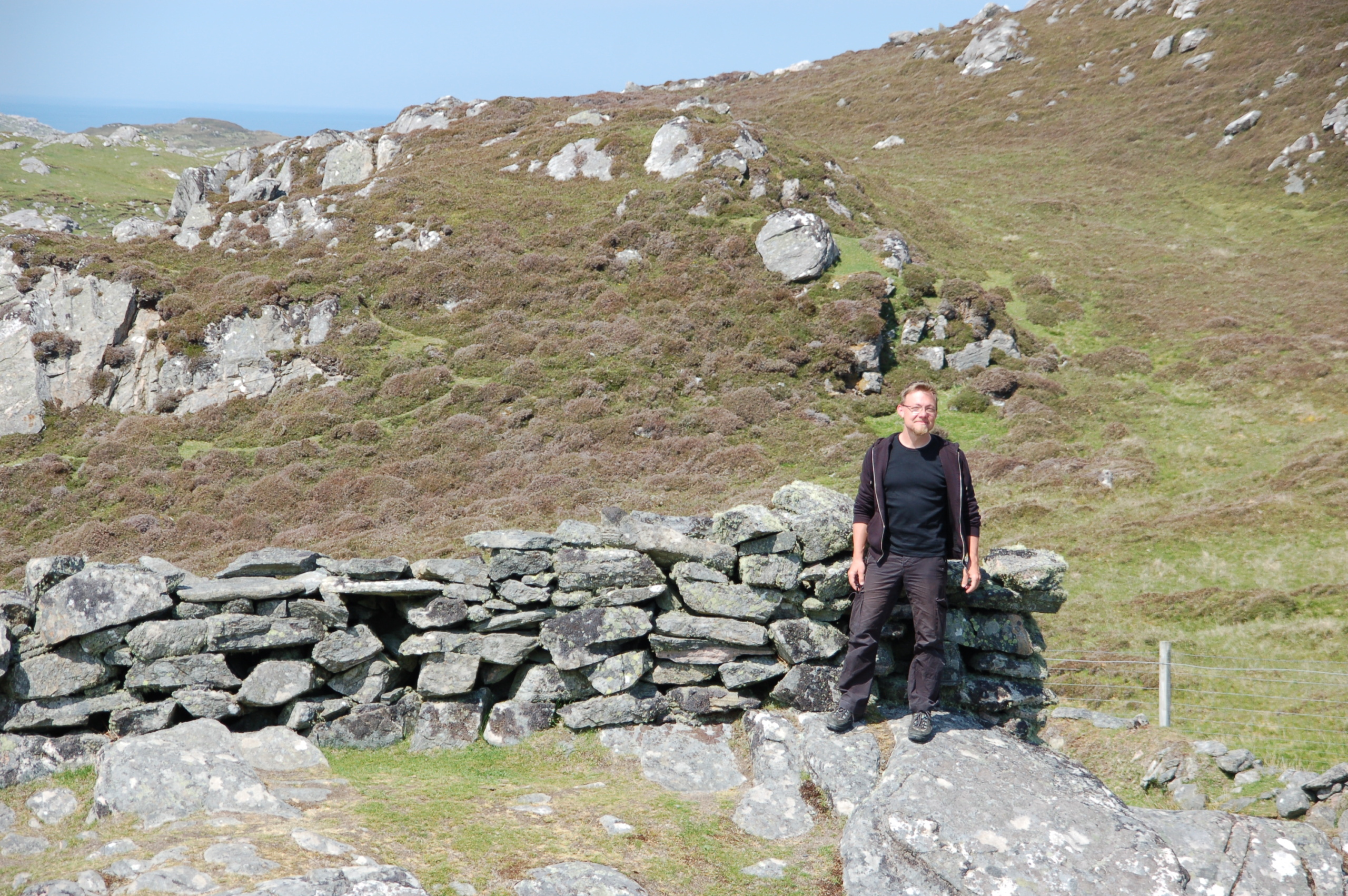
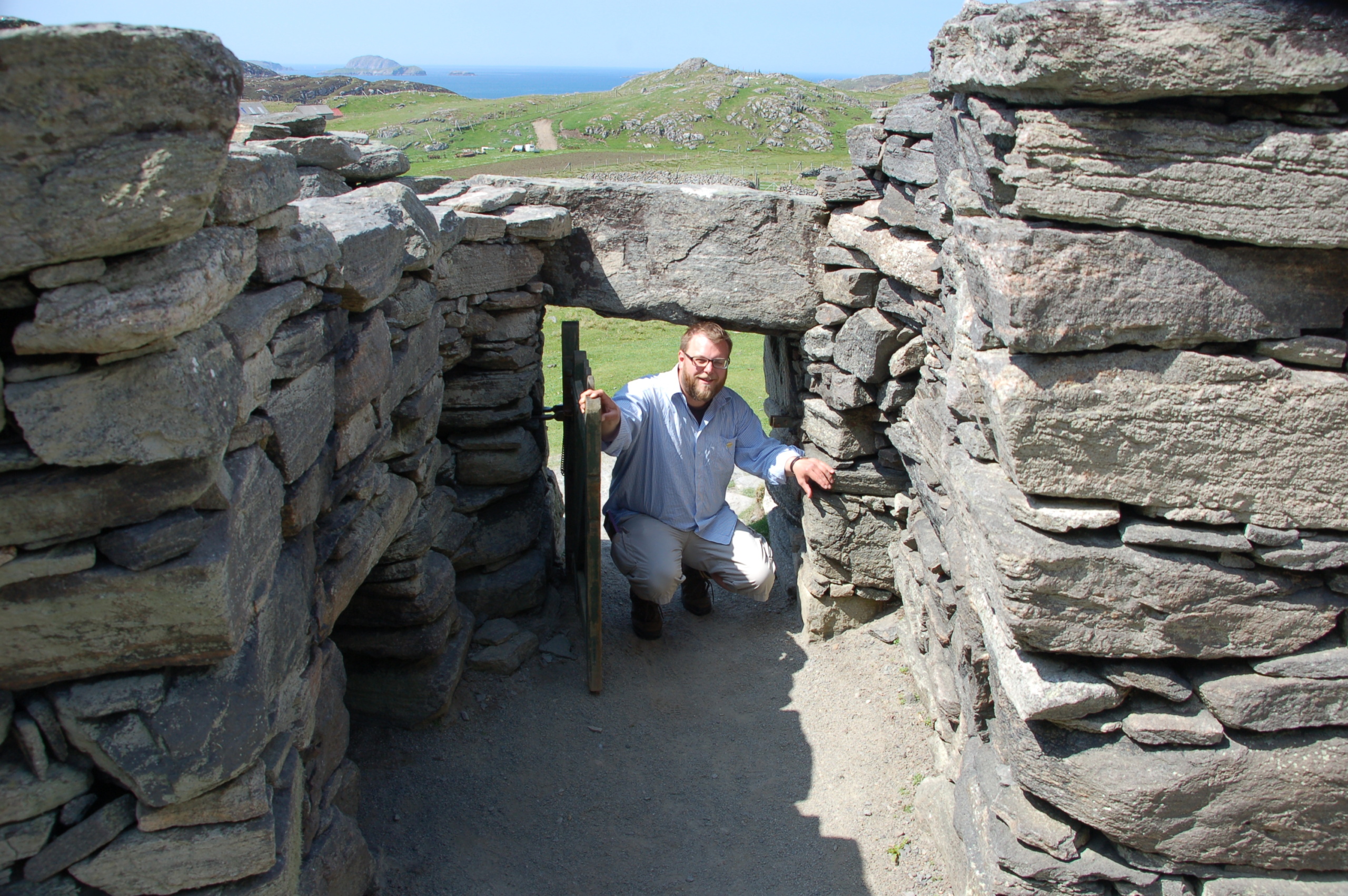
The Callanish Stones have risen in the solitude of this area for nearly five thousand years. Its origin is still debated. It is popularly said that the giants who once inhabited Lewis and Harris refused to convert to Christianity.
Saint Kieran then punished them by freezing them into giant stones. Luckily we escaped again, even though we held our bananas to the stones in a demonstrative manner.
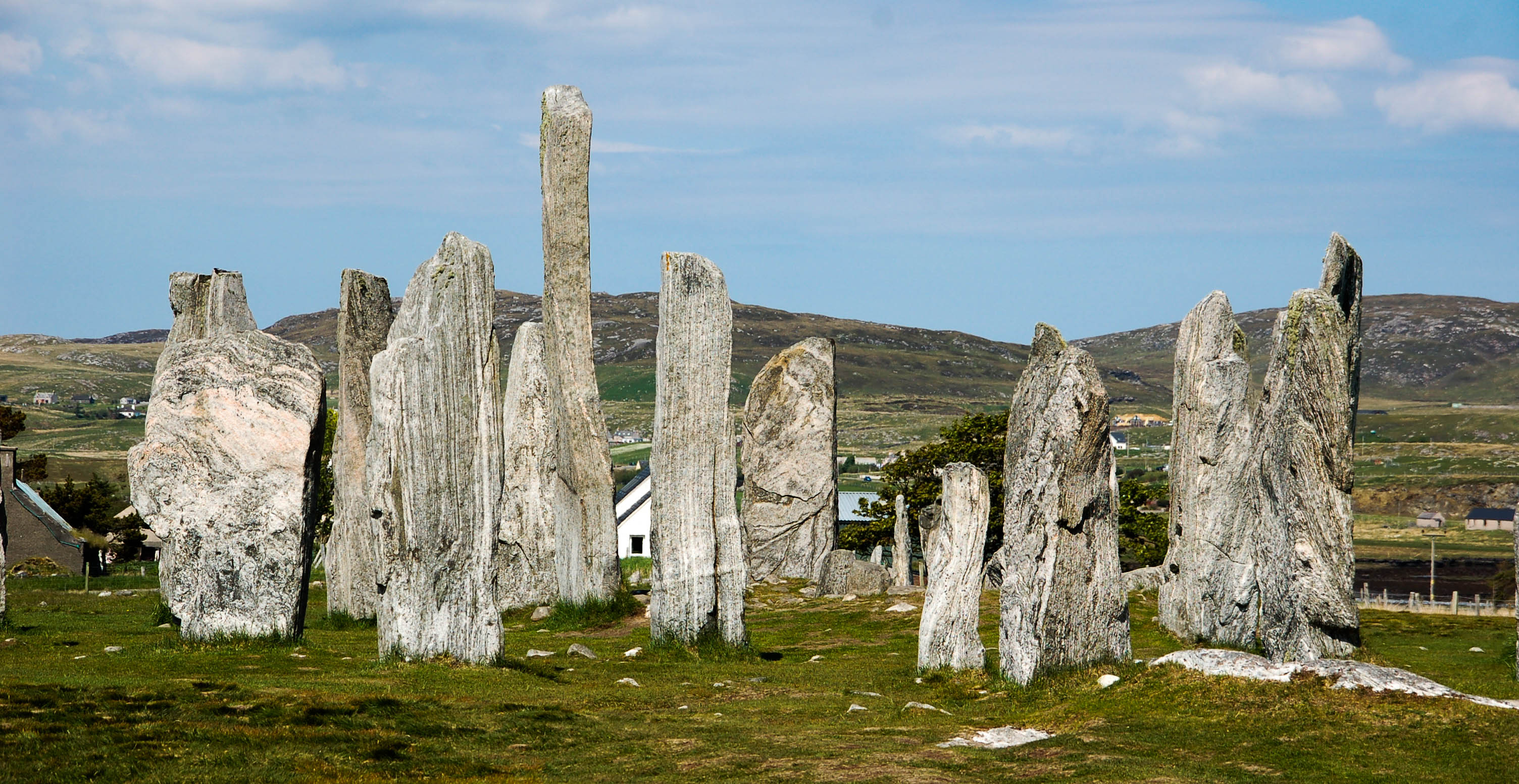
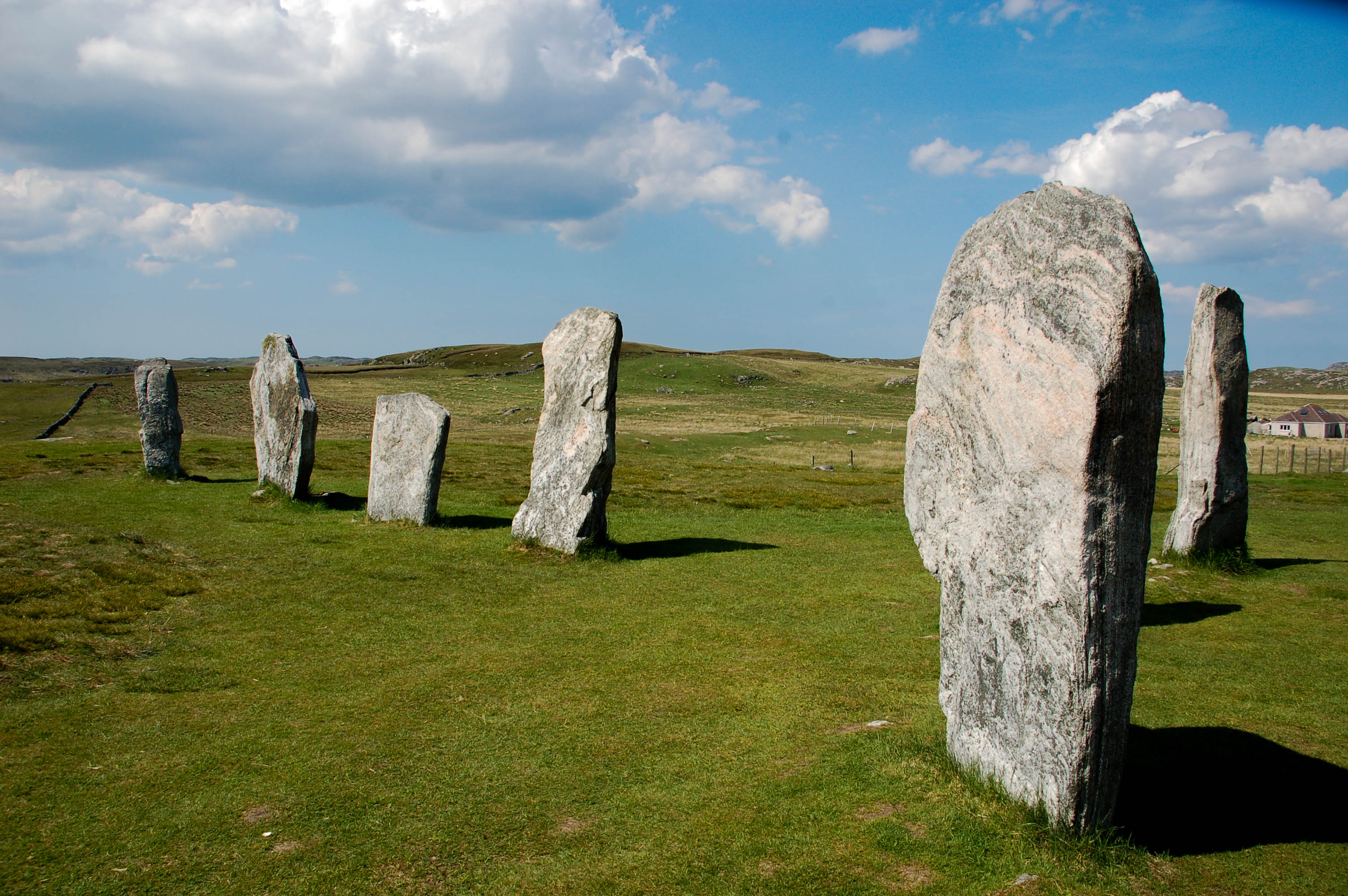
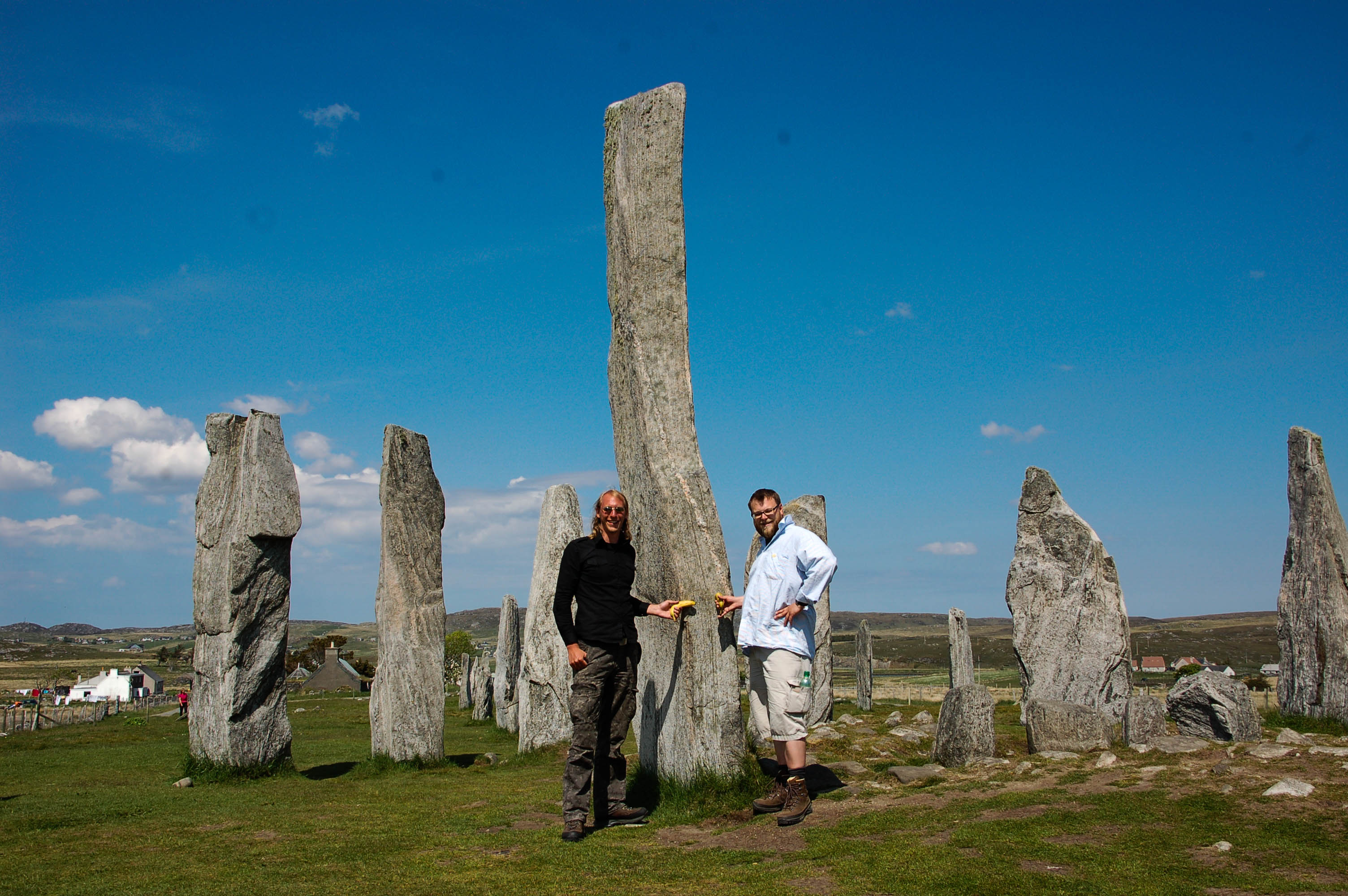
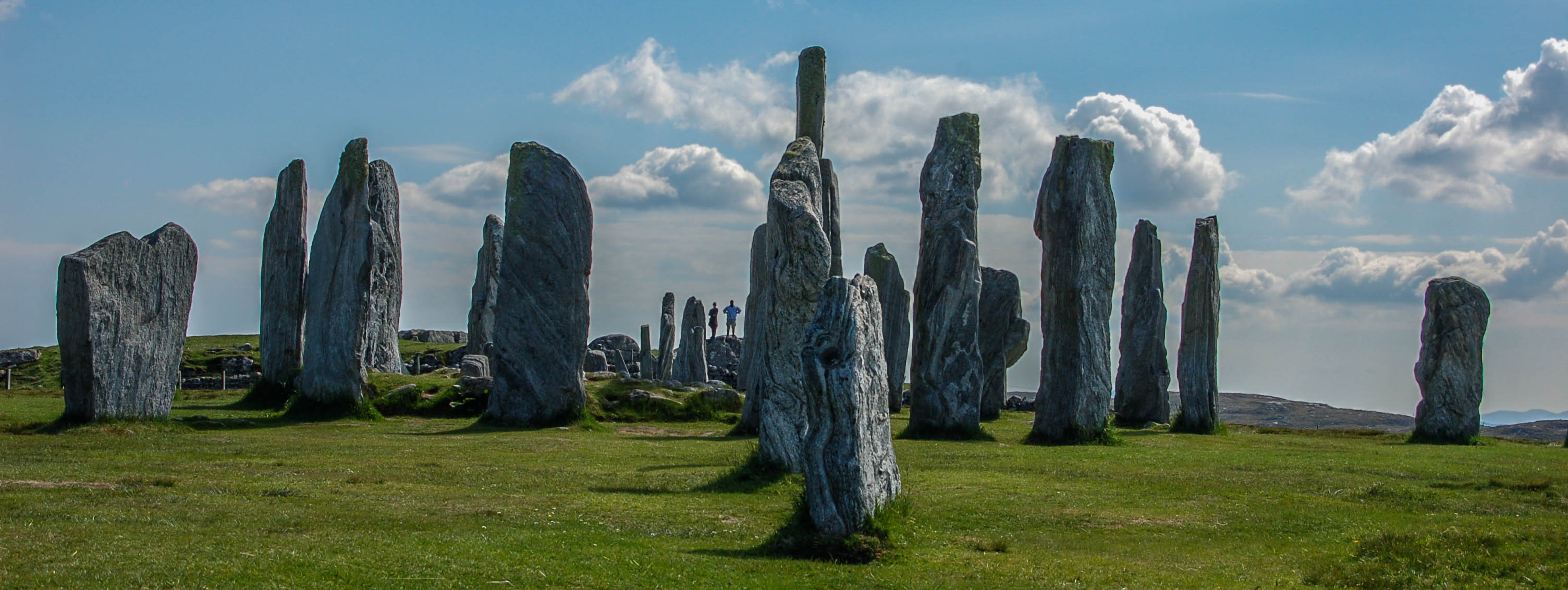
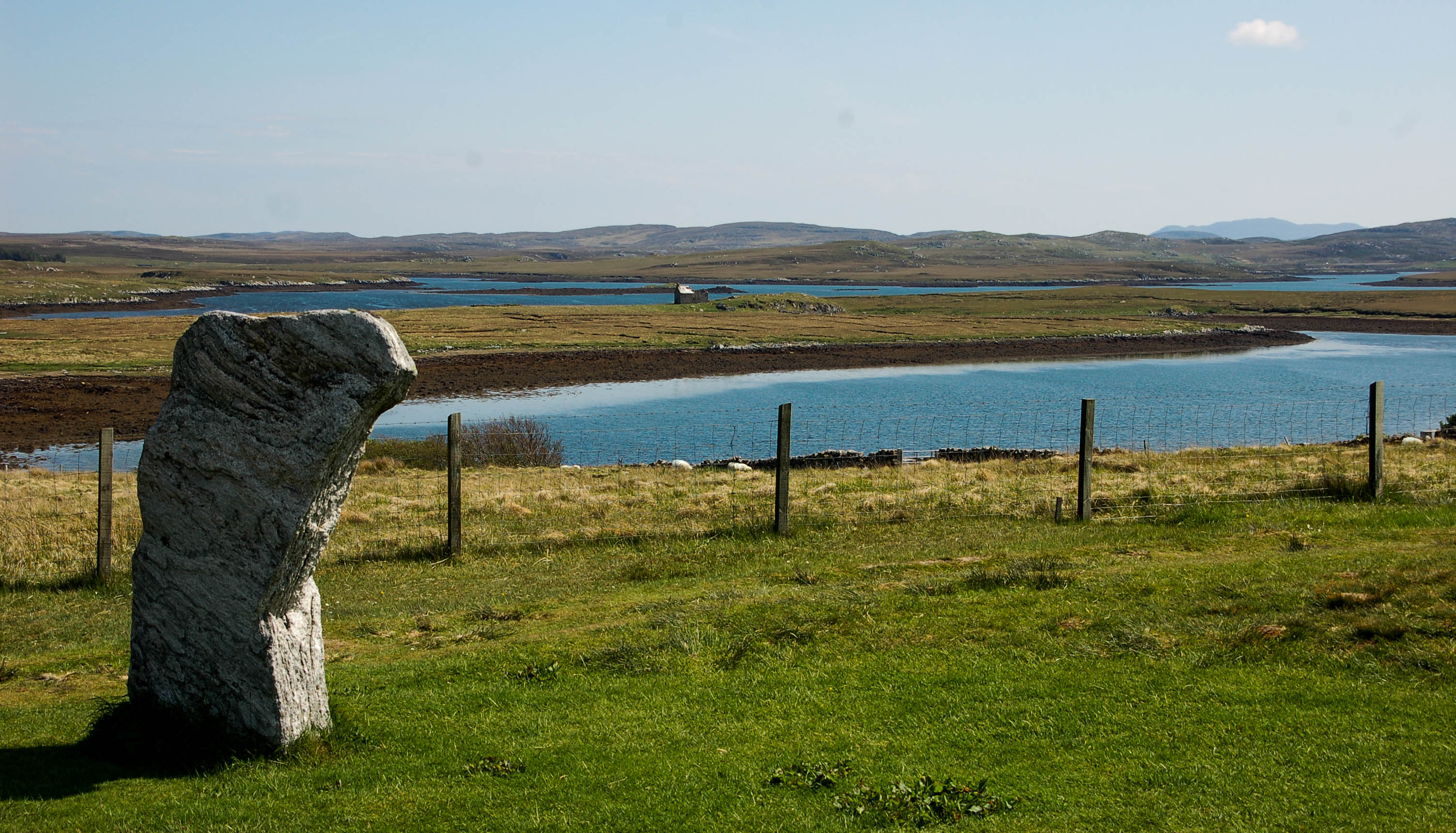
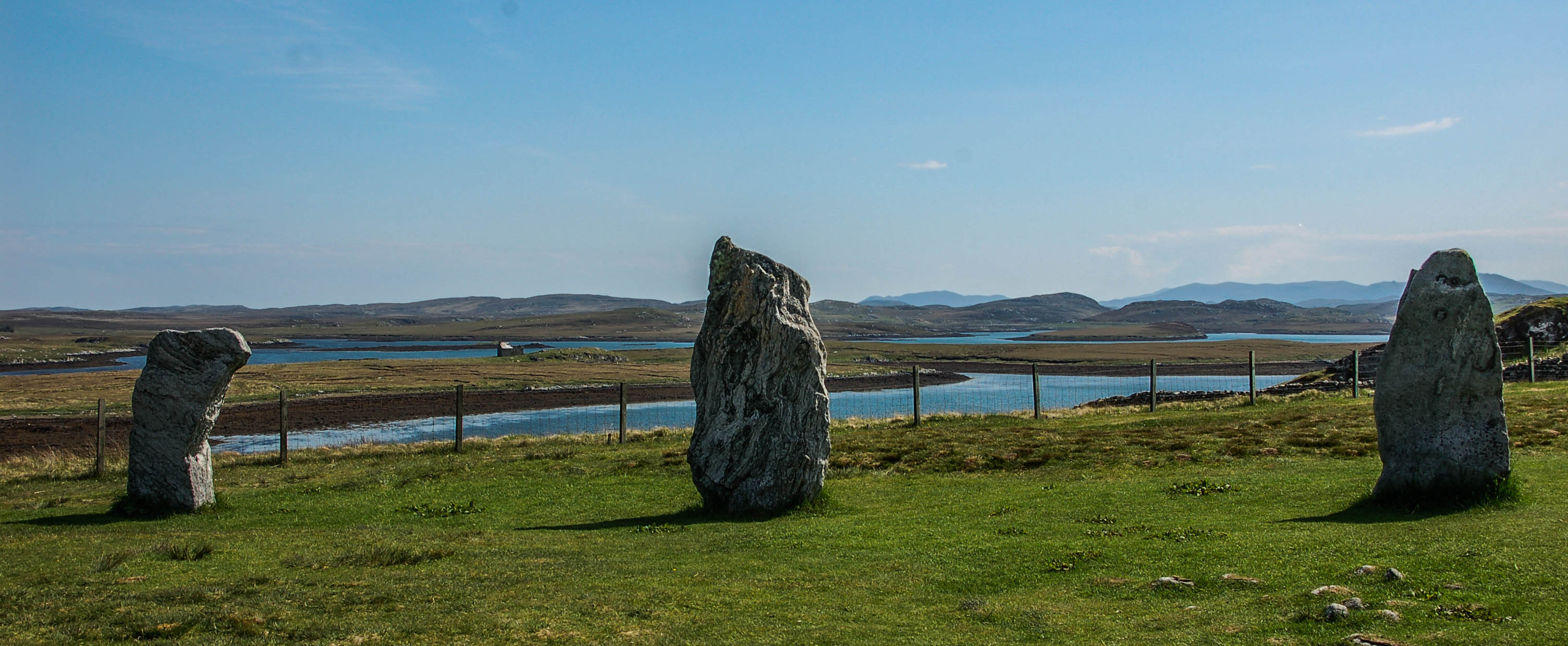

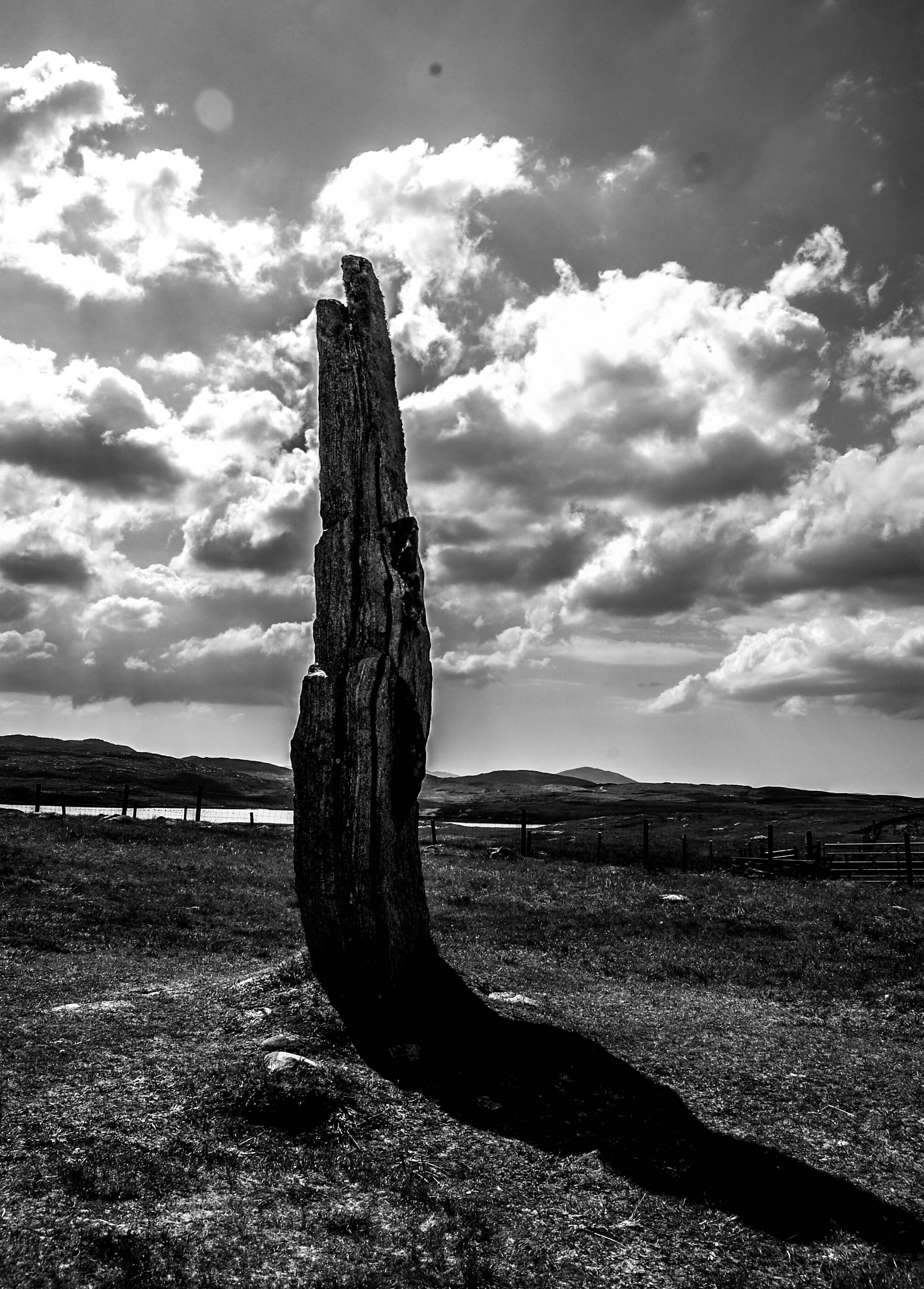
We also use the opportunity for a hike on Lewis and Harris. The Great Bernera Trail is our destination. The path leads through a rugged, treeless coastal landscape – mostly on dirt paths and marked with wooden poles. The route is nice and easy. The path leads steadily along the water.
We are amazed when our smartphones suddenly beep in the middle of the way. In the middle of nowhere there is a WIFI hotspot that our devices dial into directly and receive countless news.
The days in the Outer Hebrides come to an end and we take another ferry to get back to the British Isles. Now it’s as far north as you can go by car. – Chris & Alex
